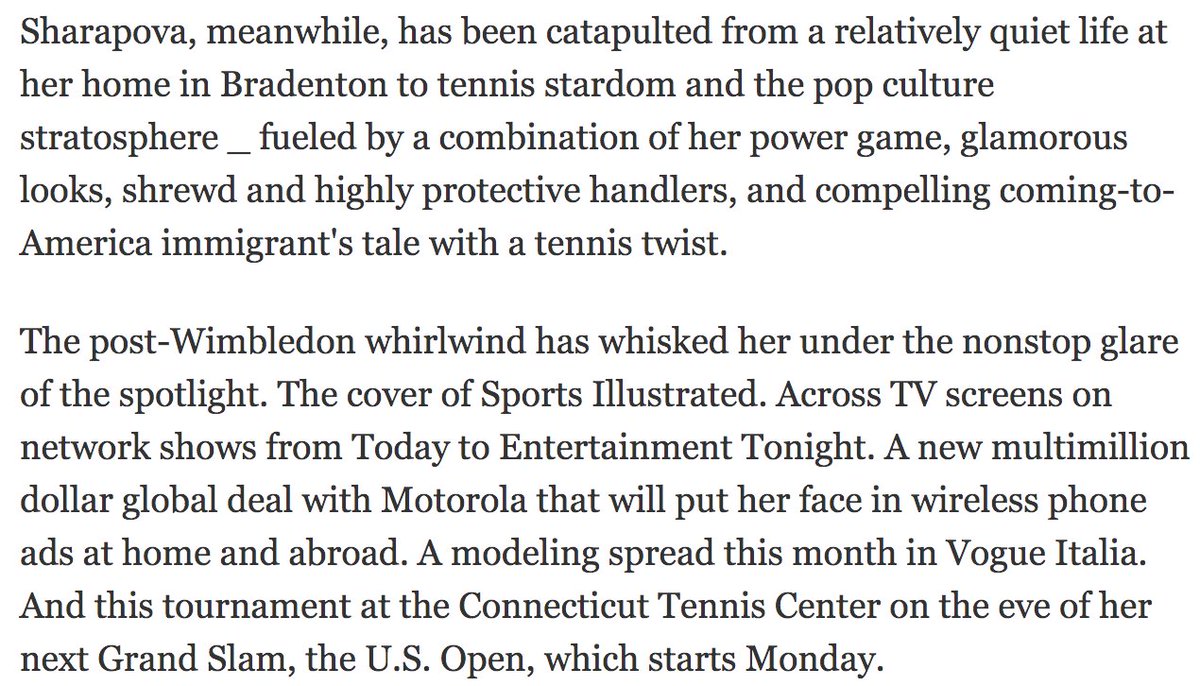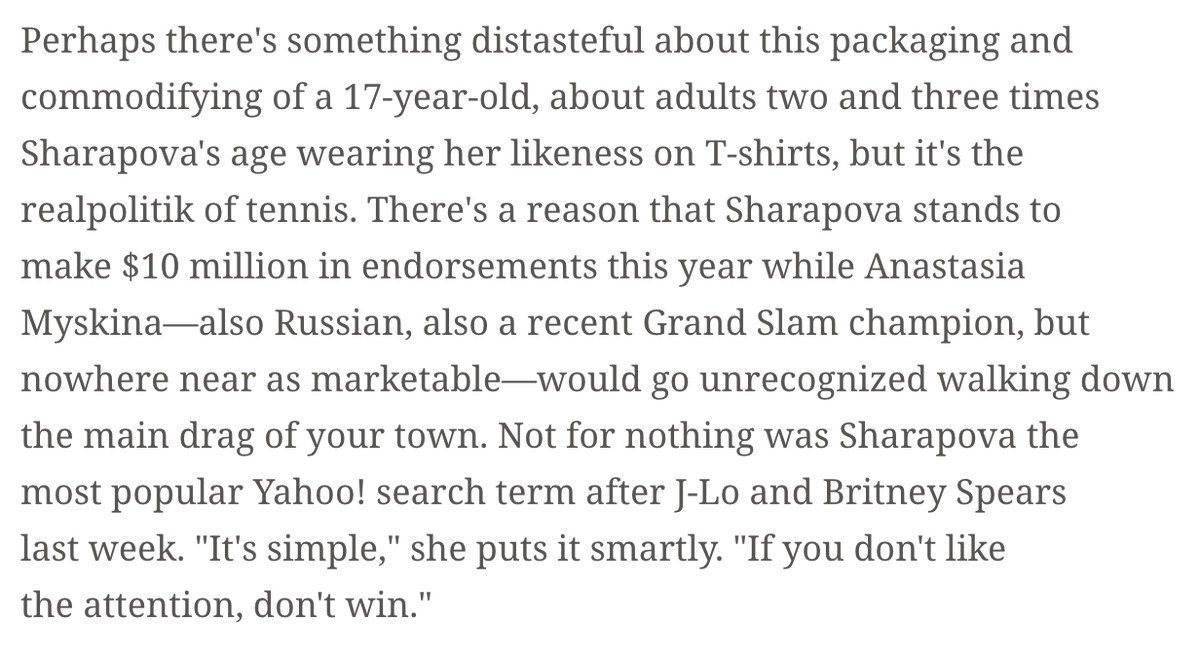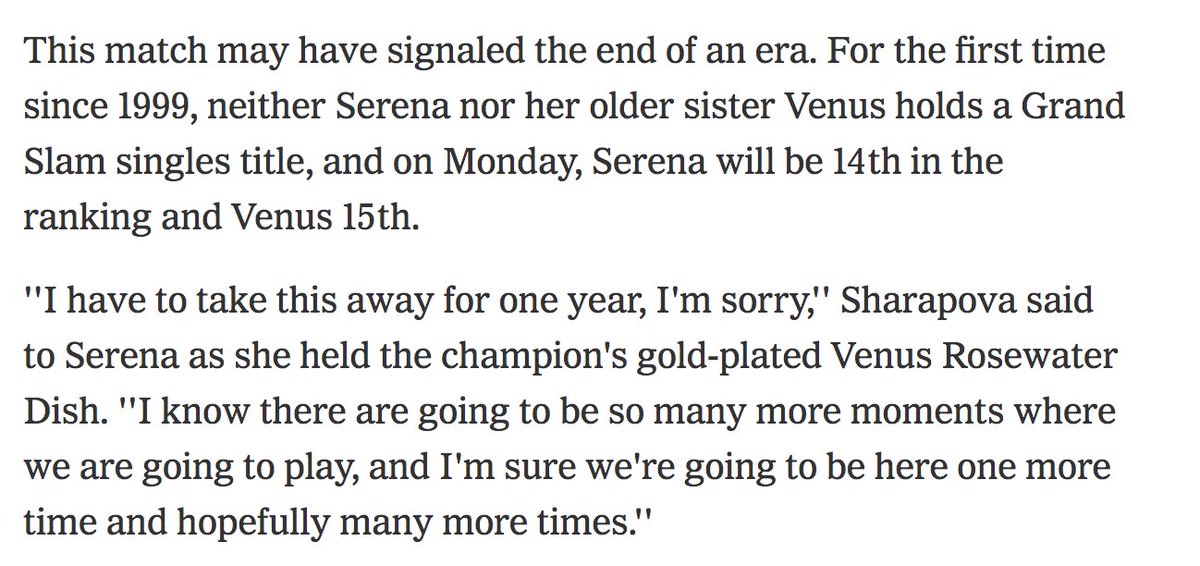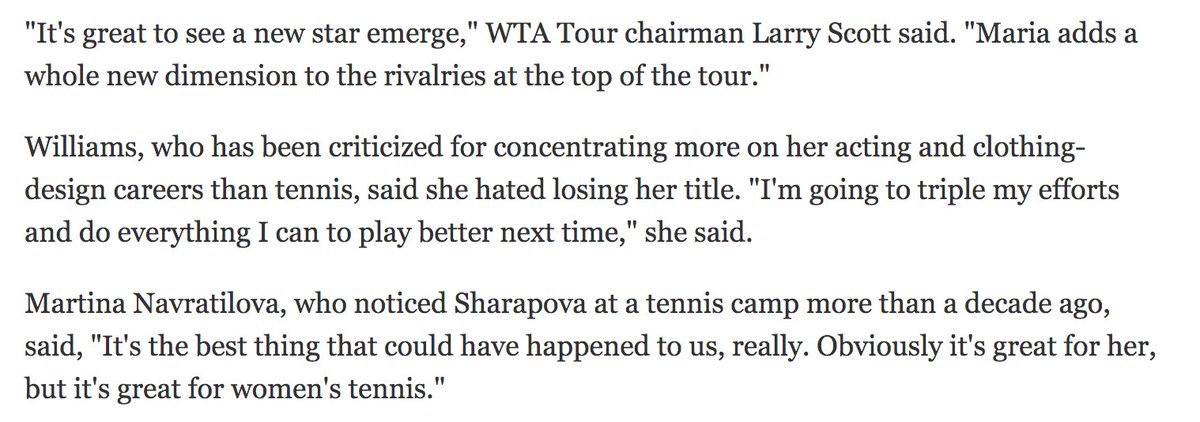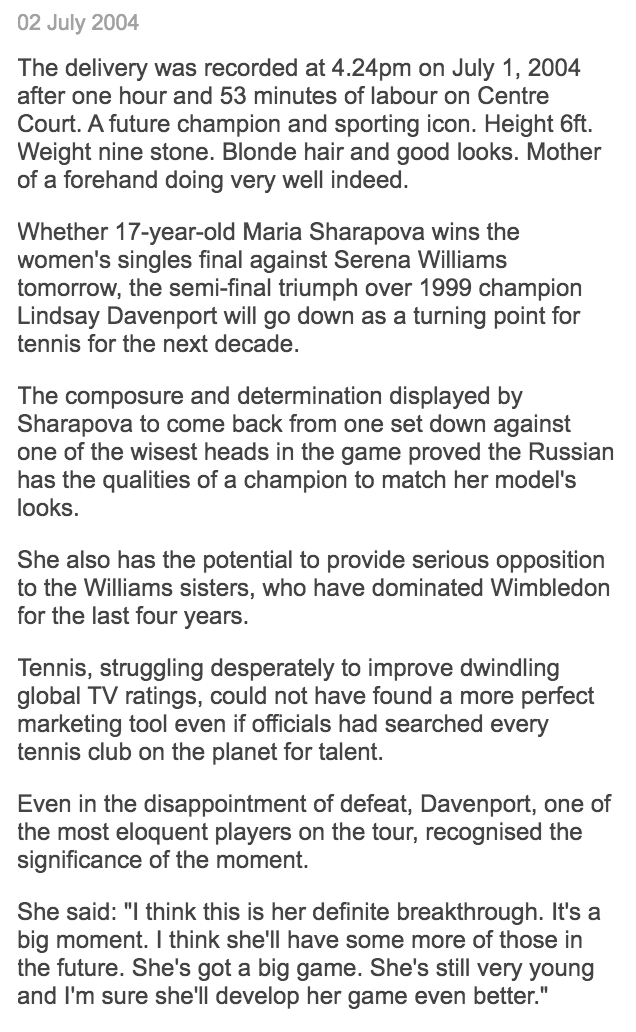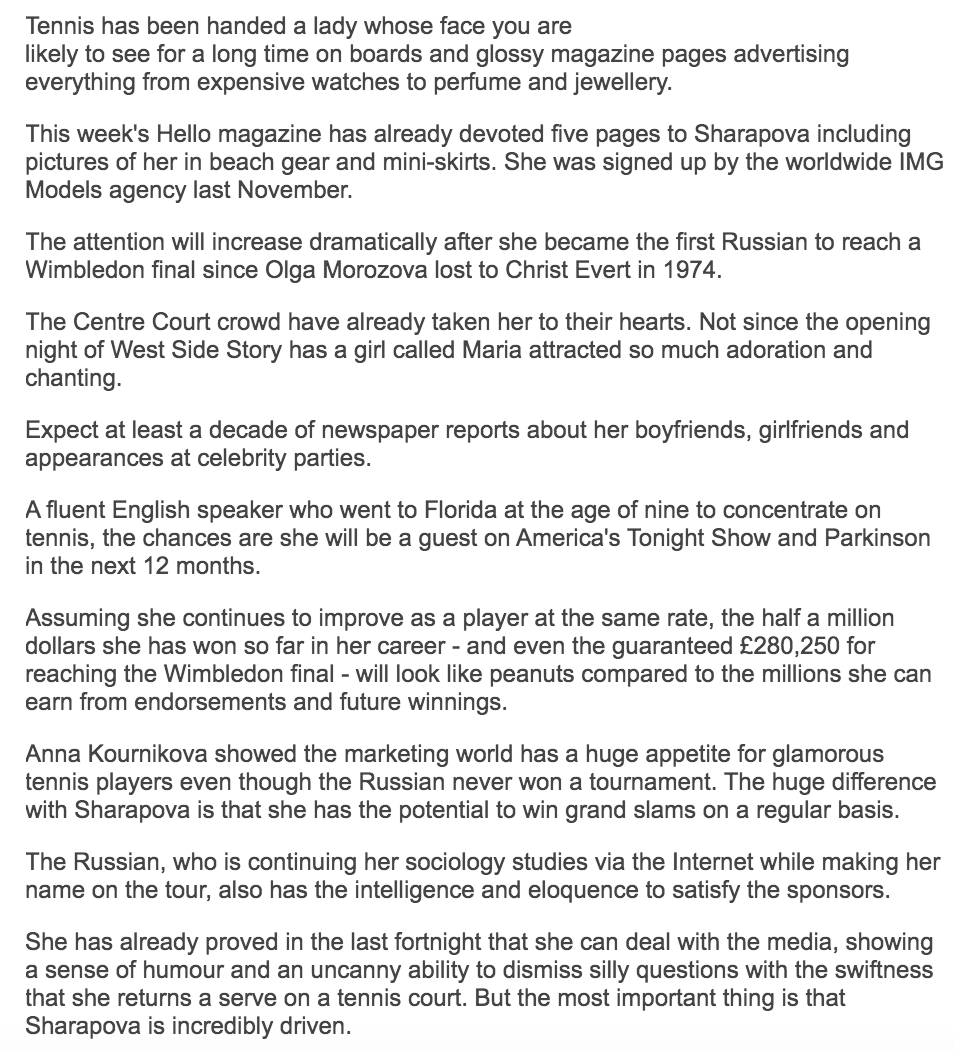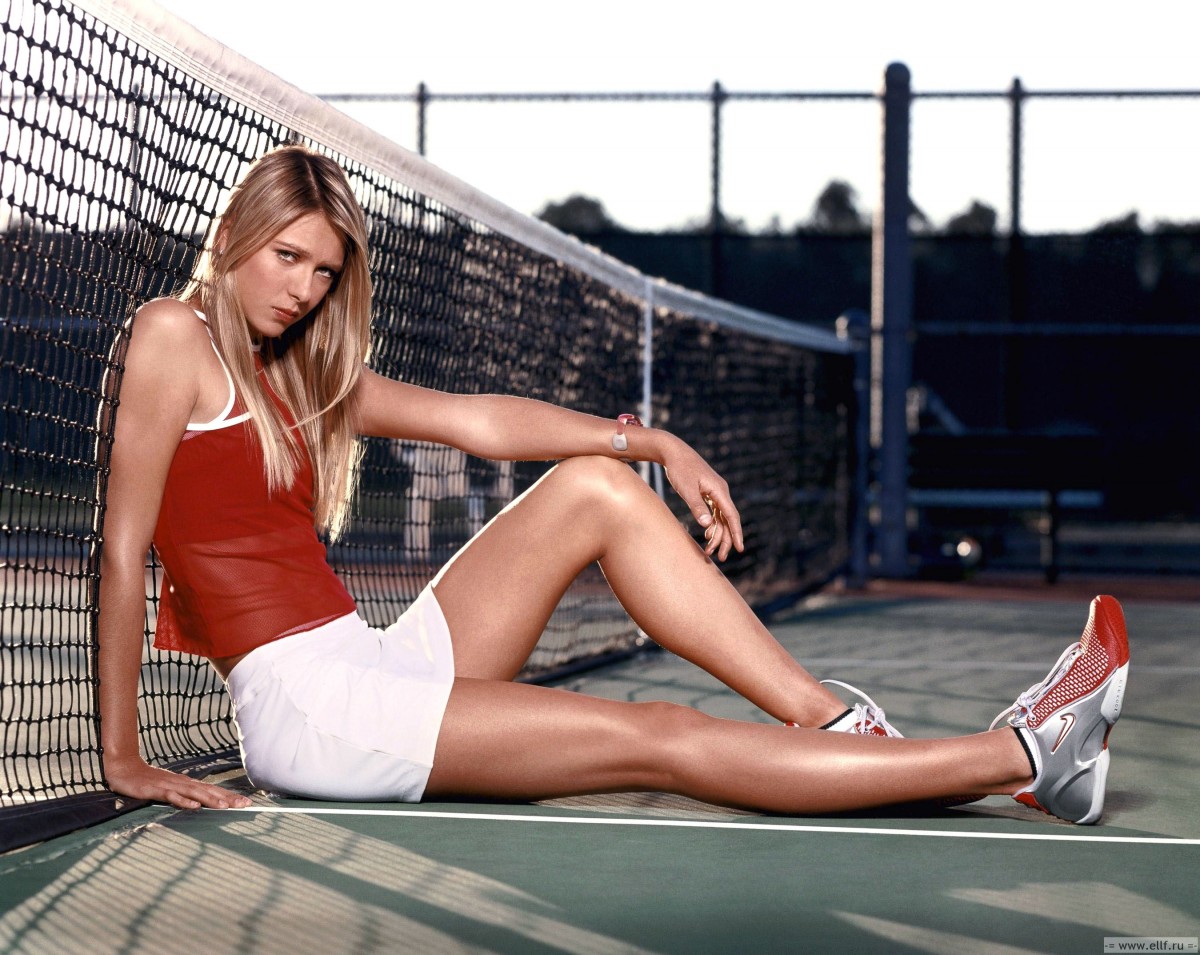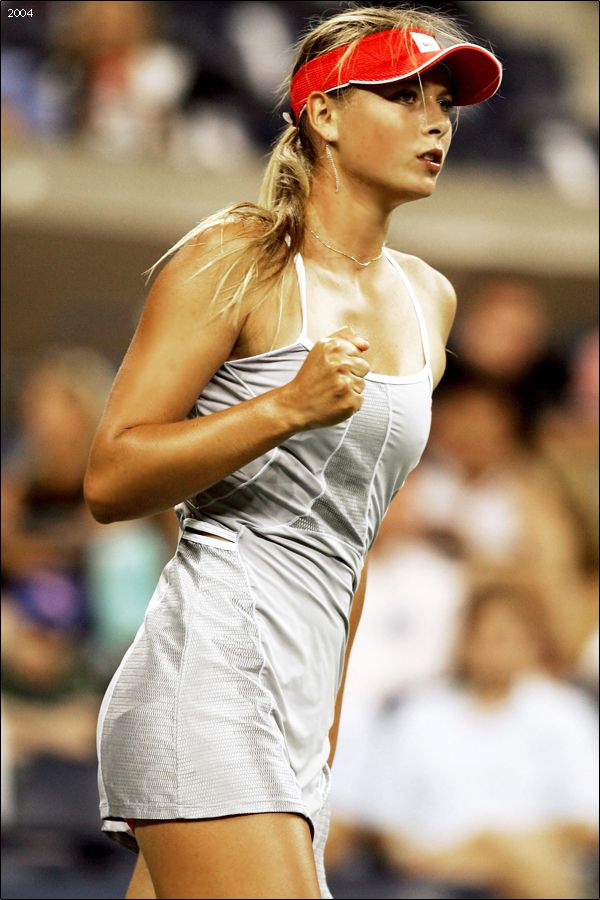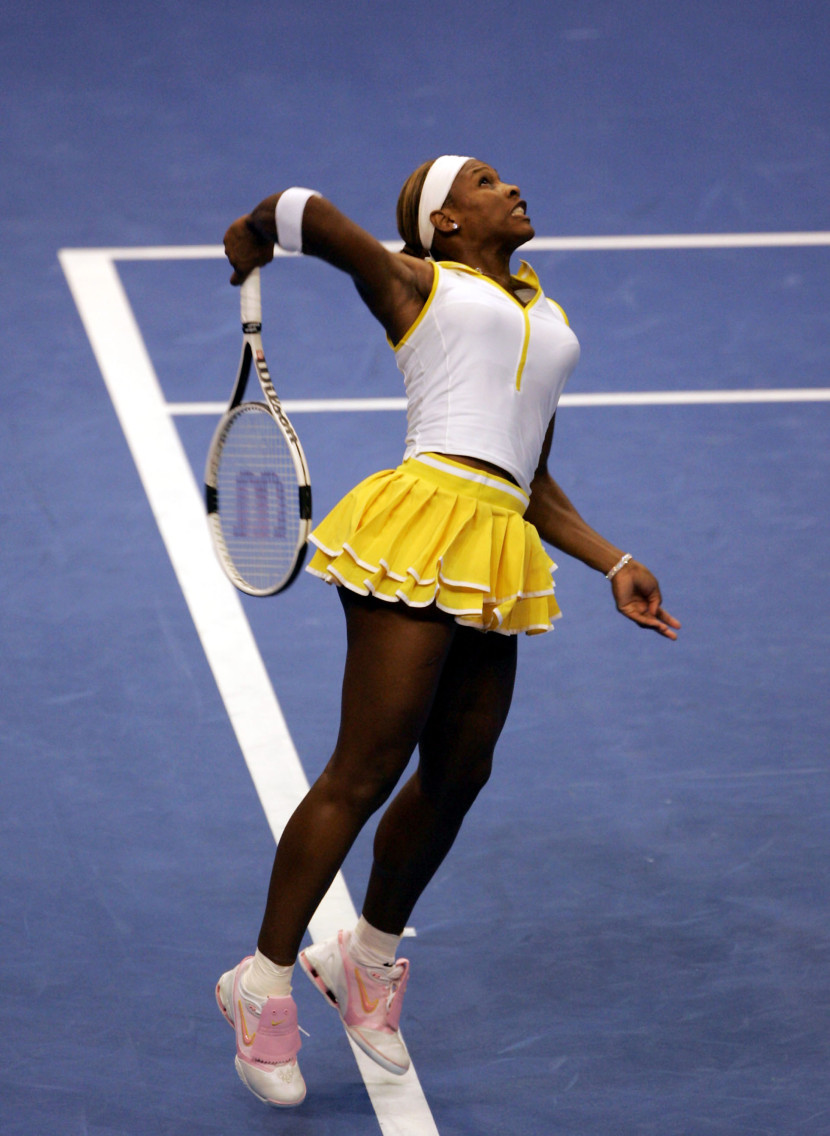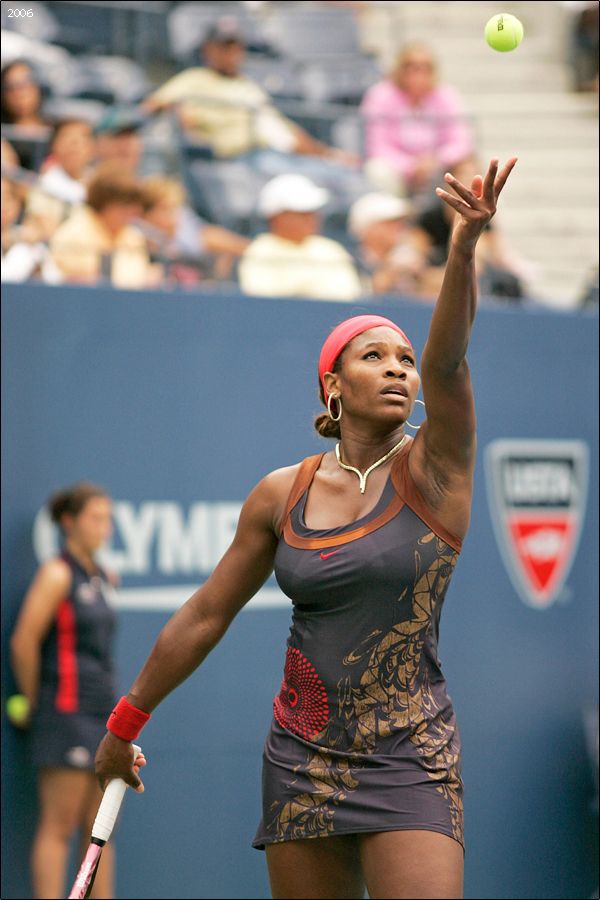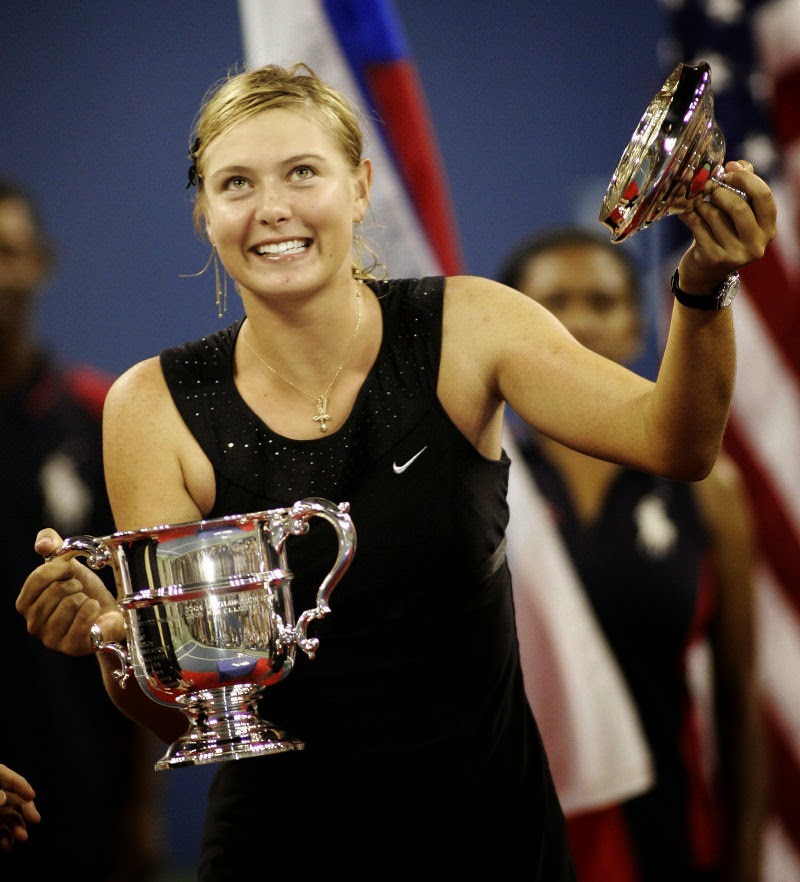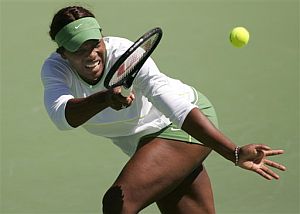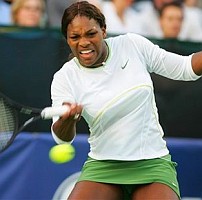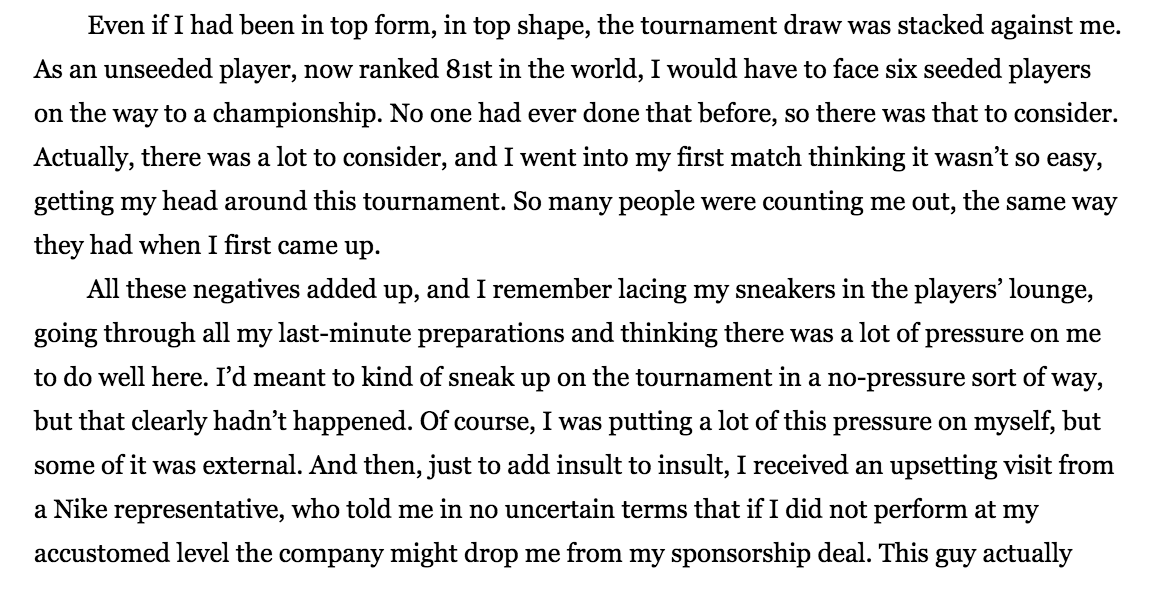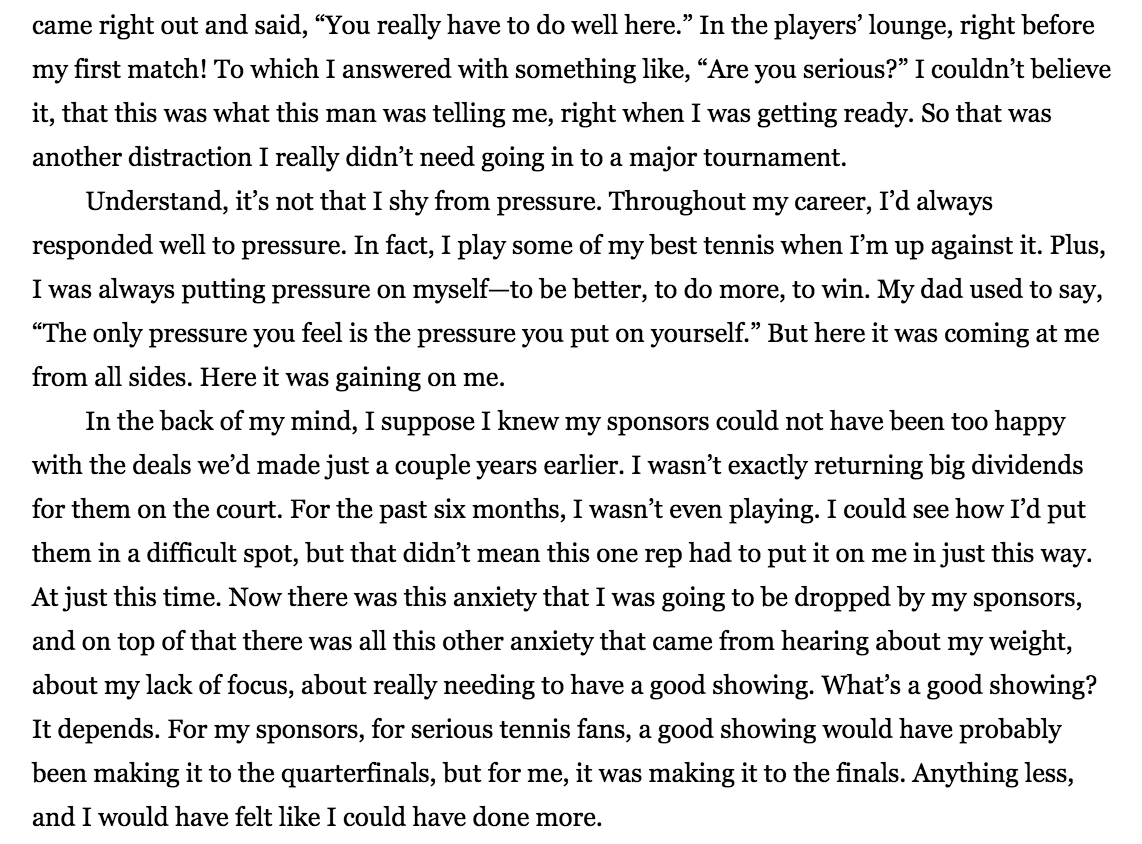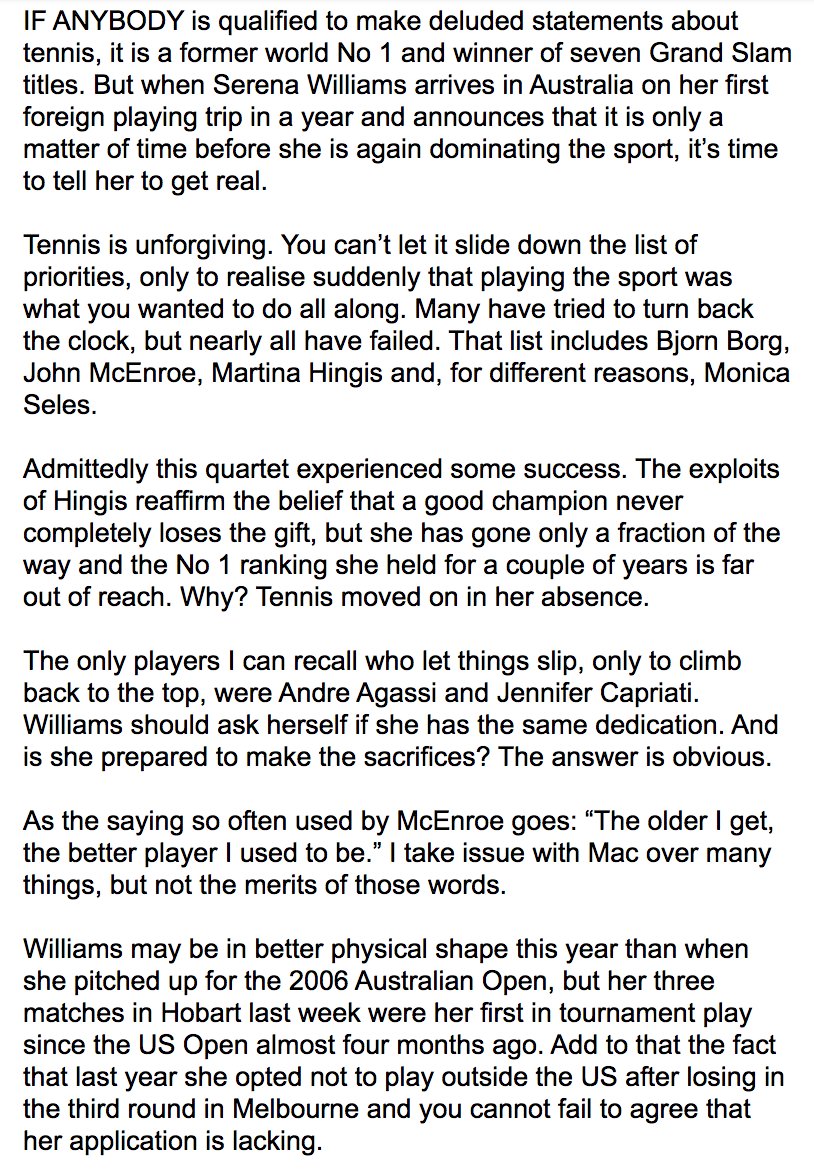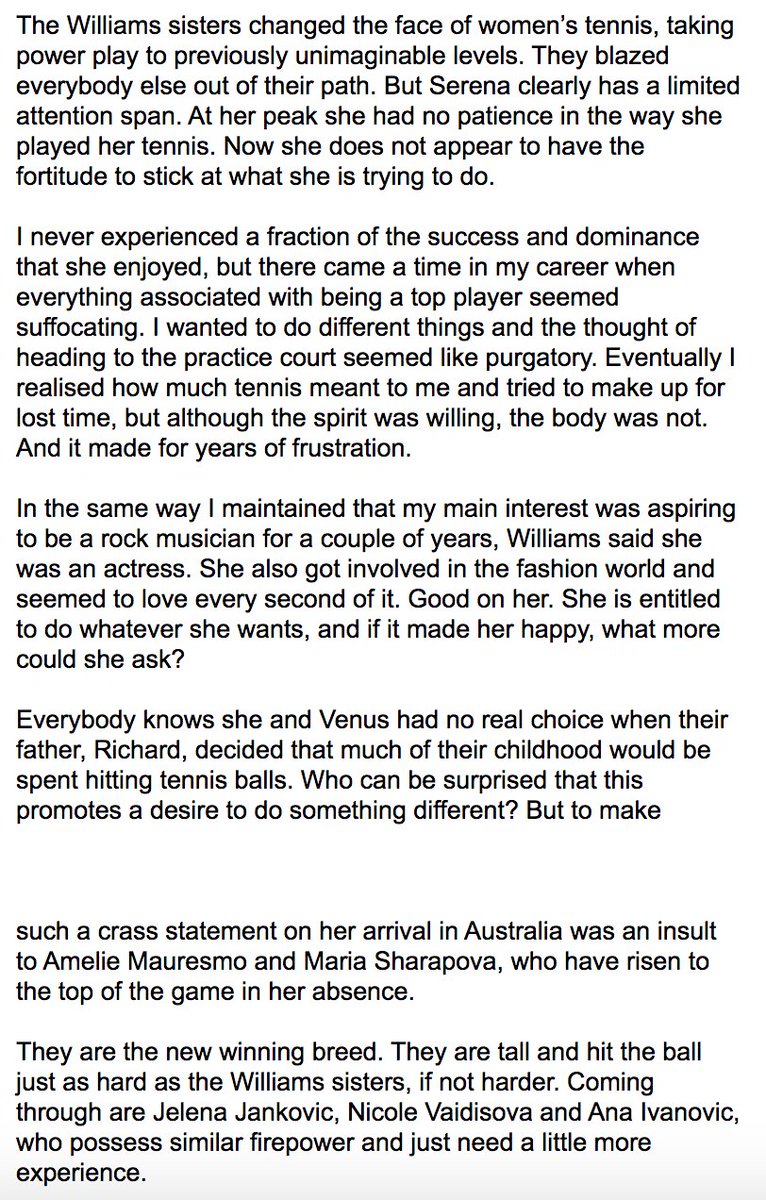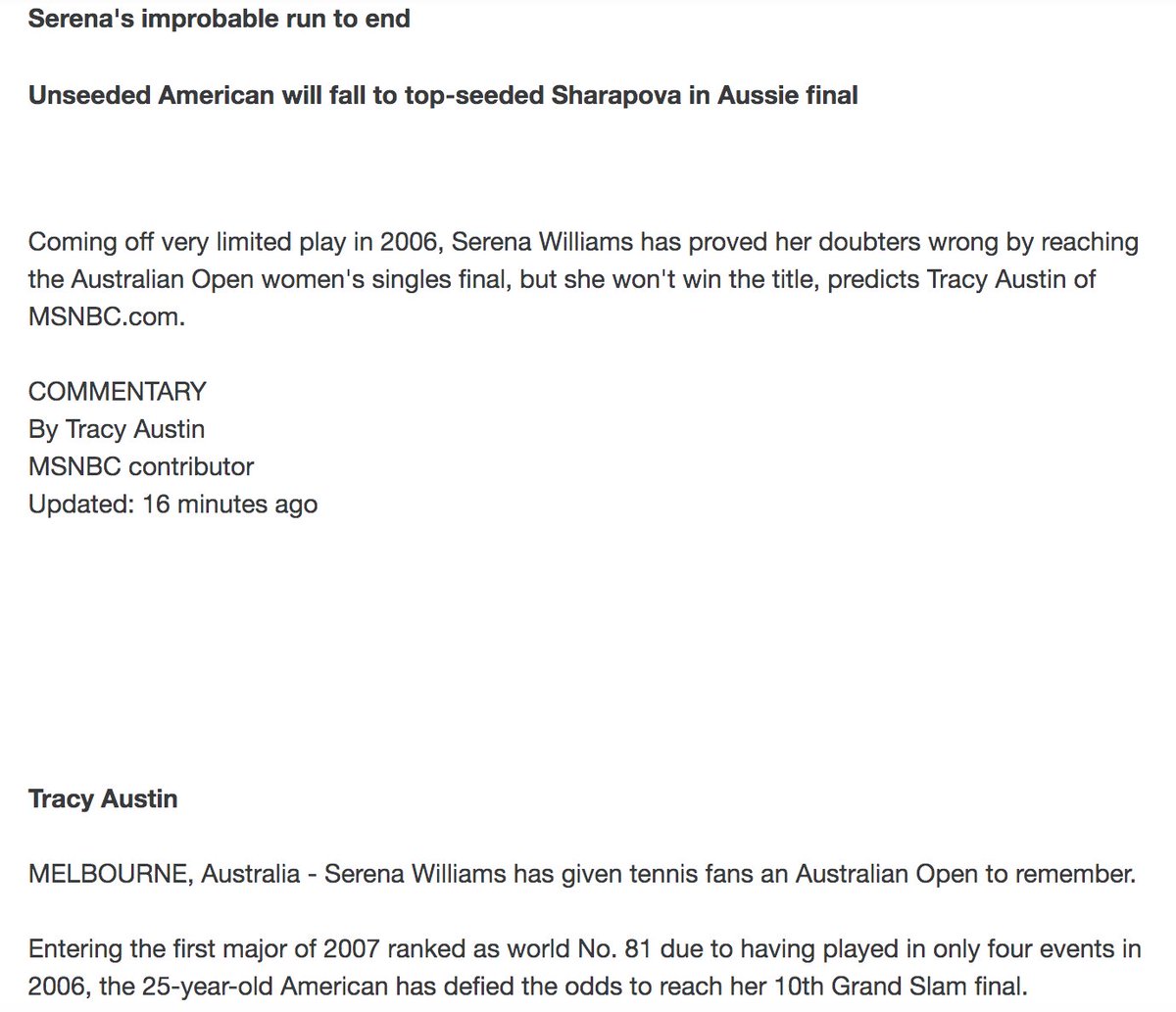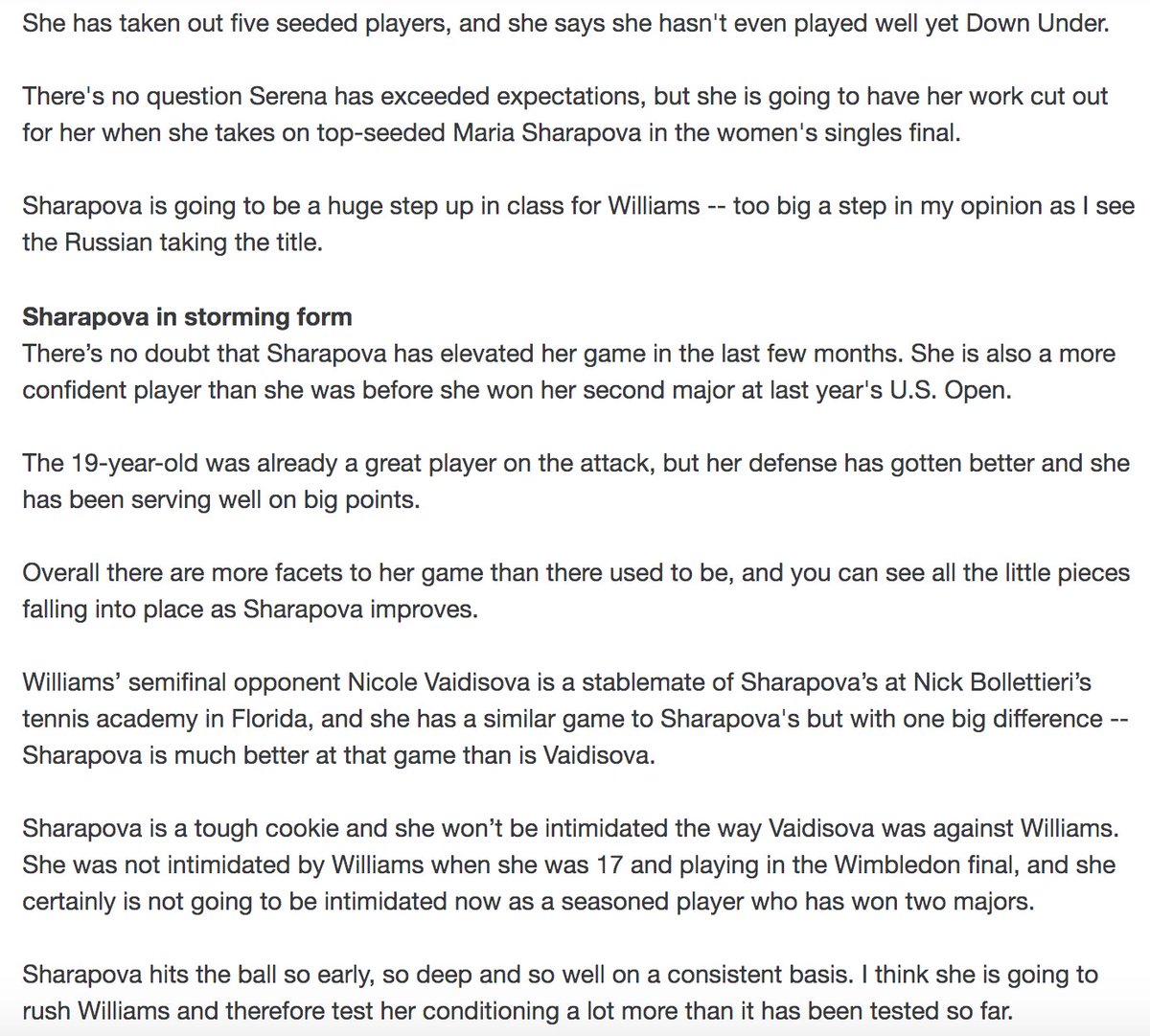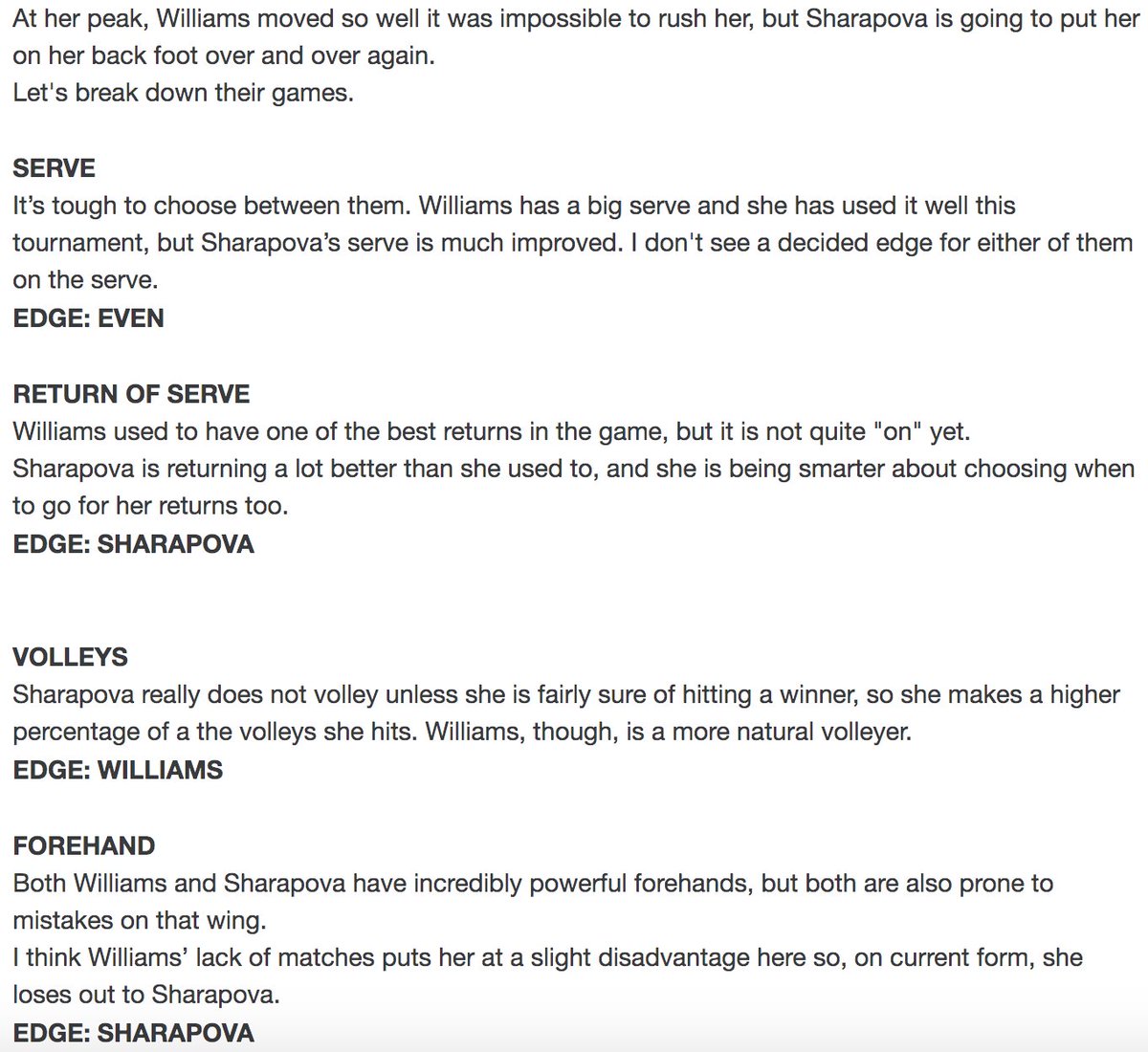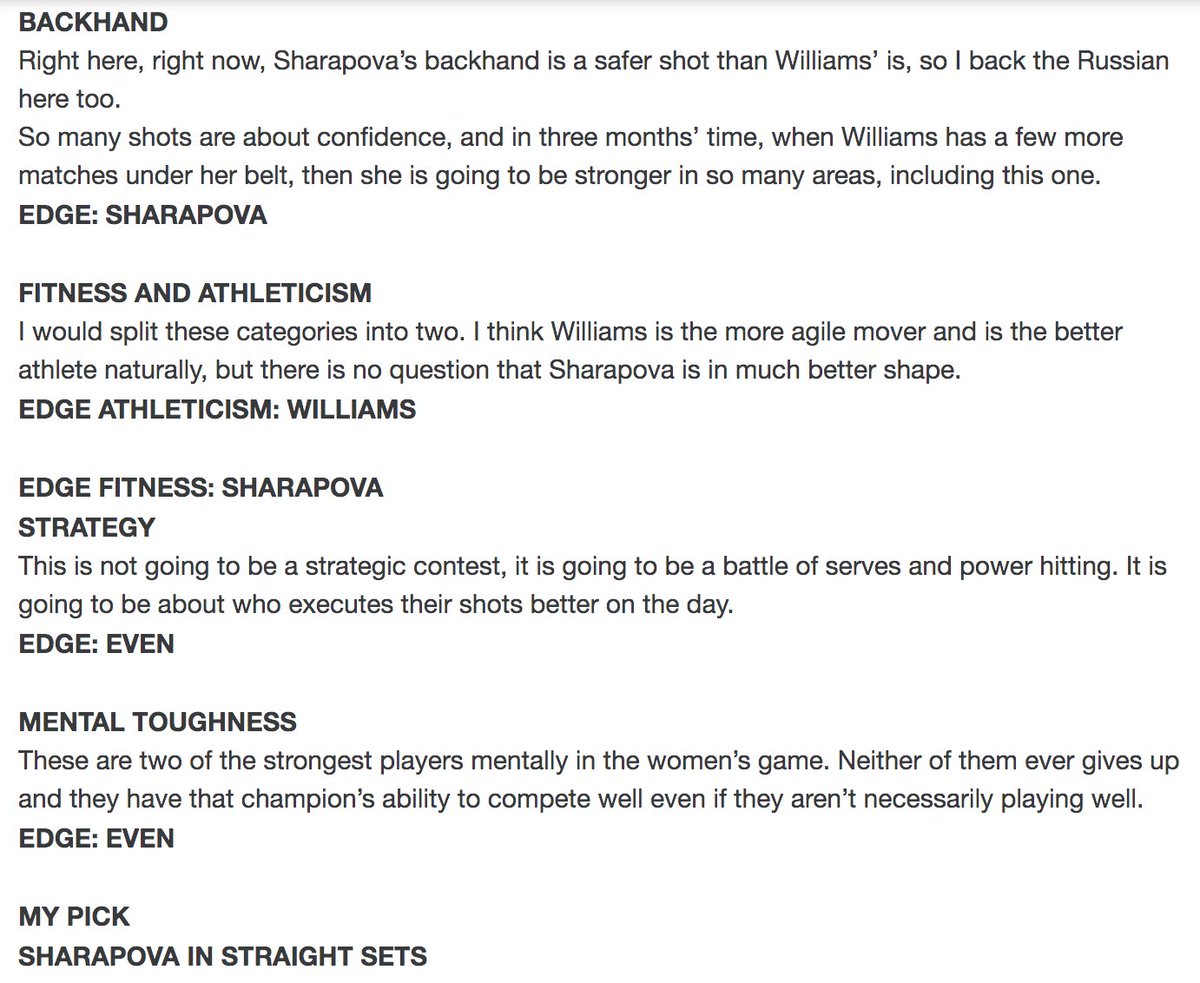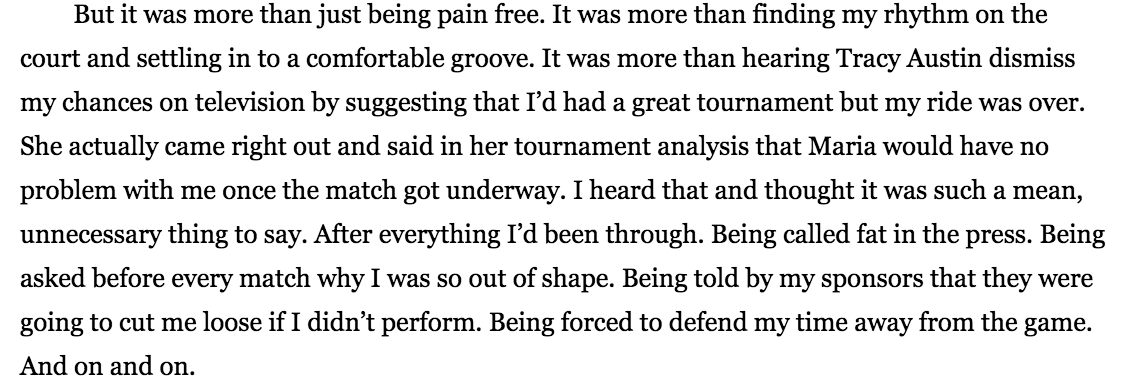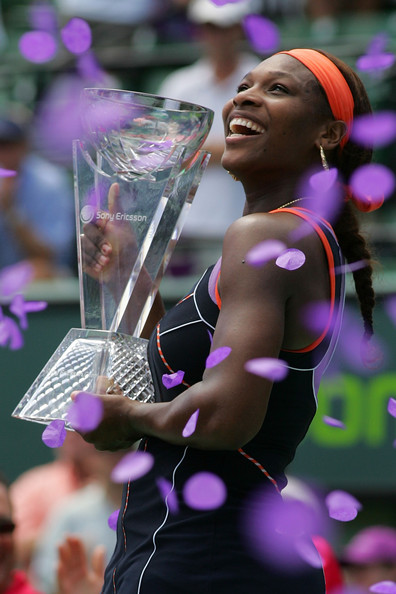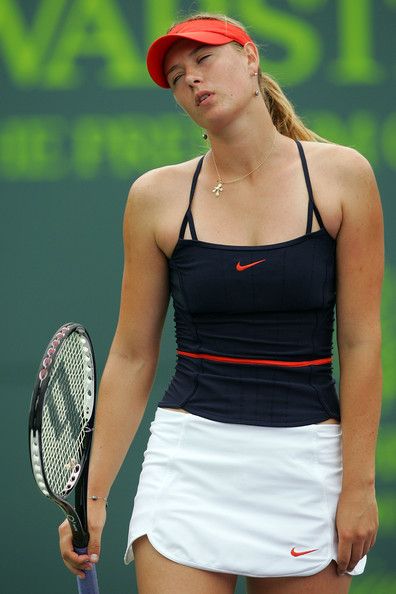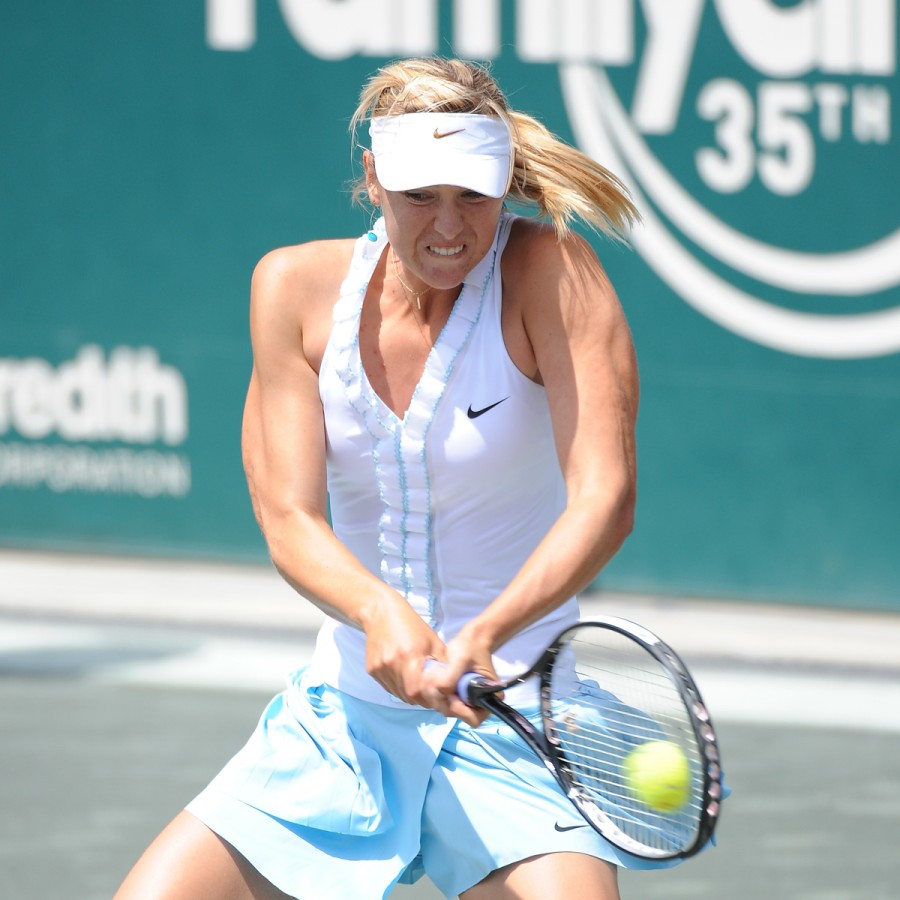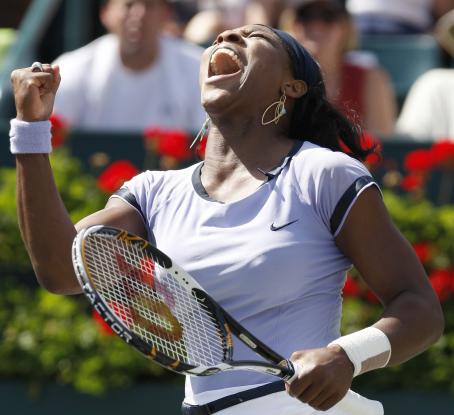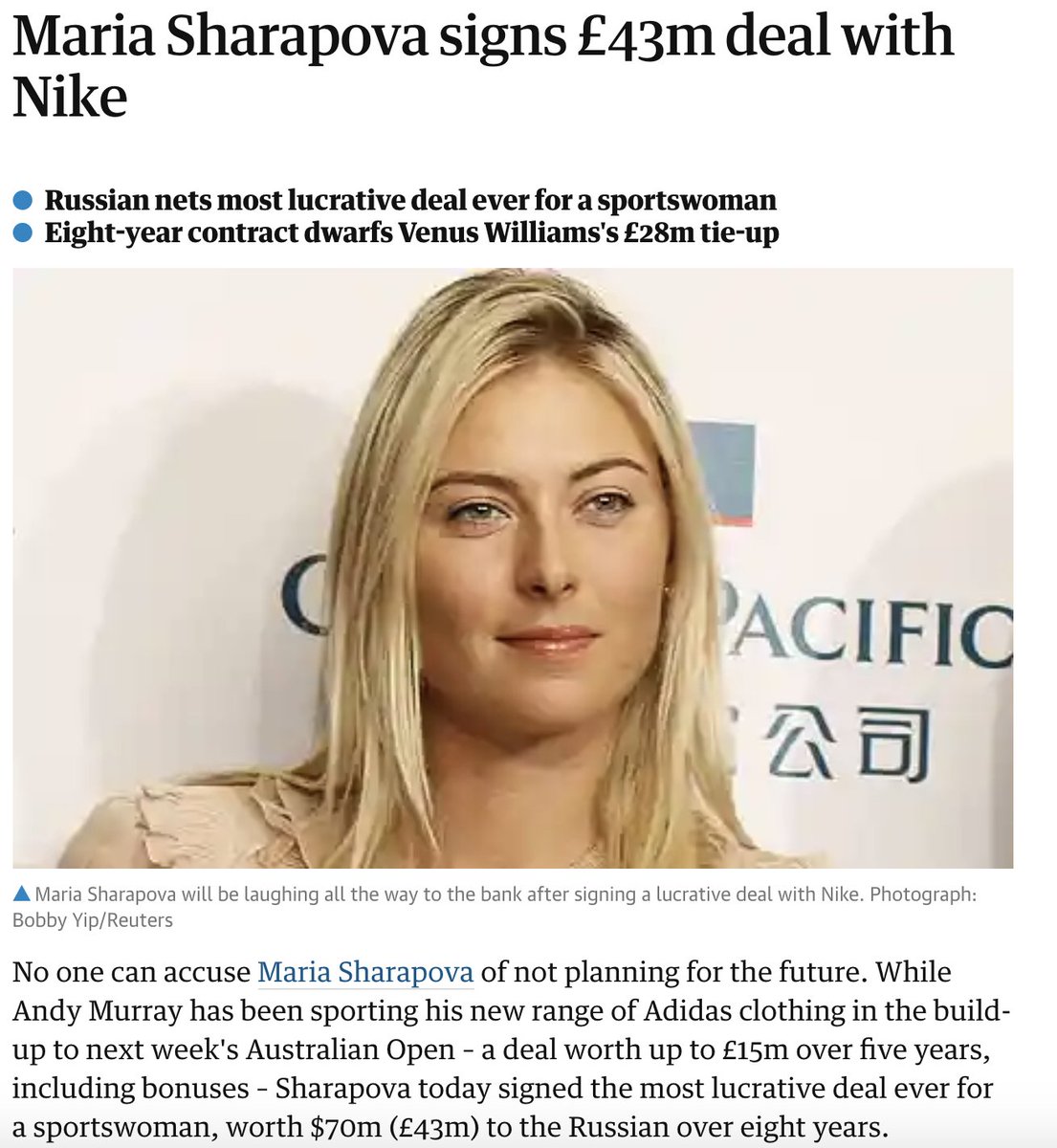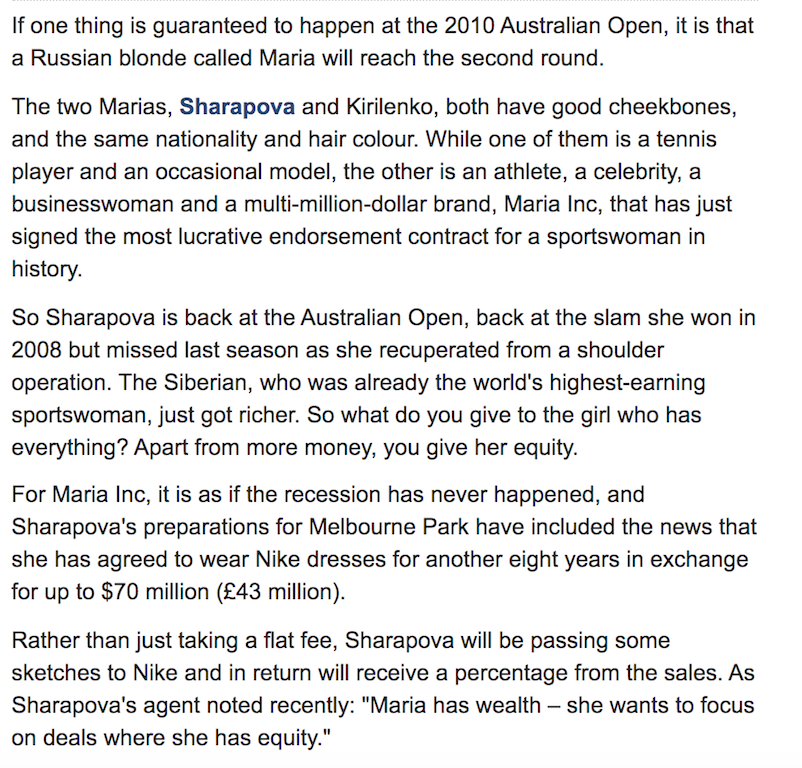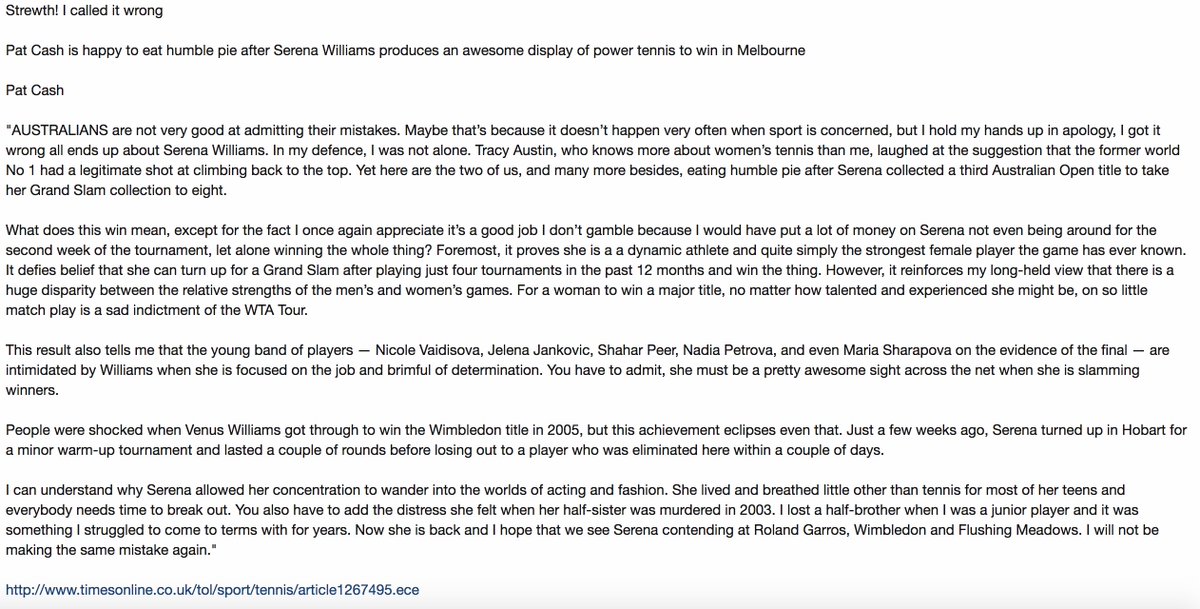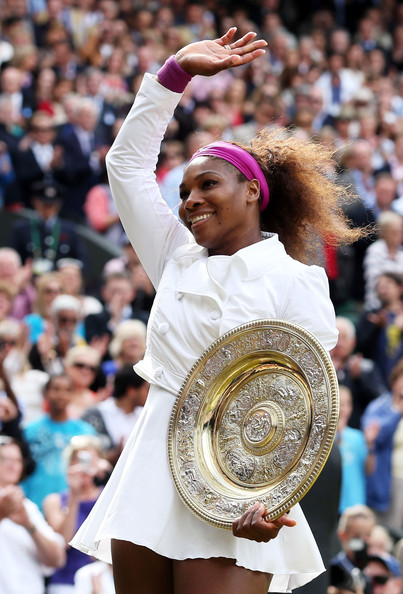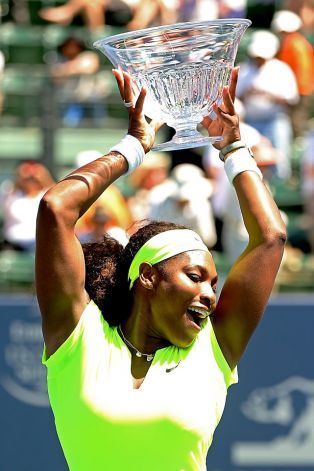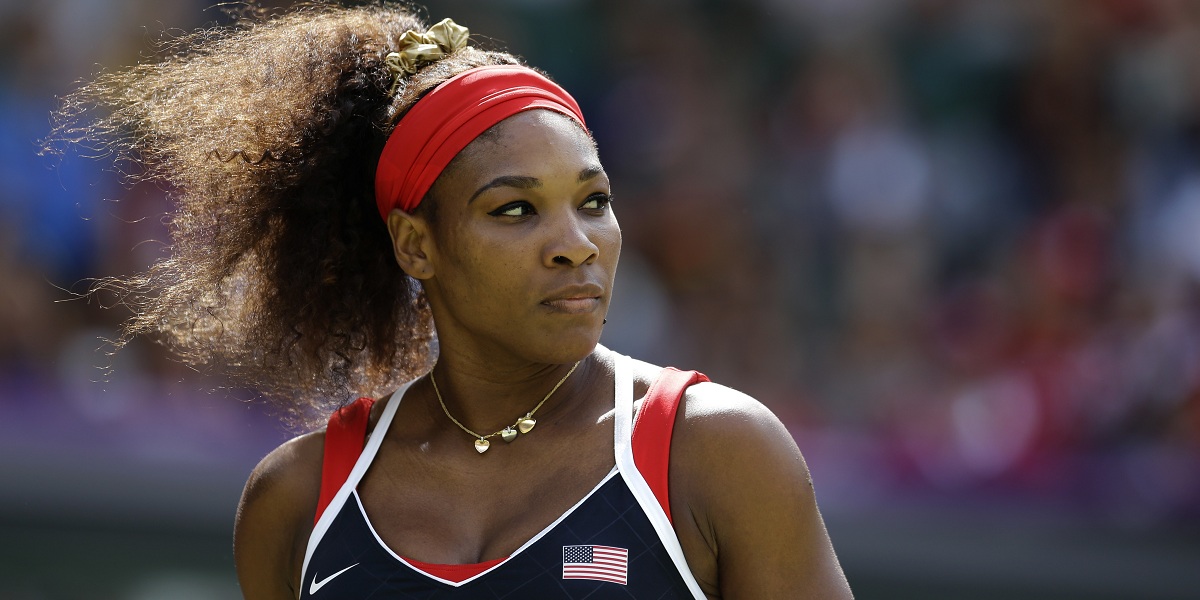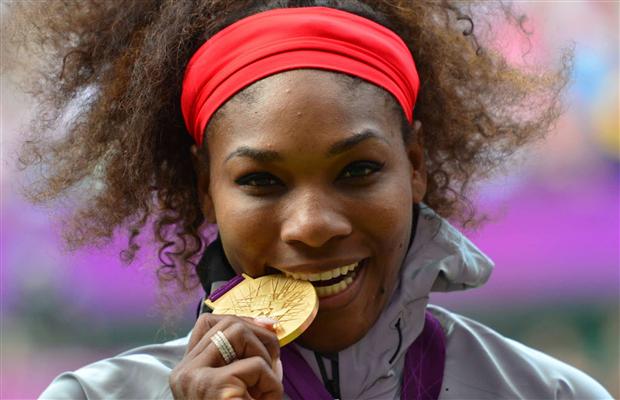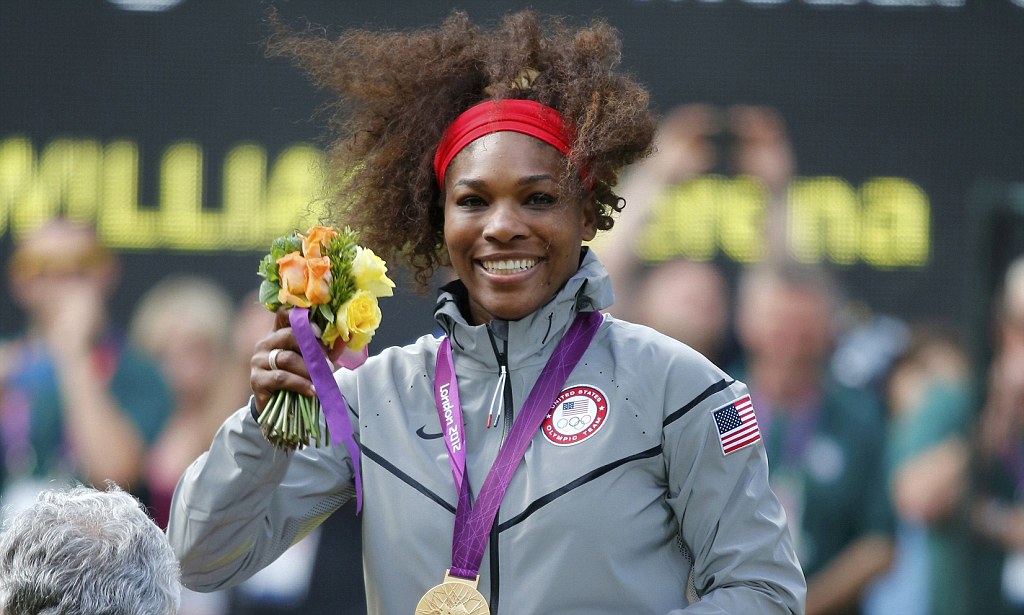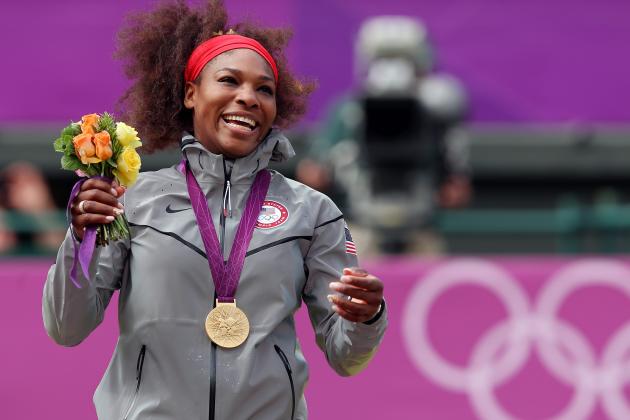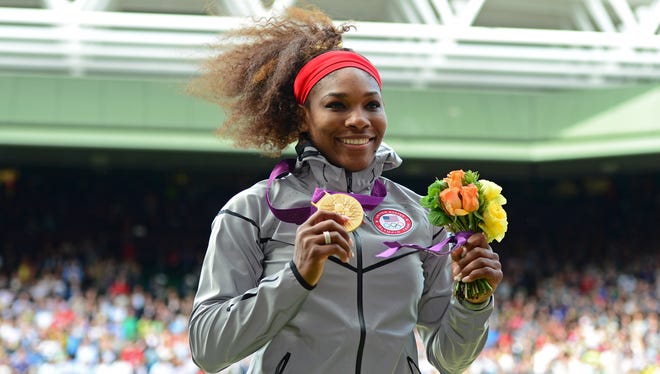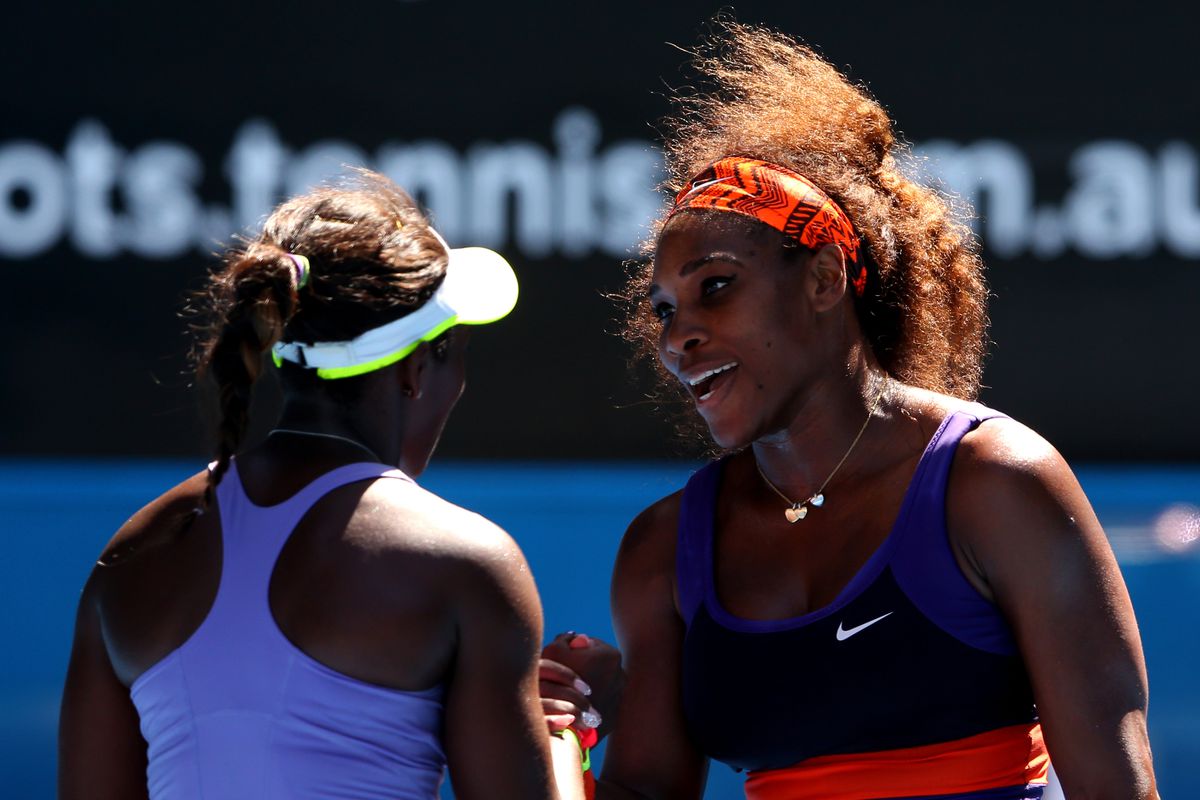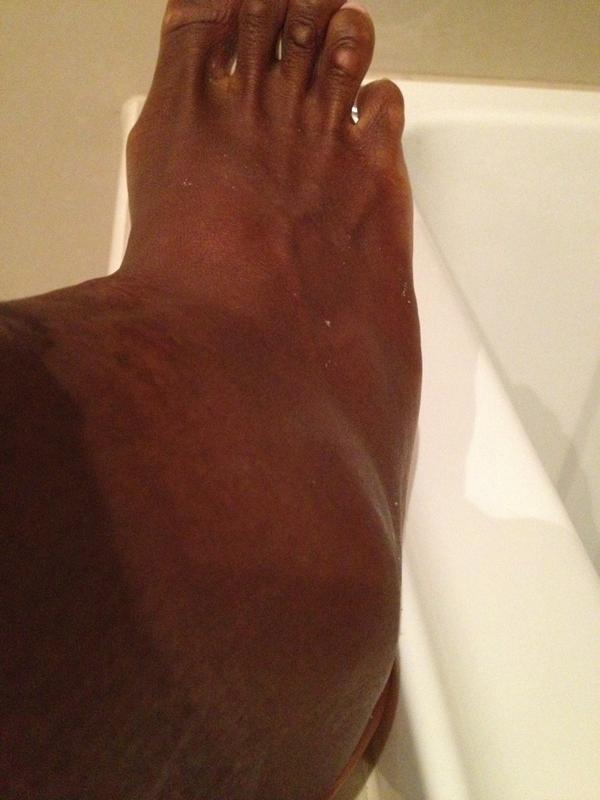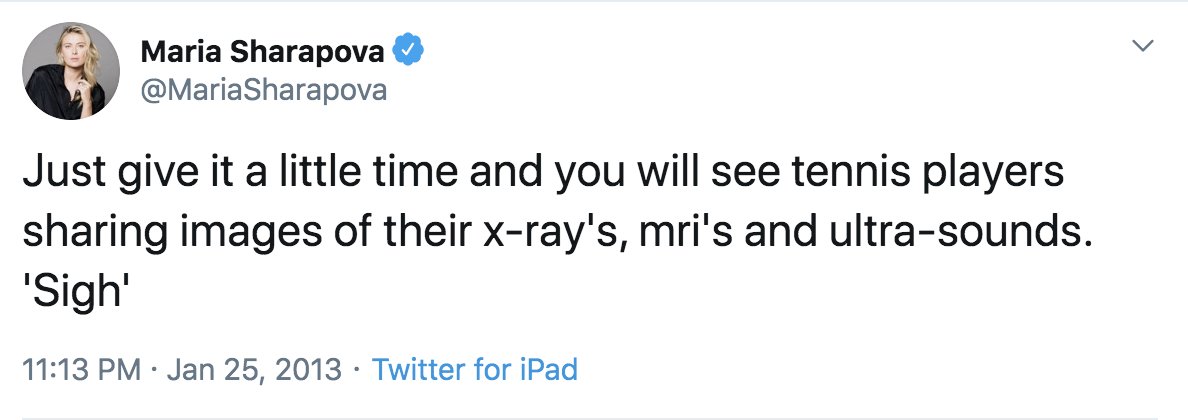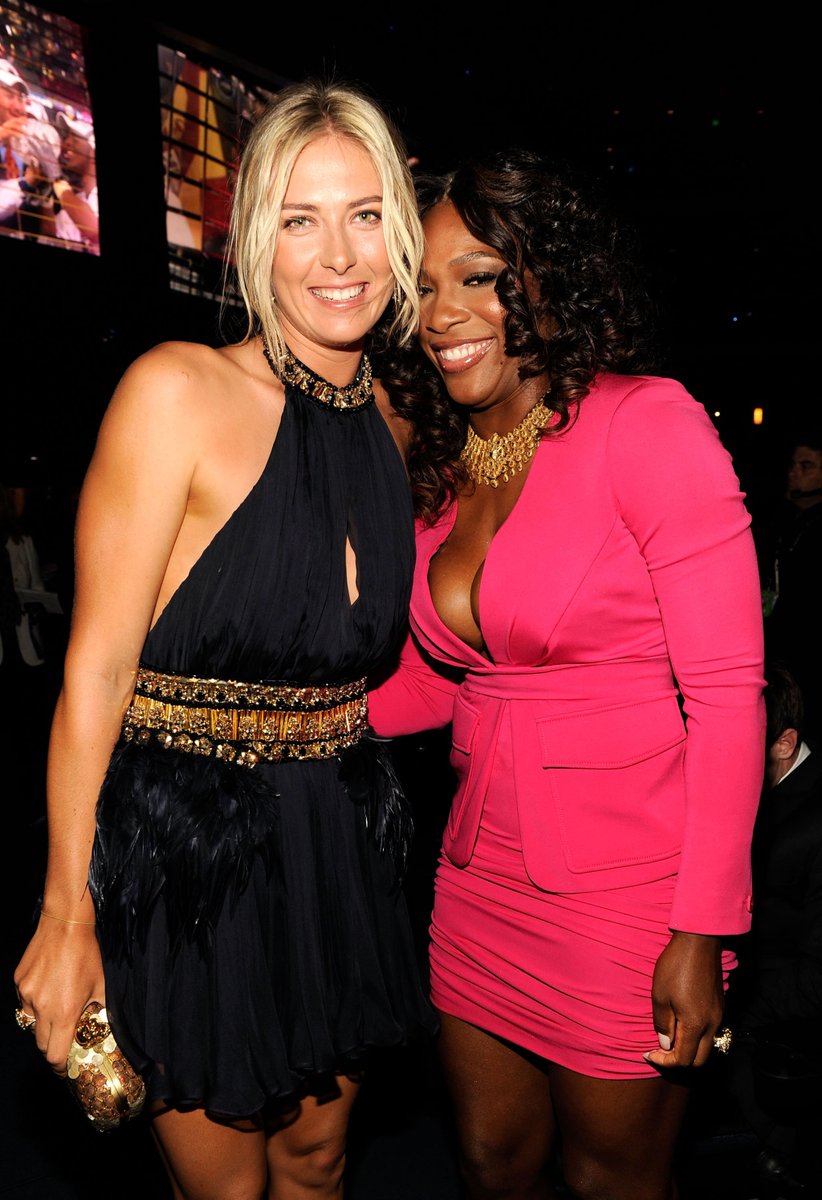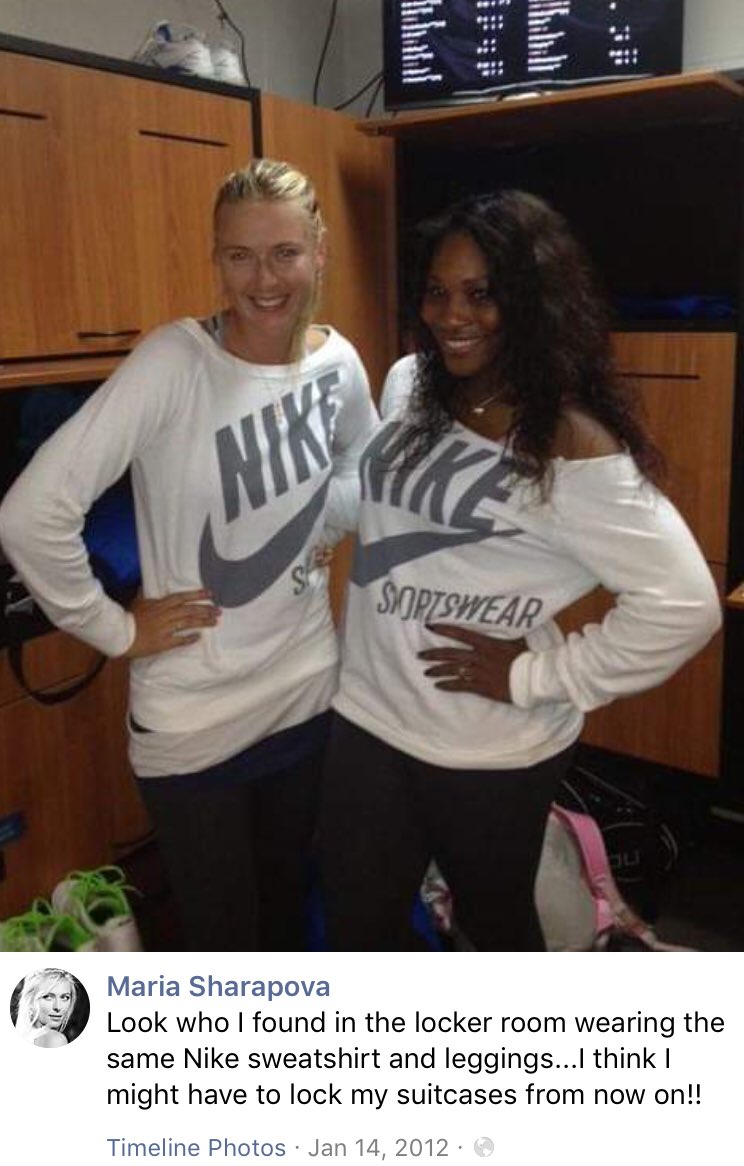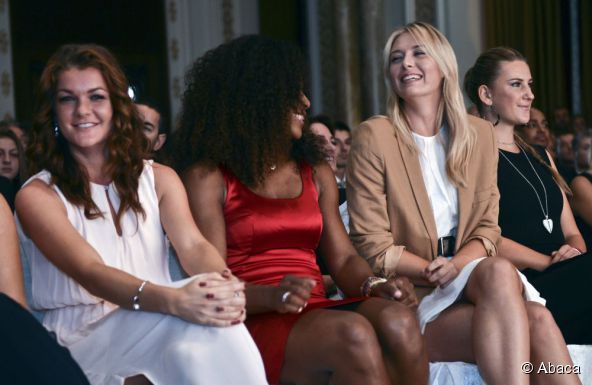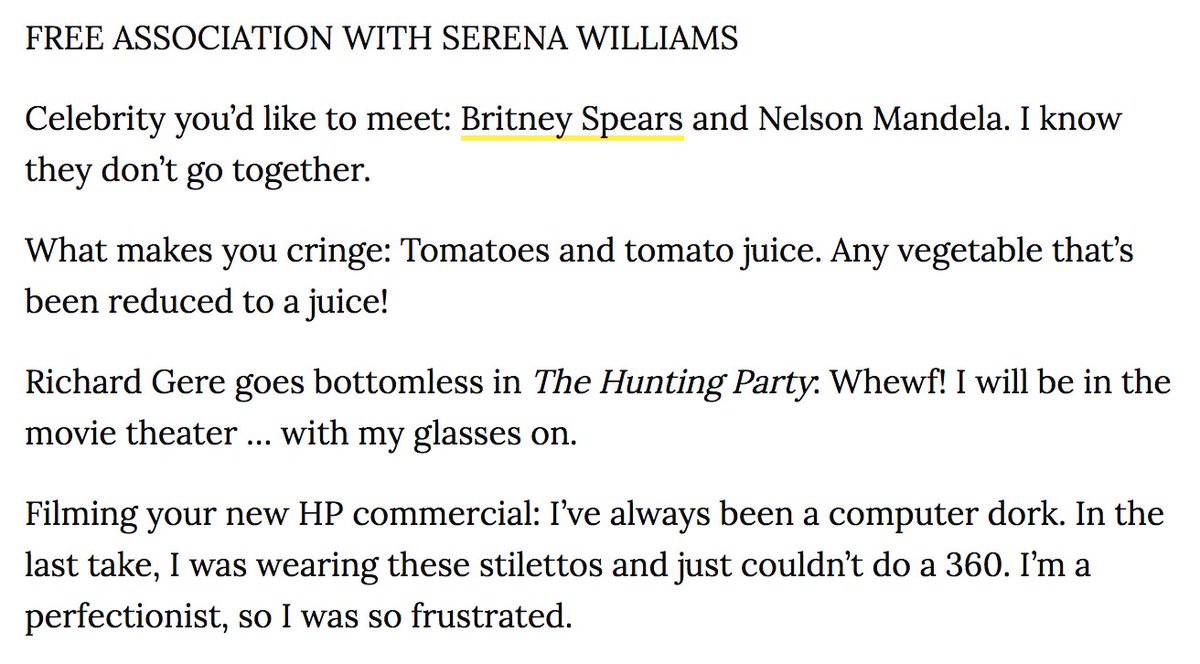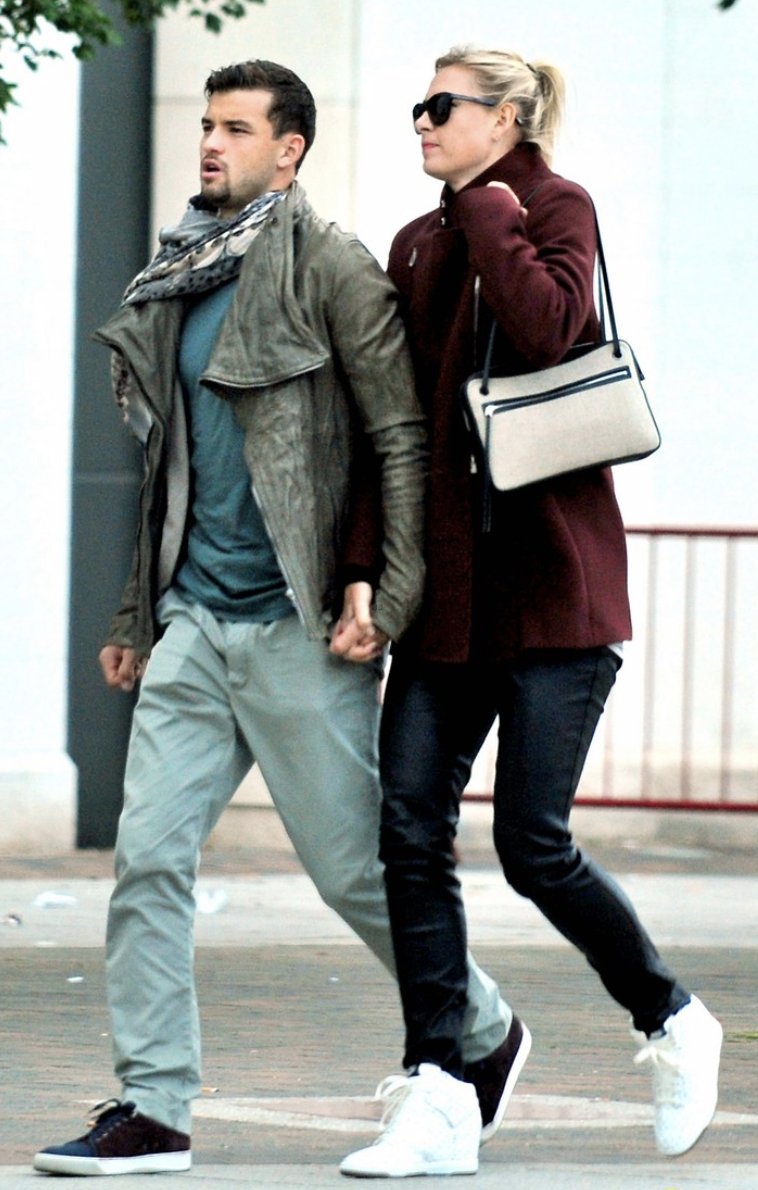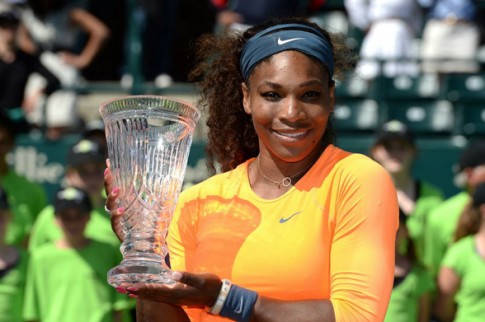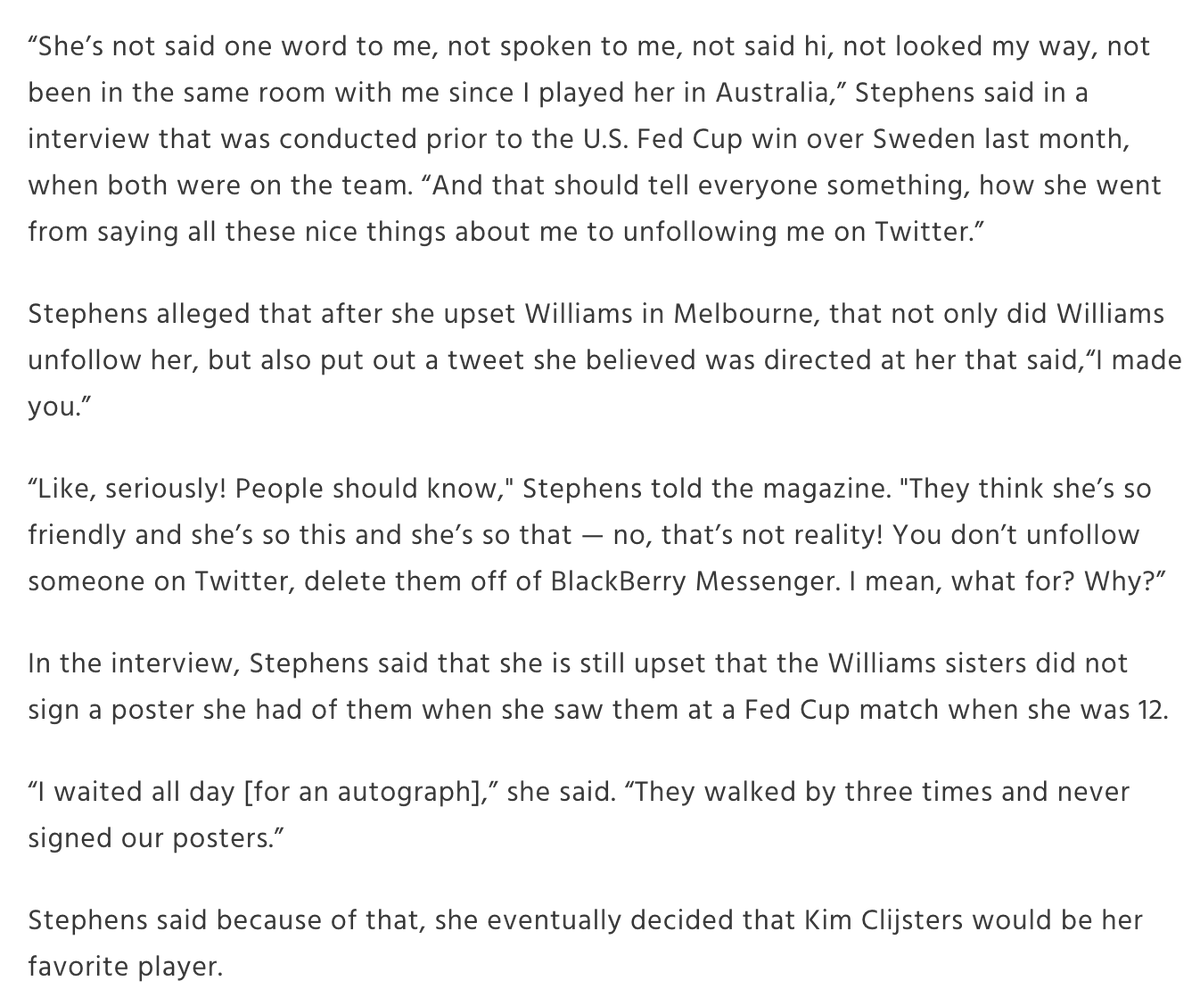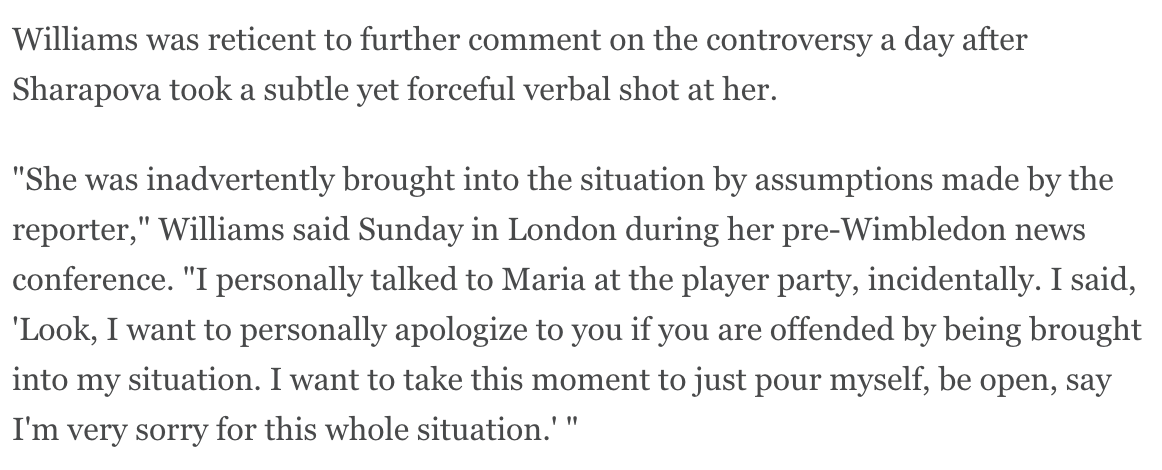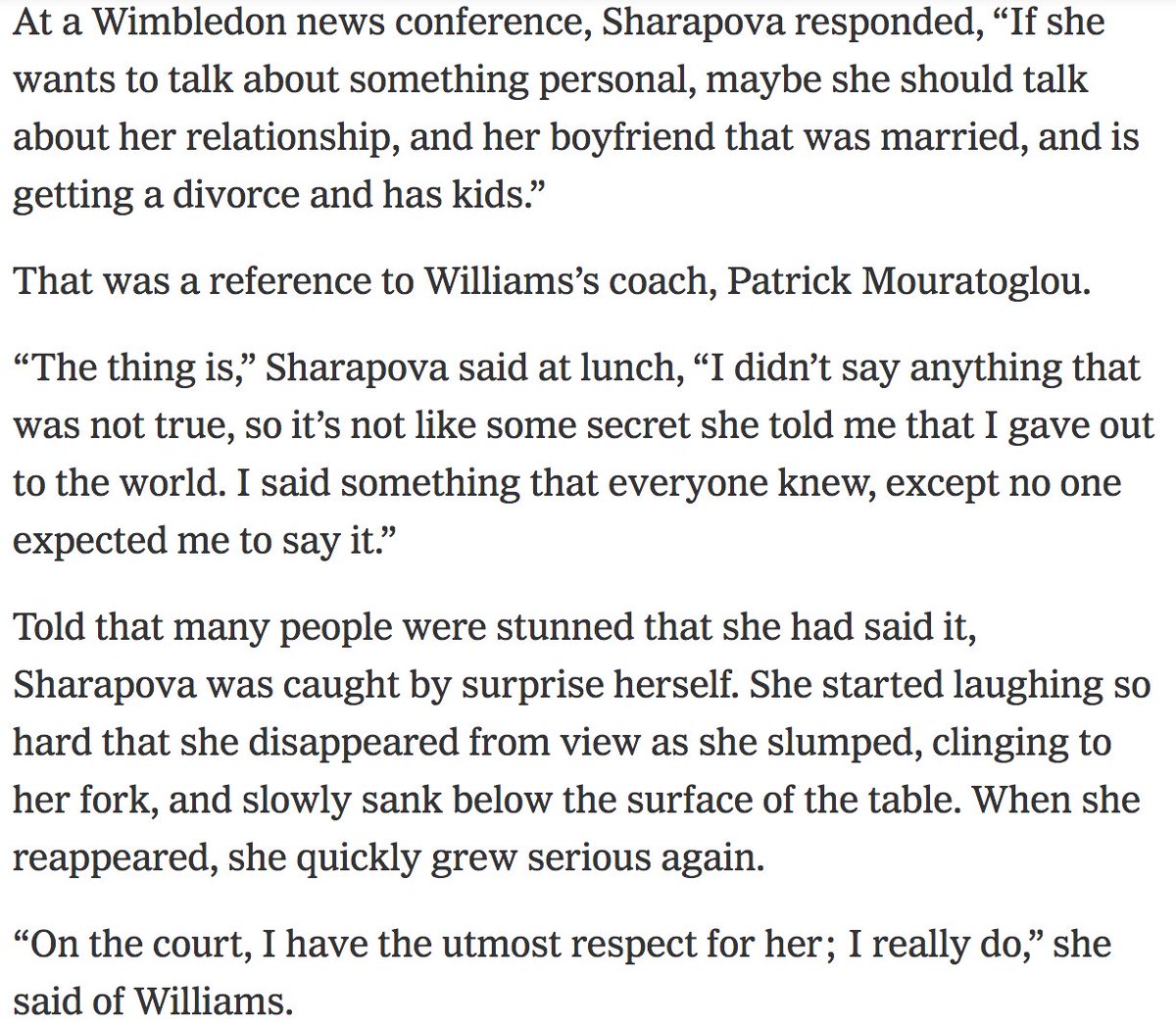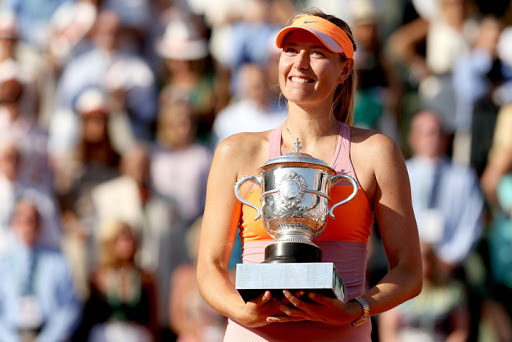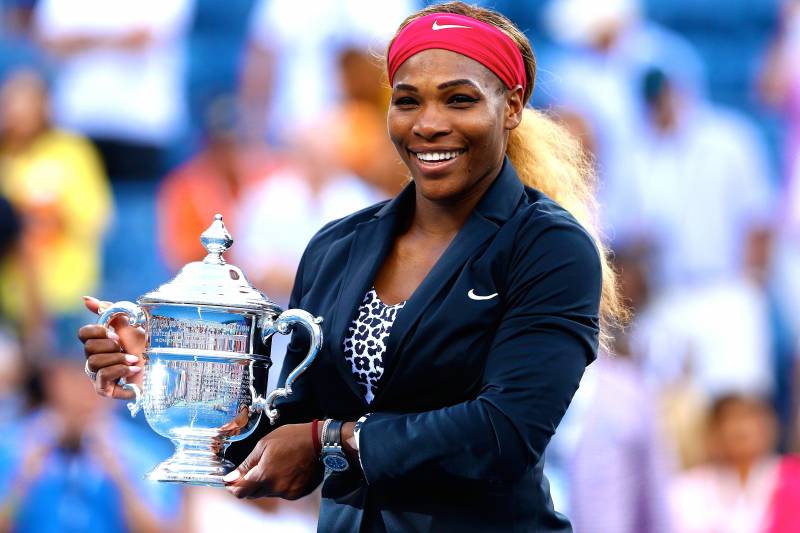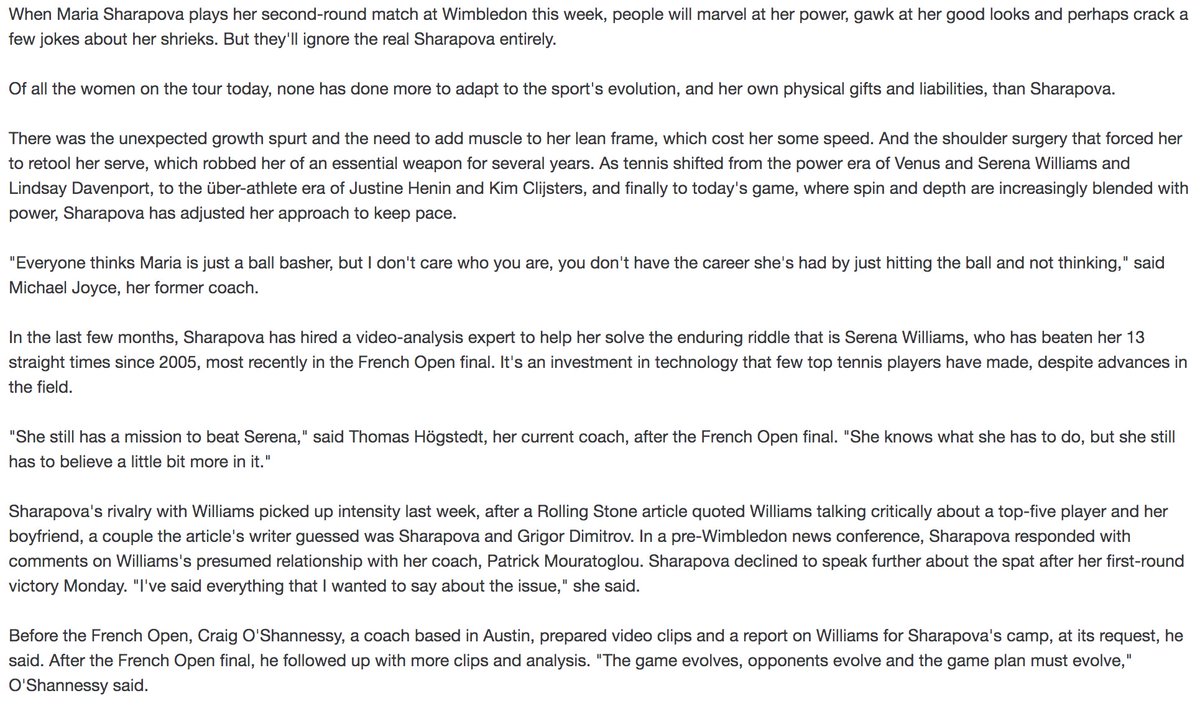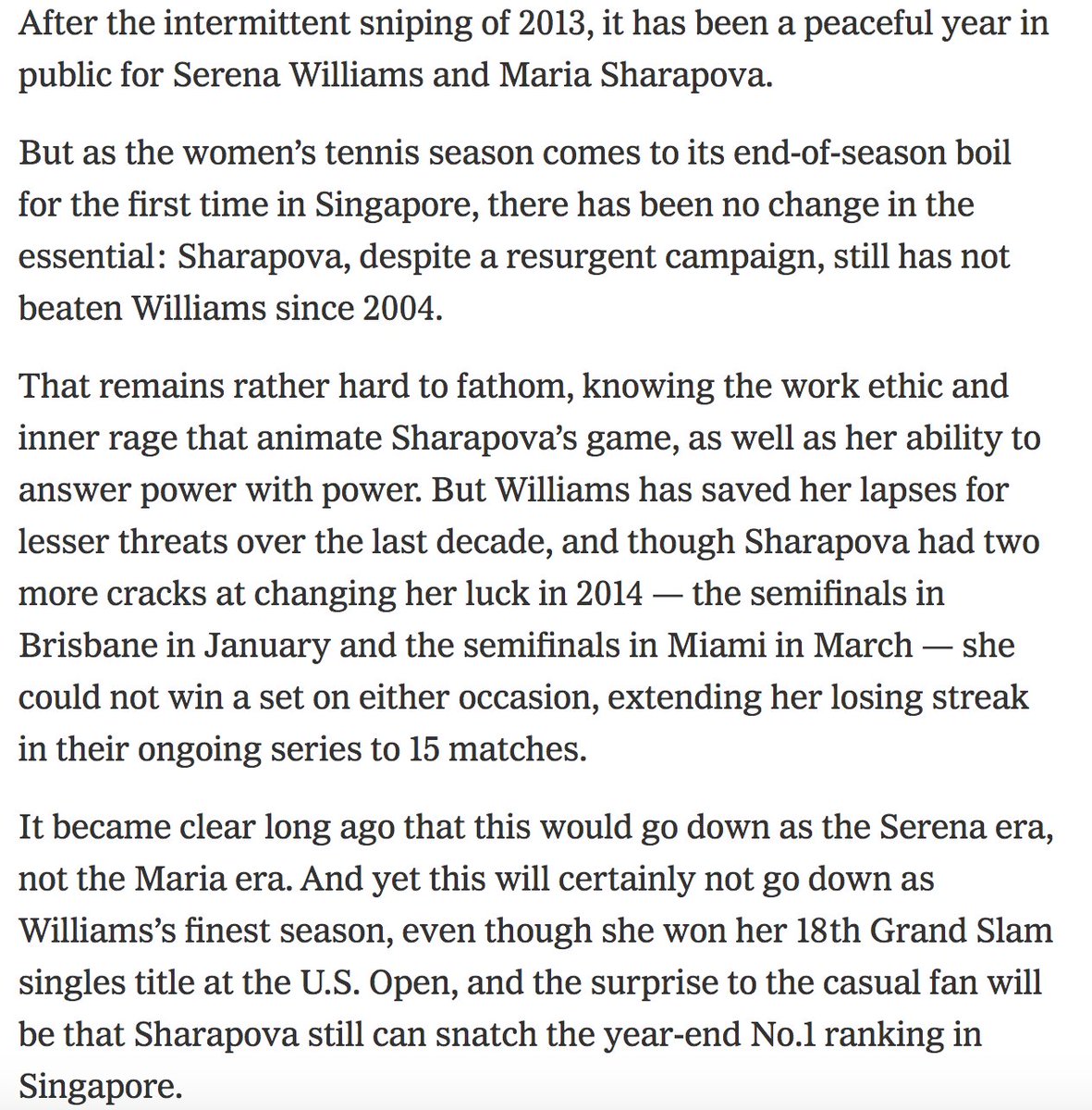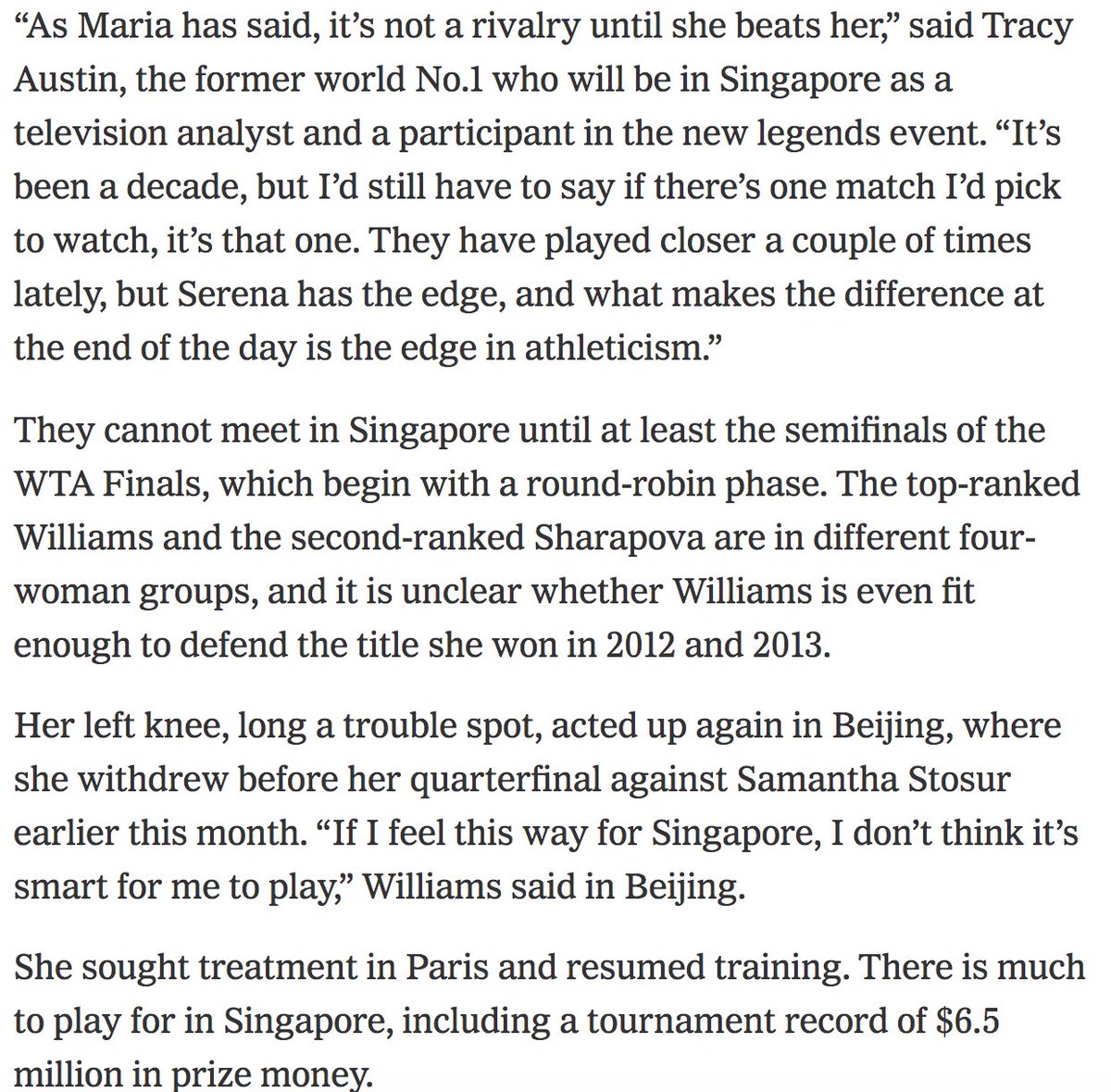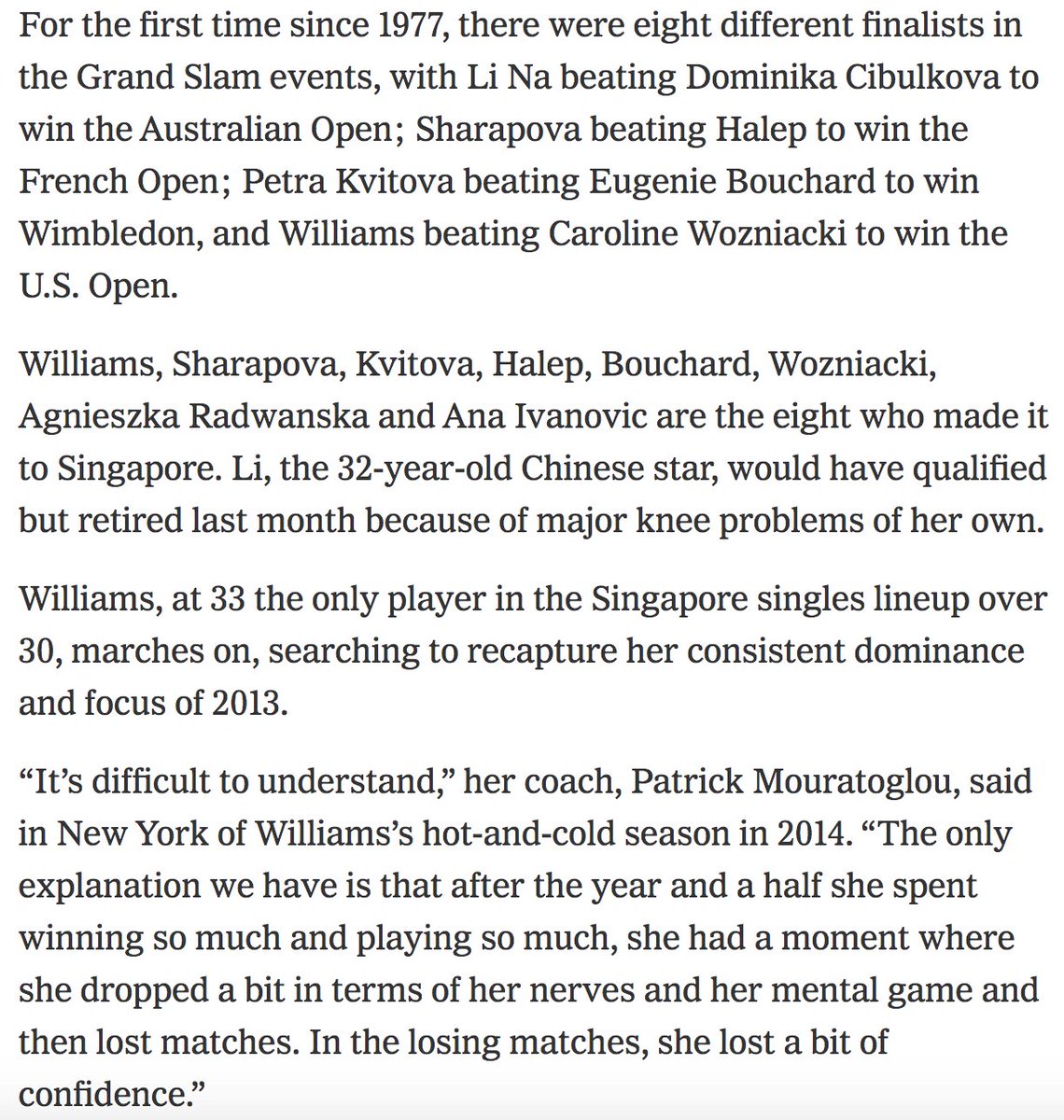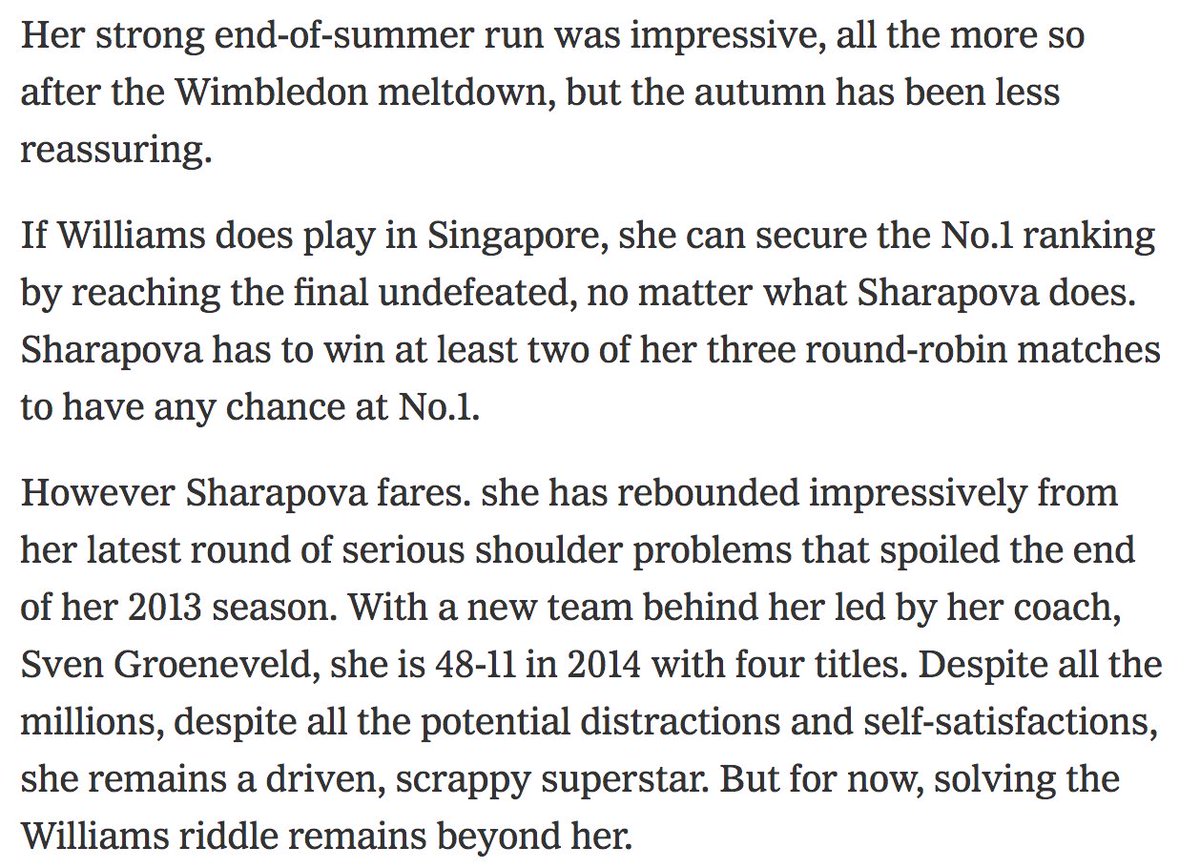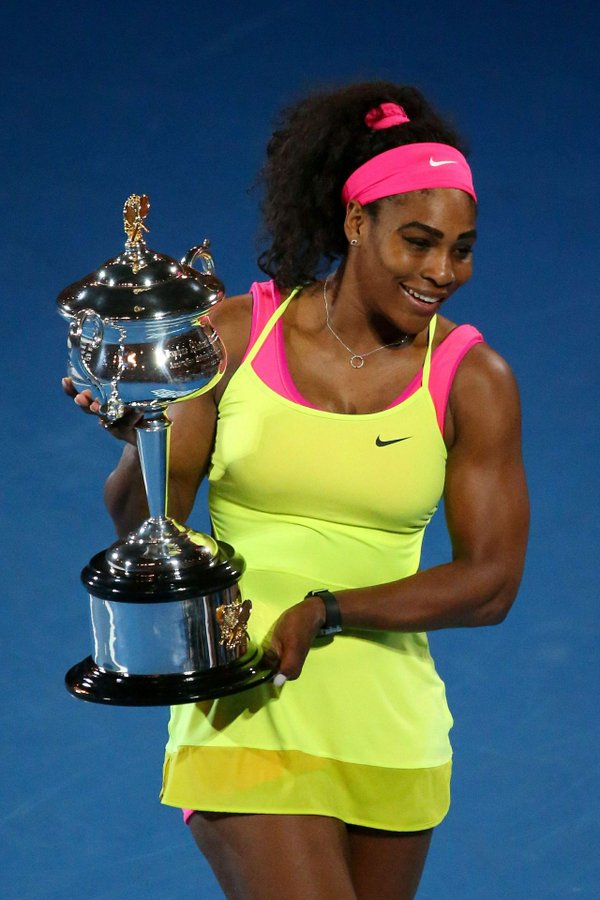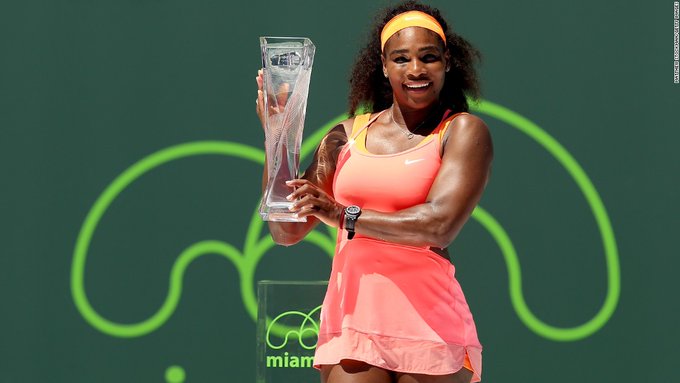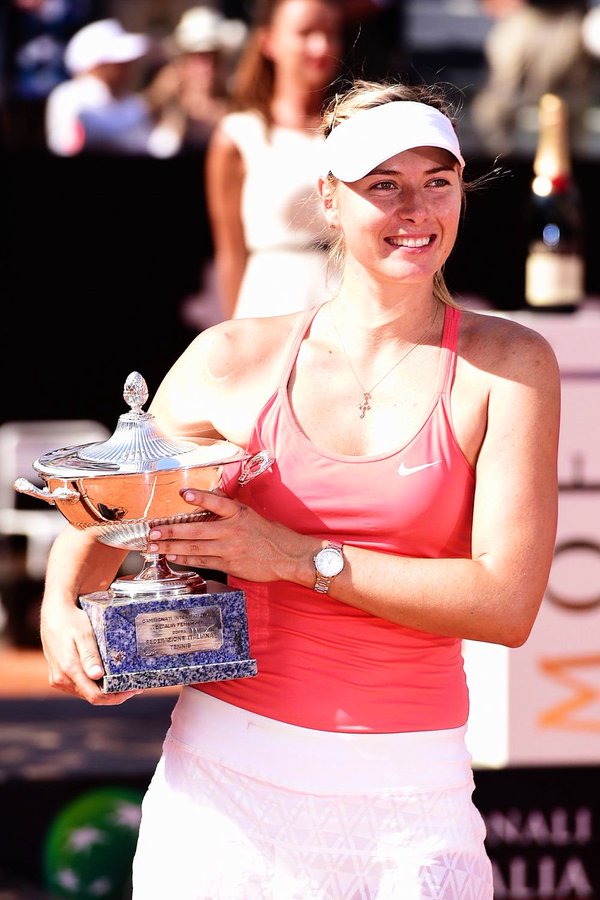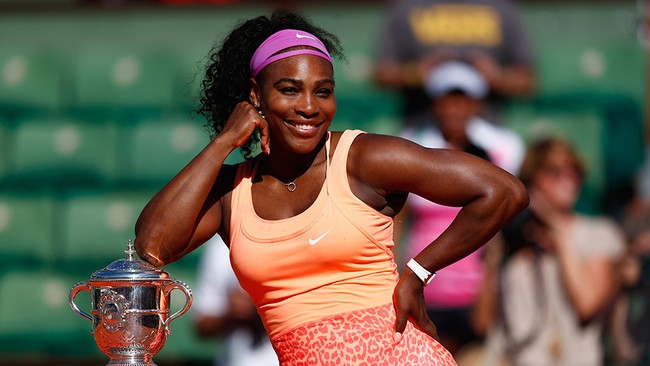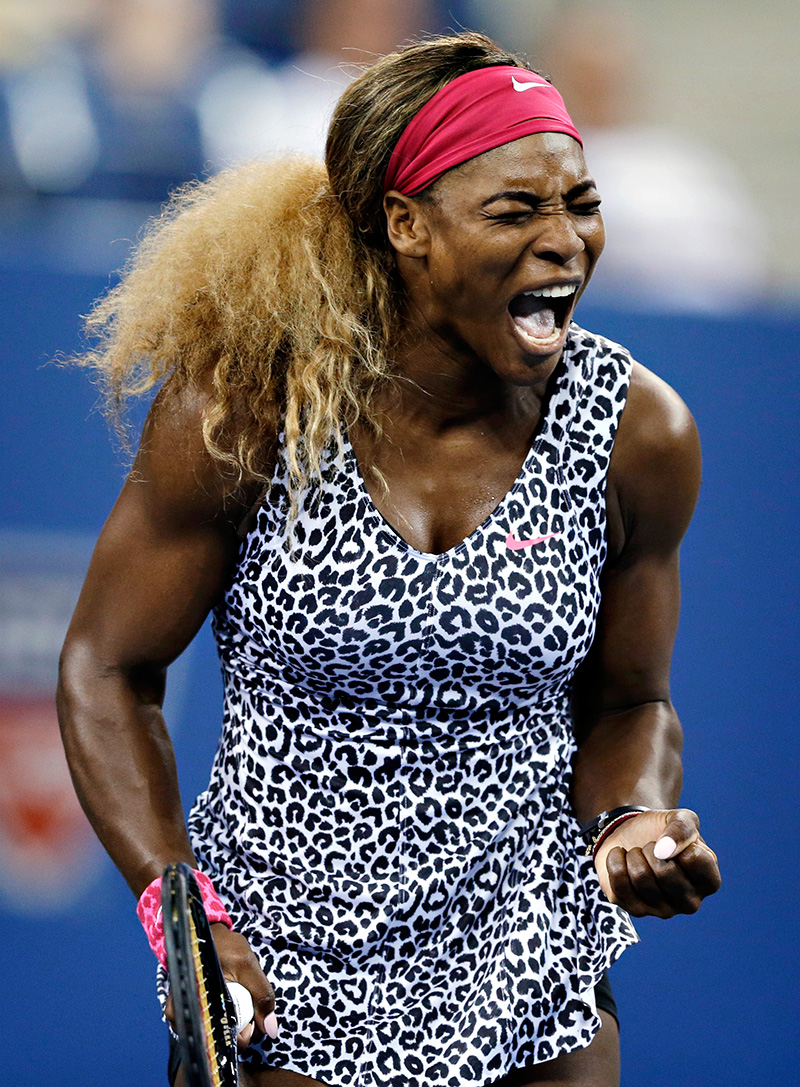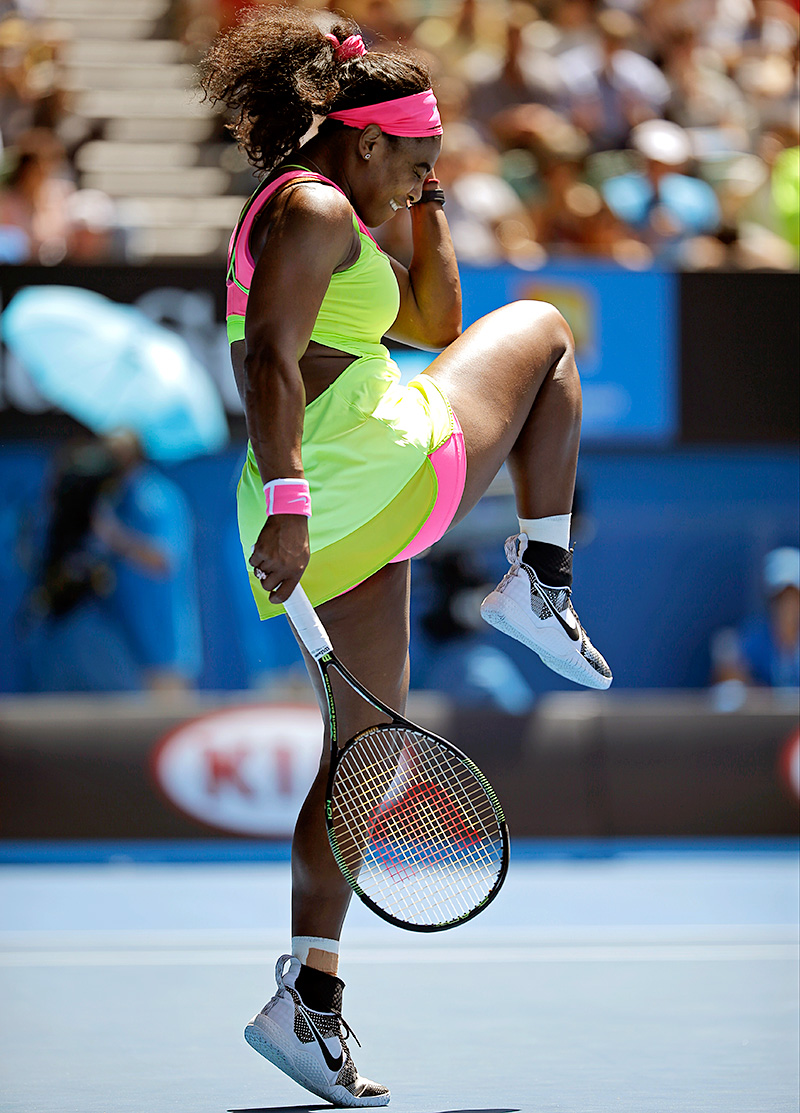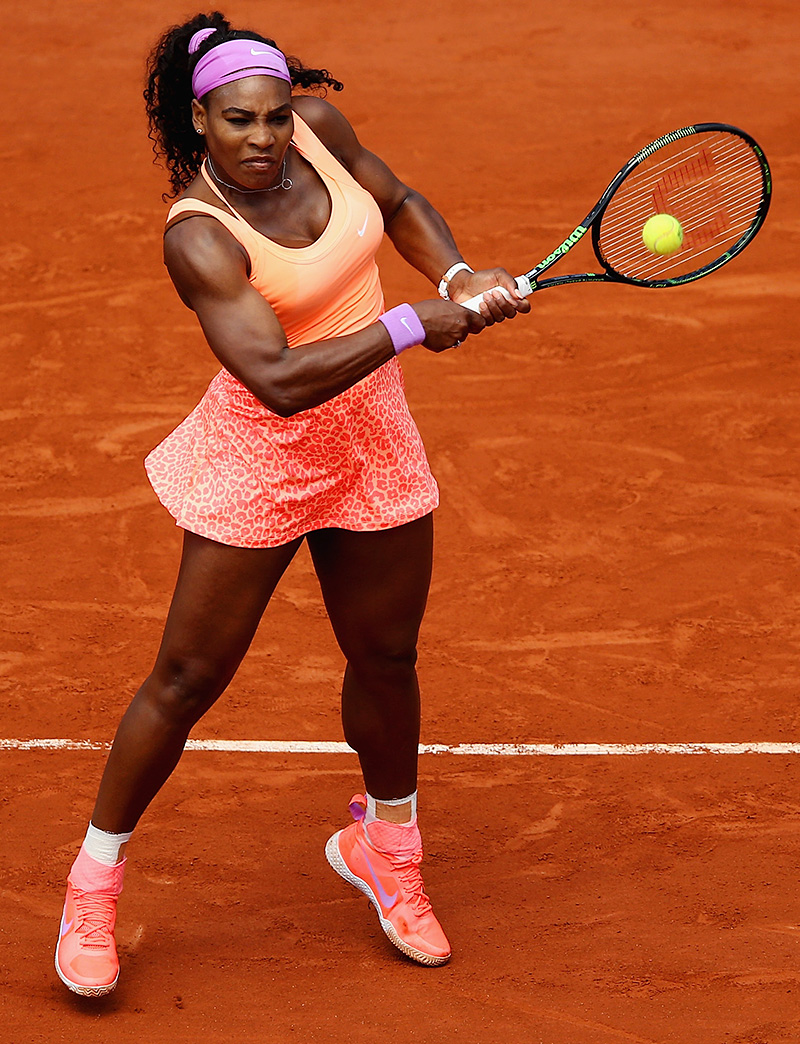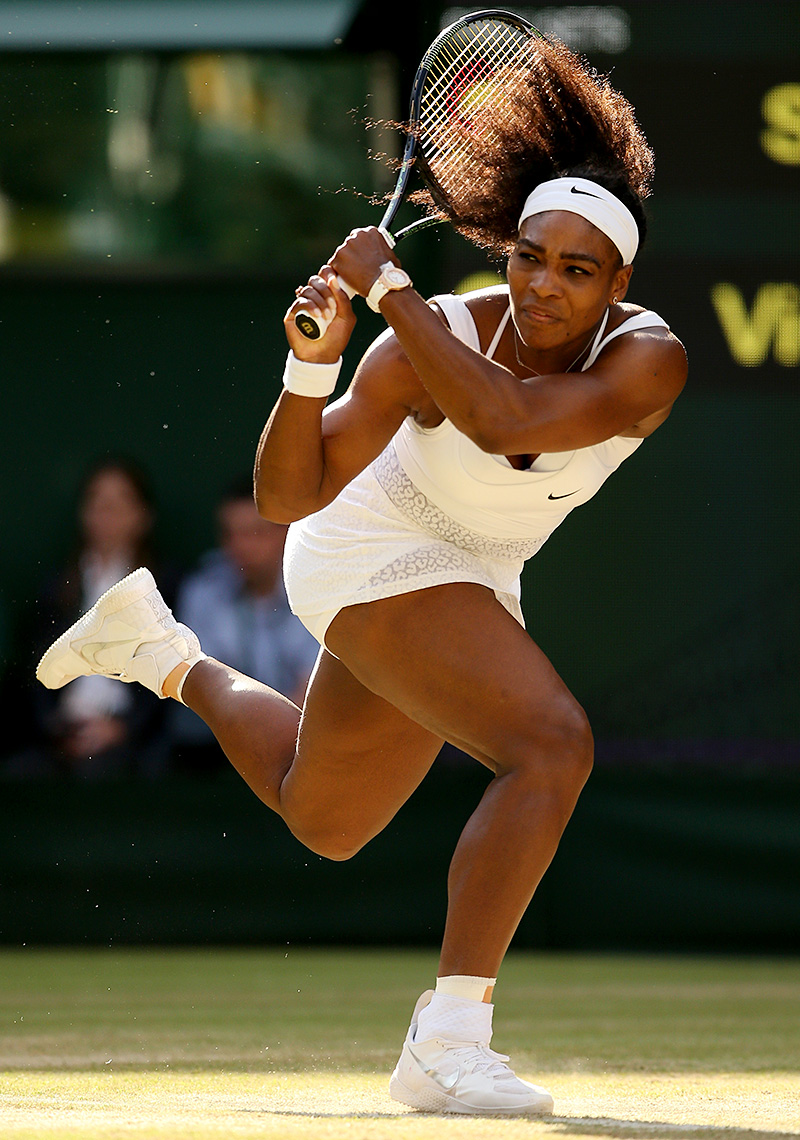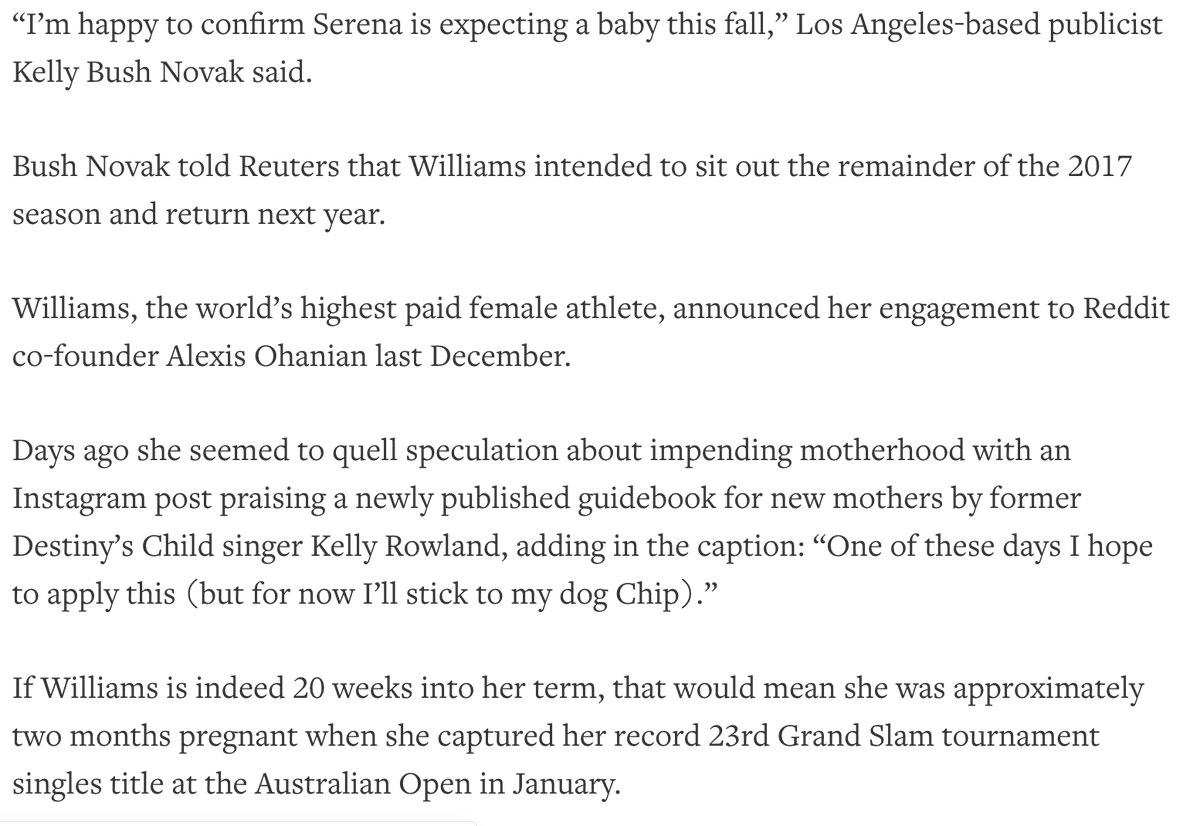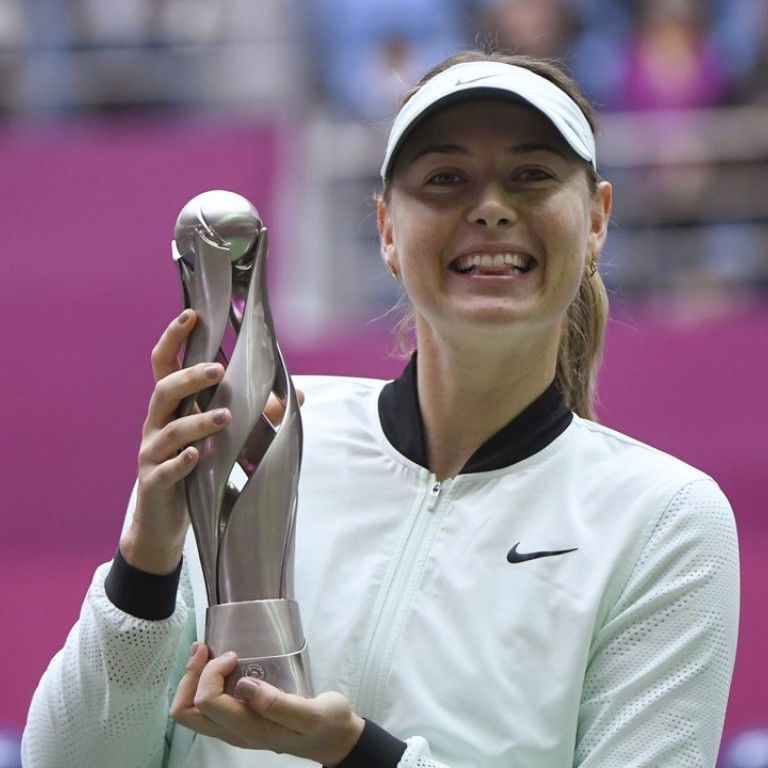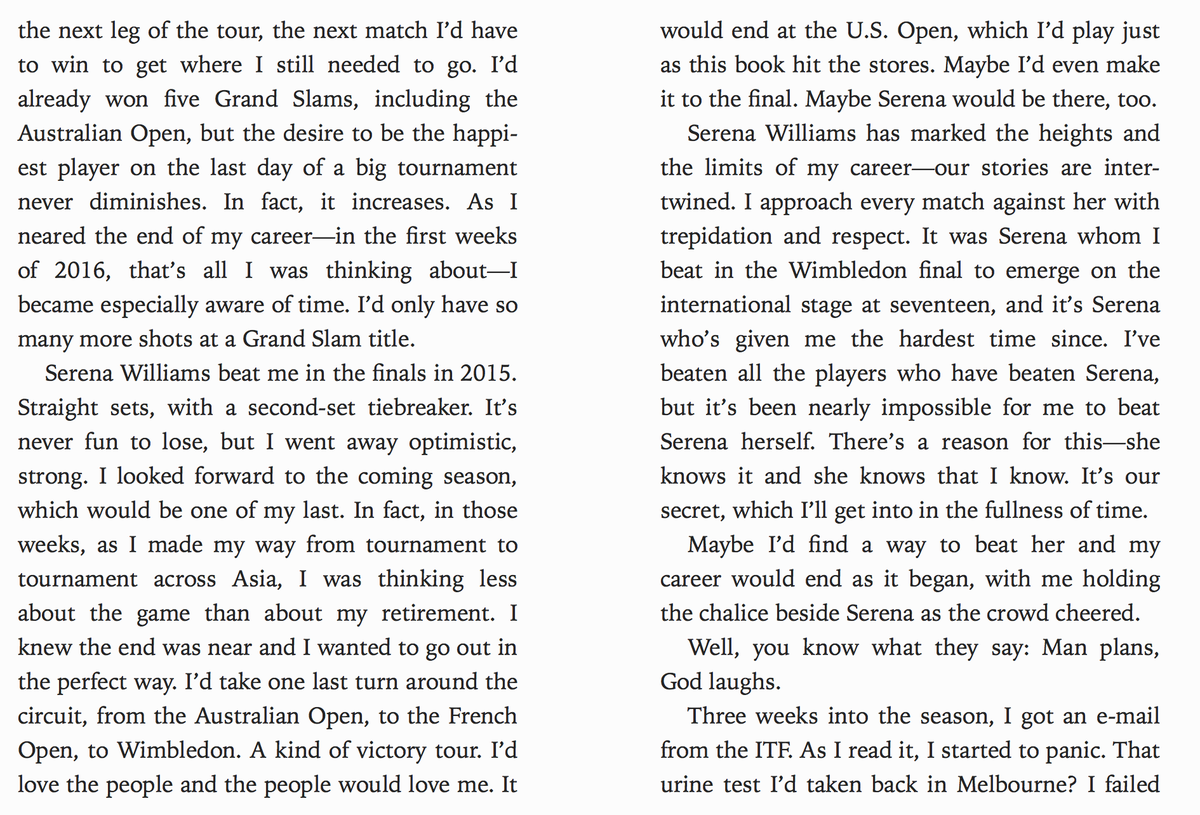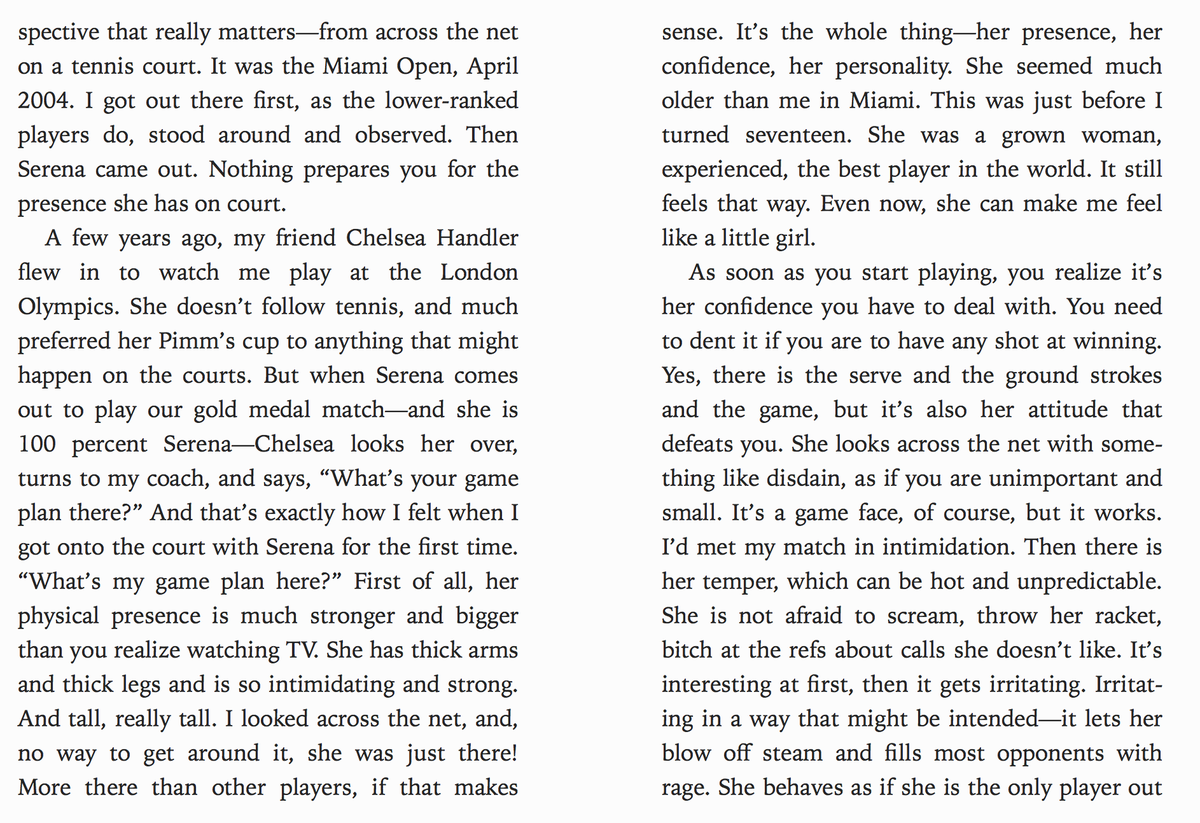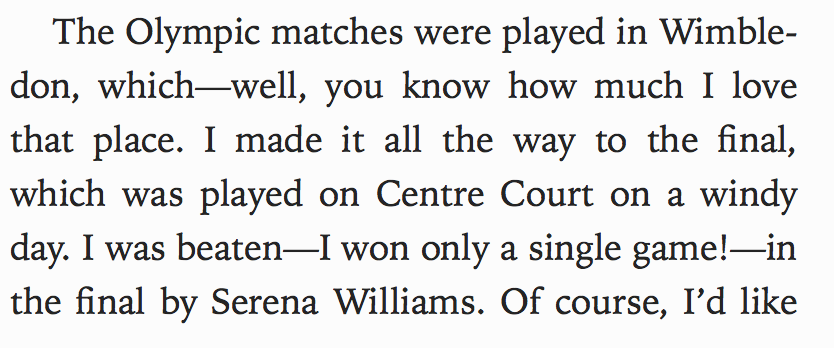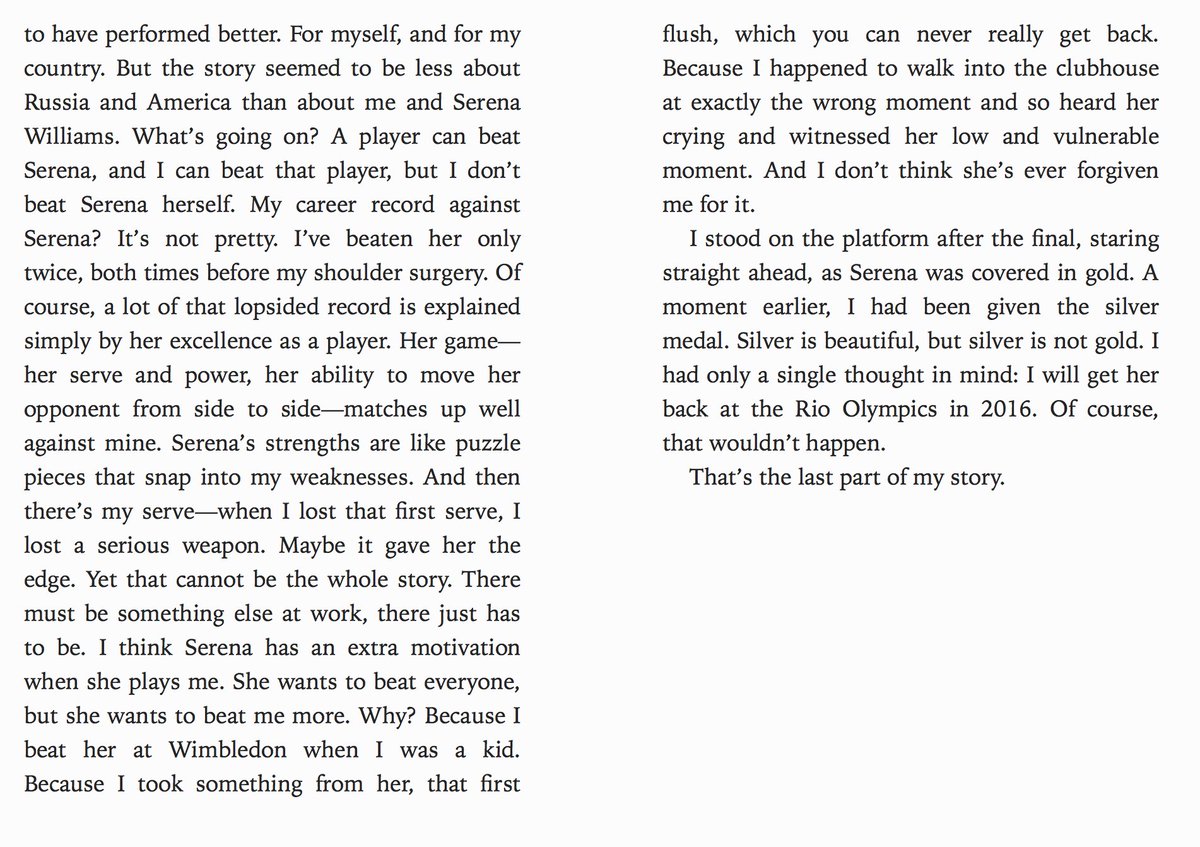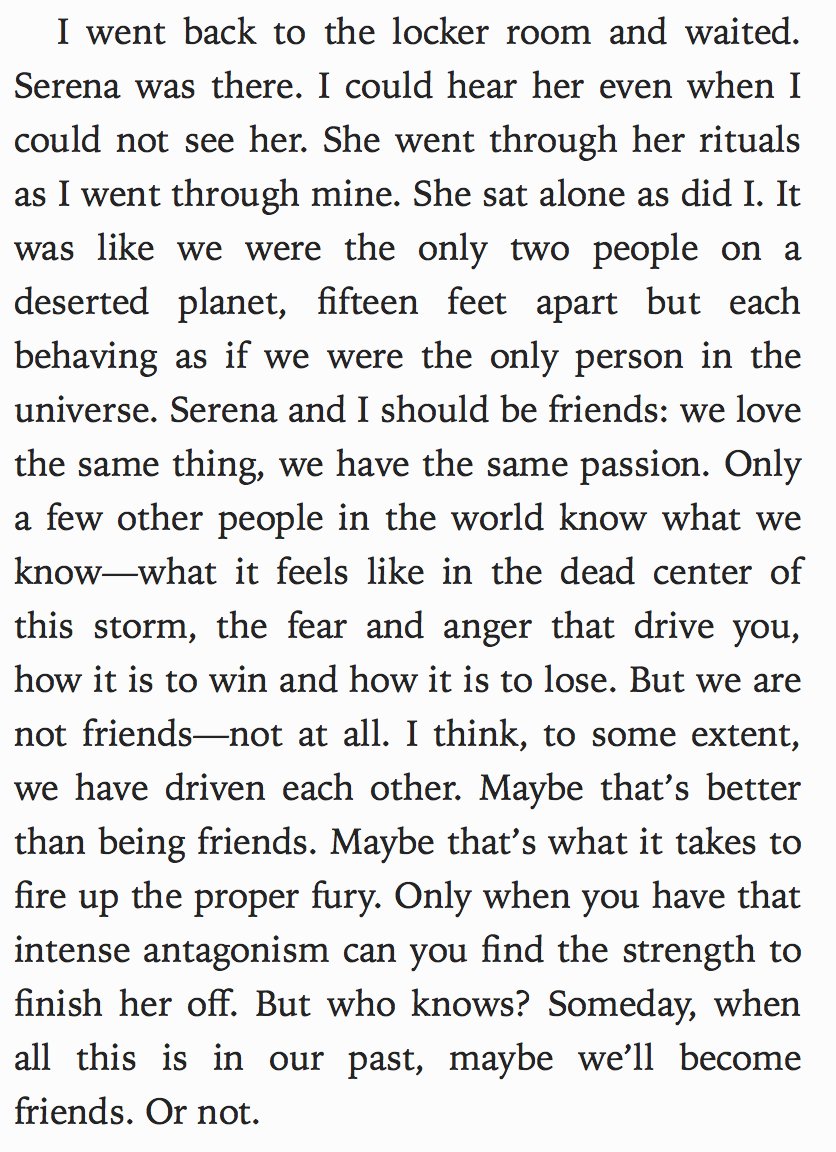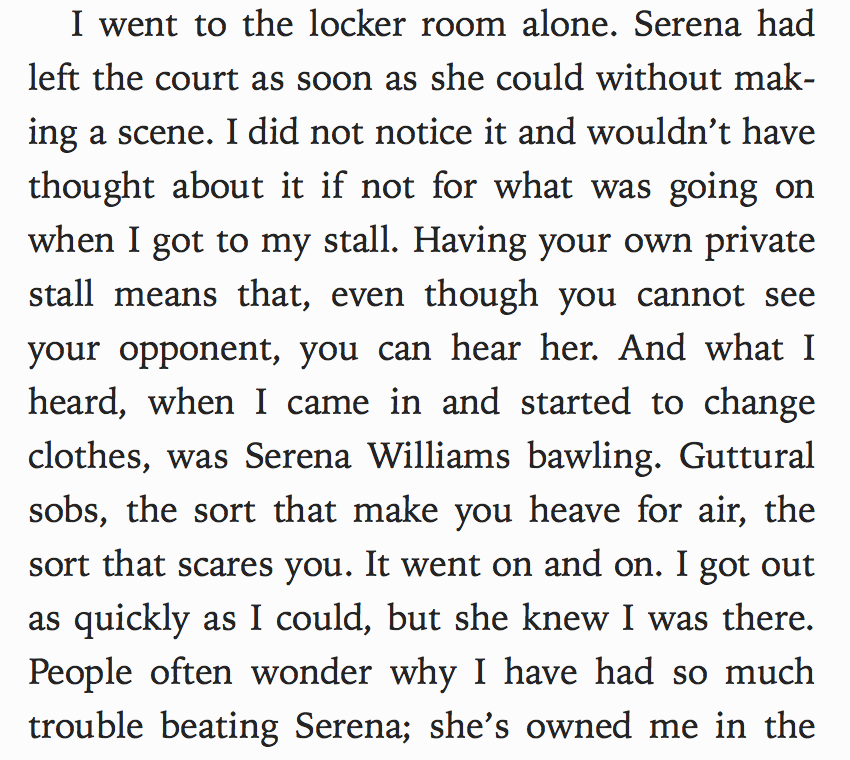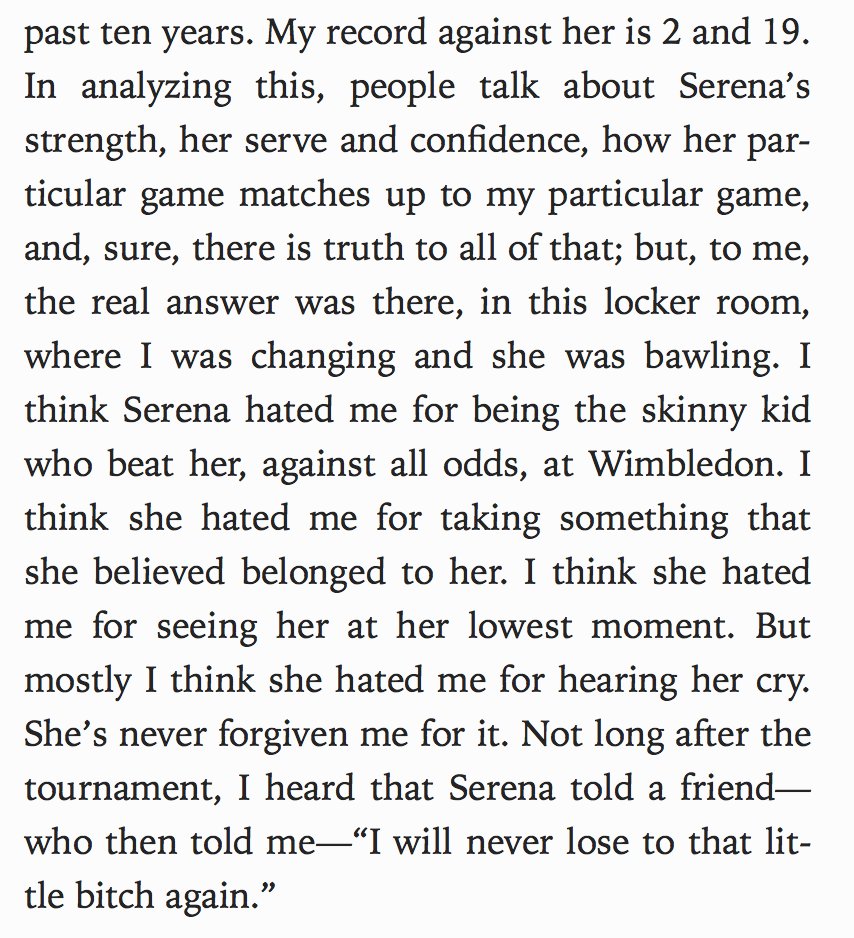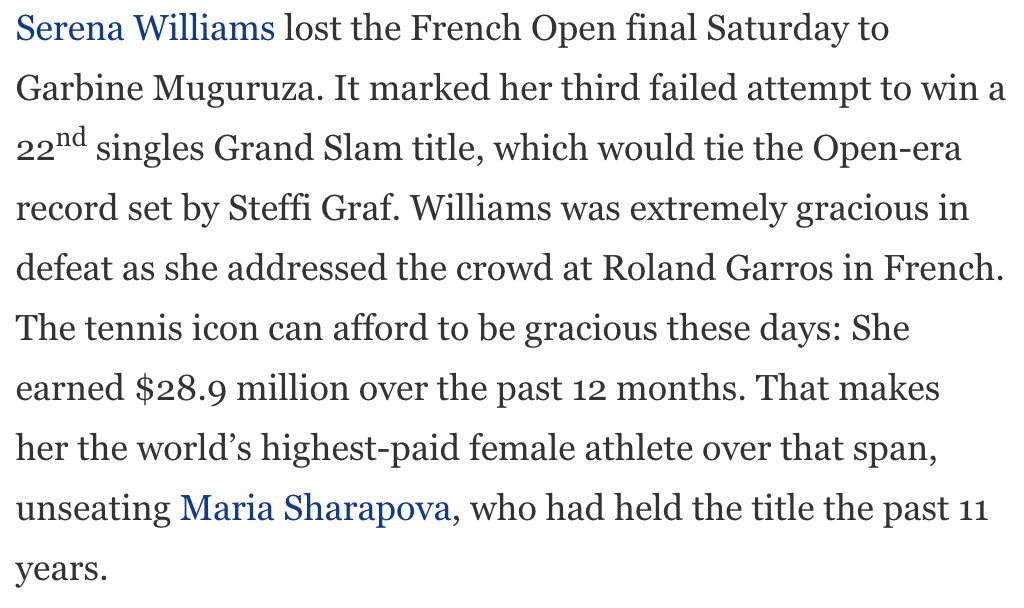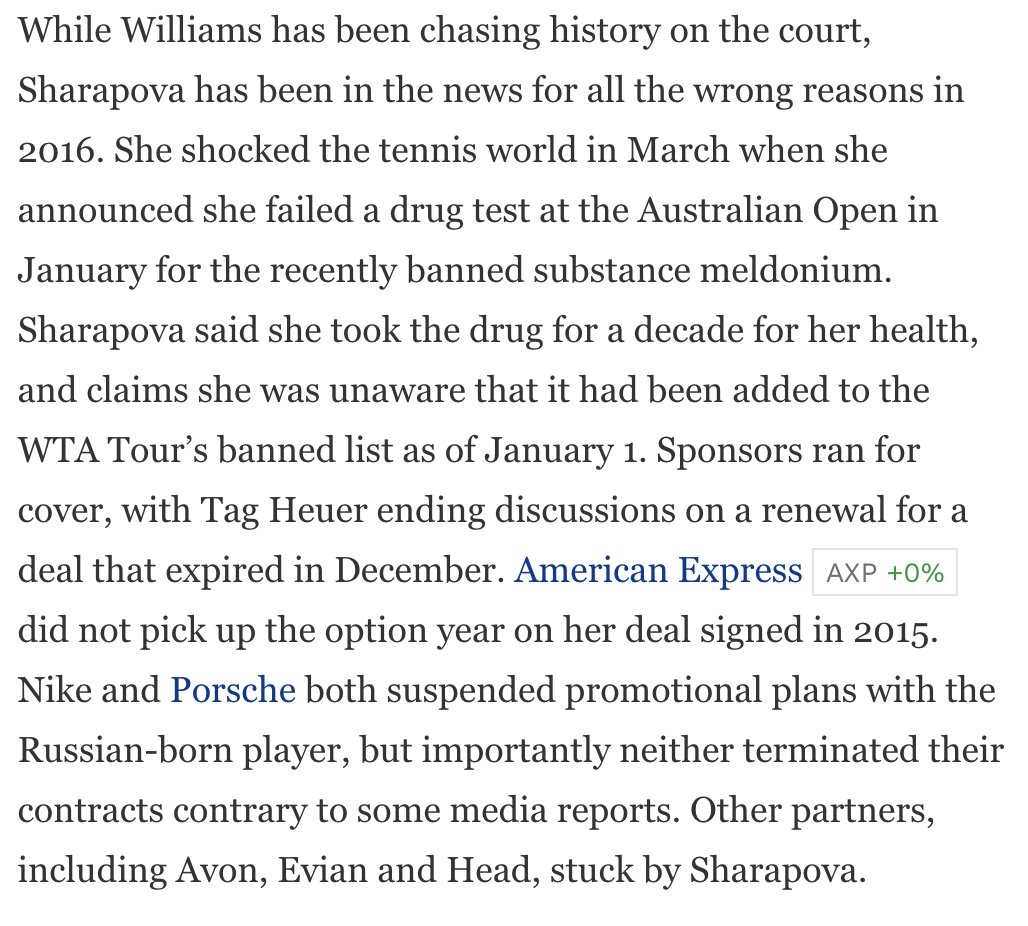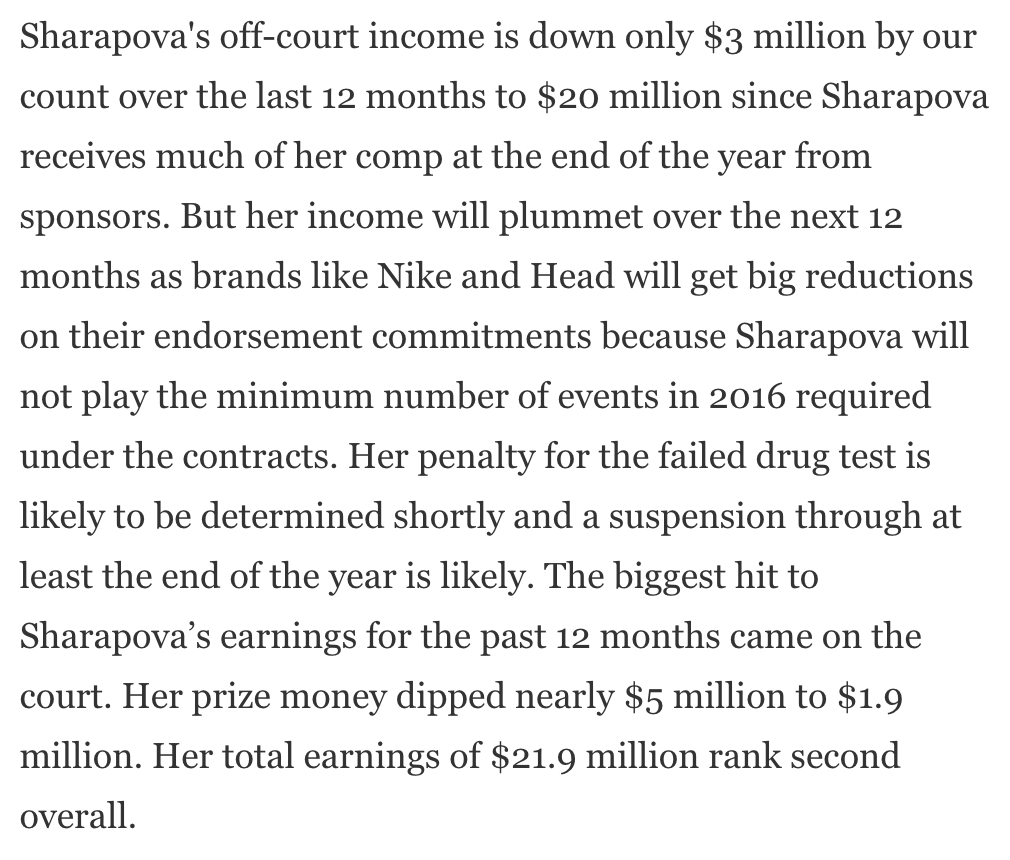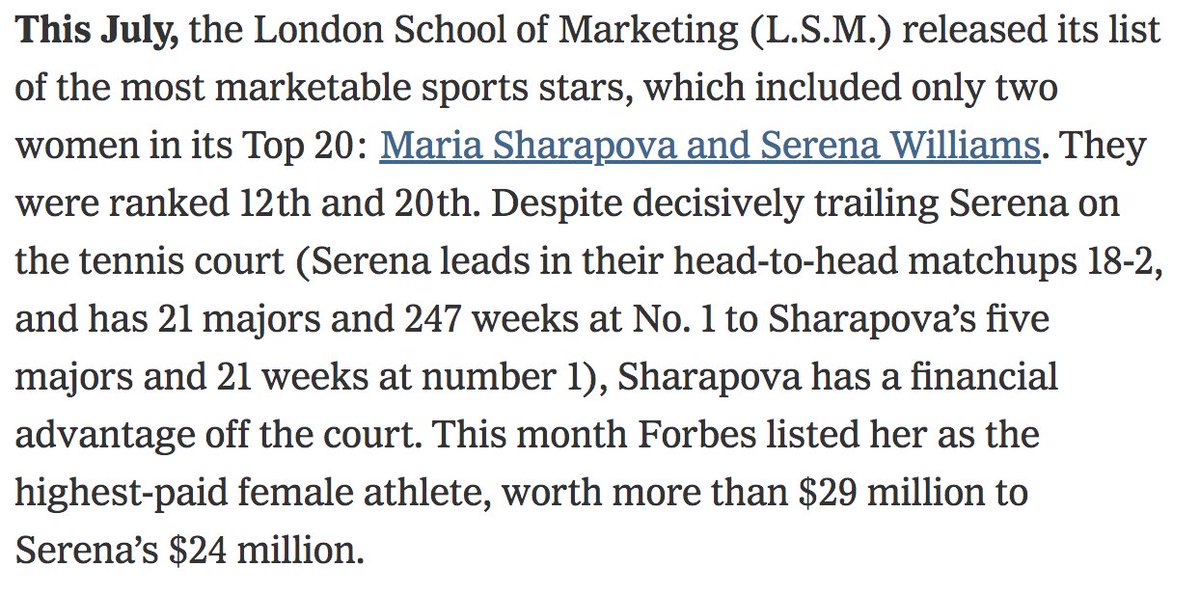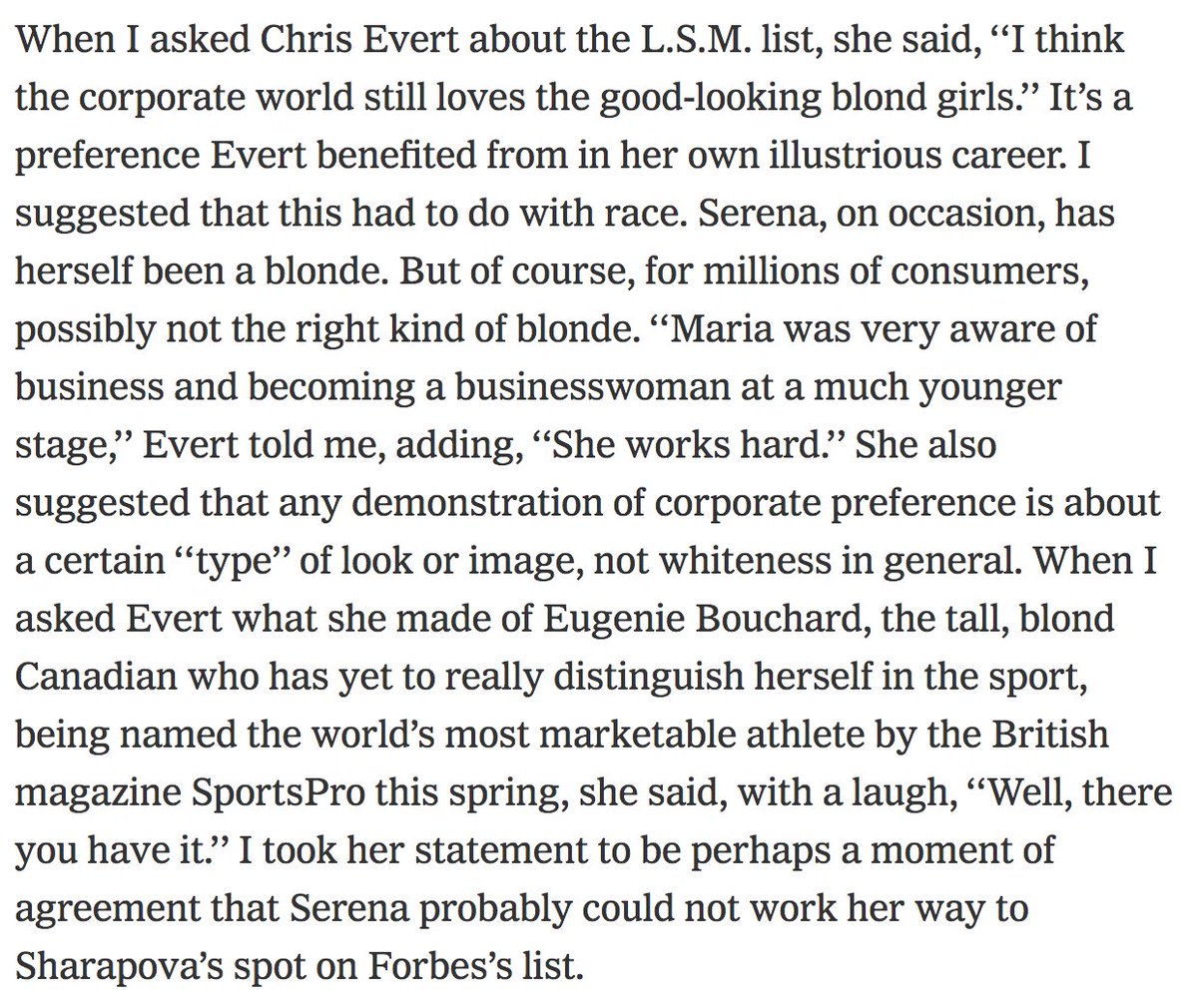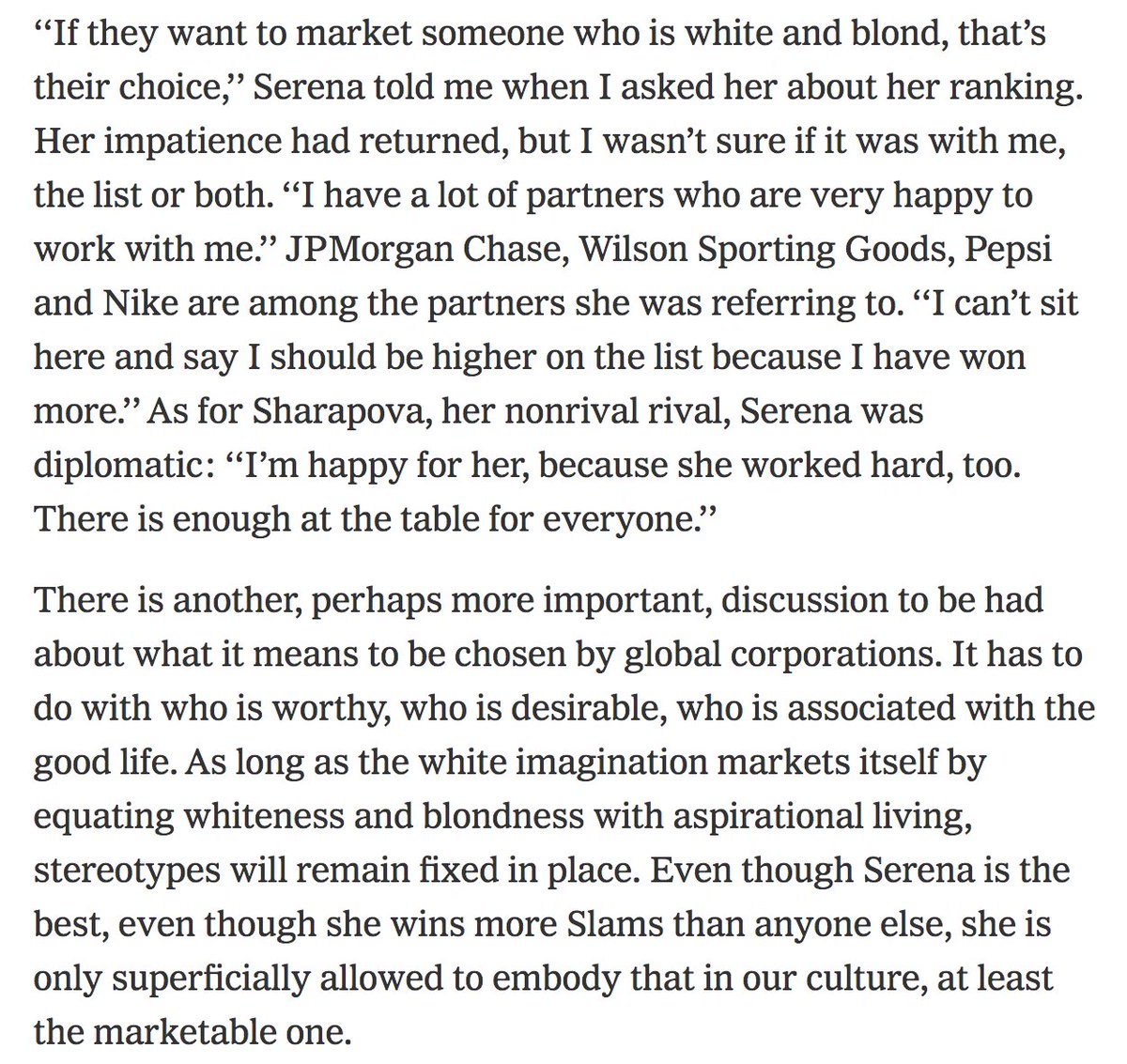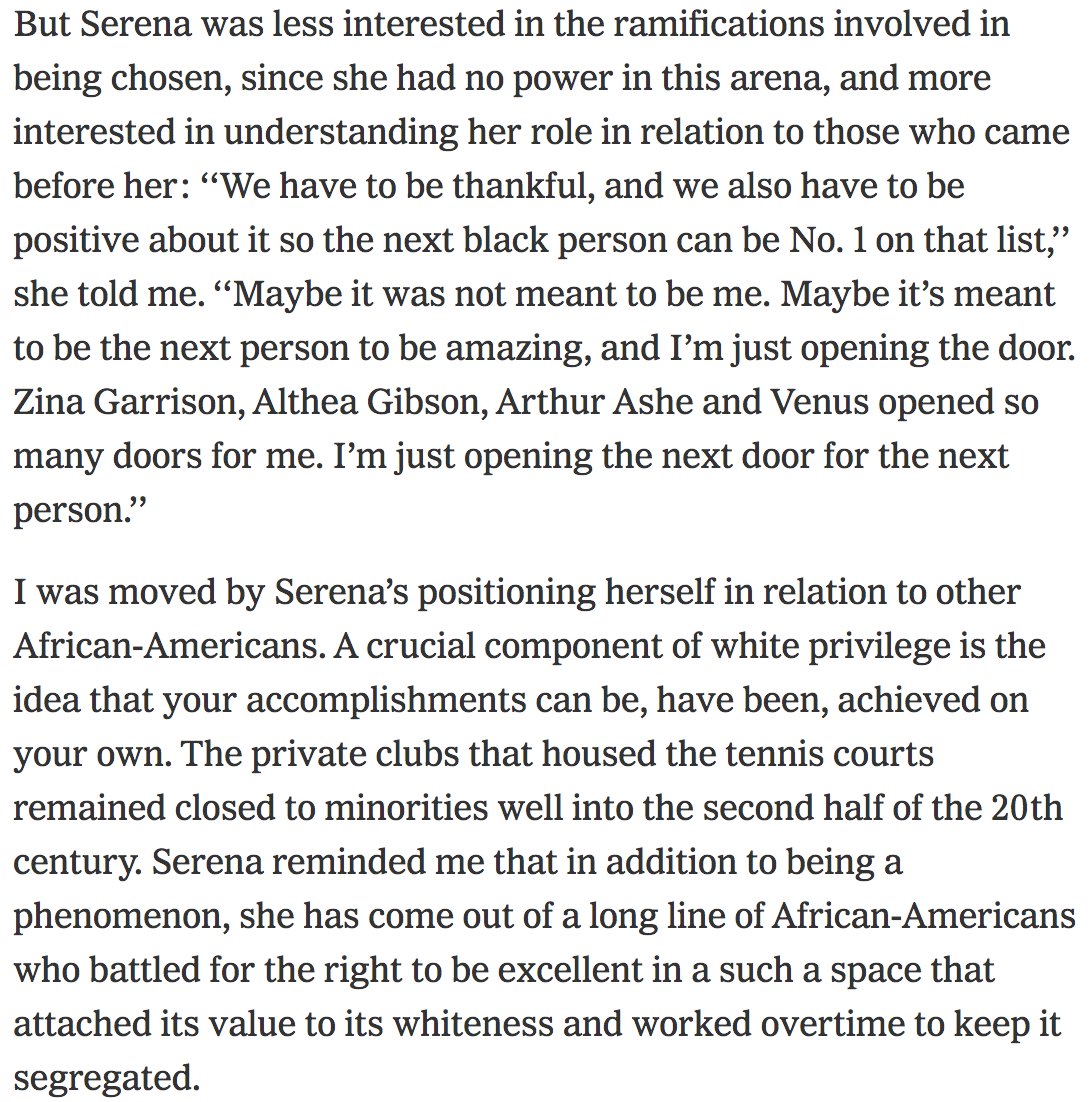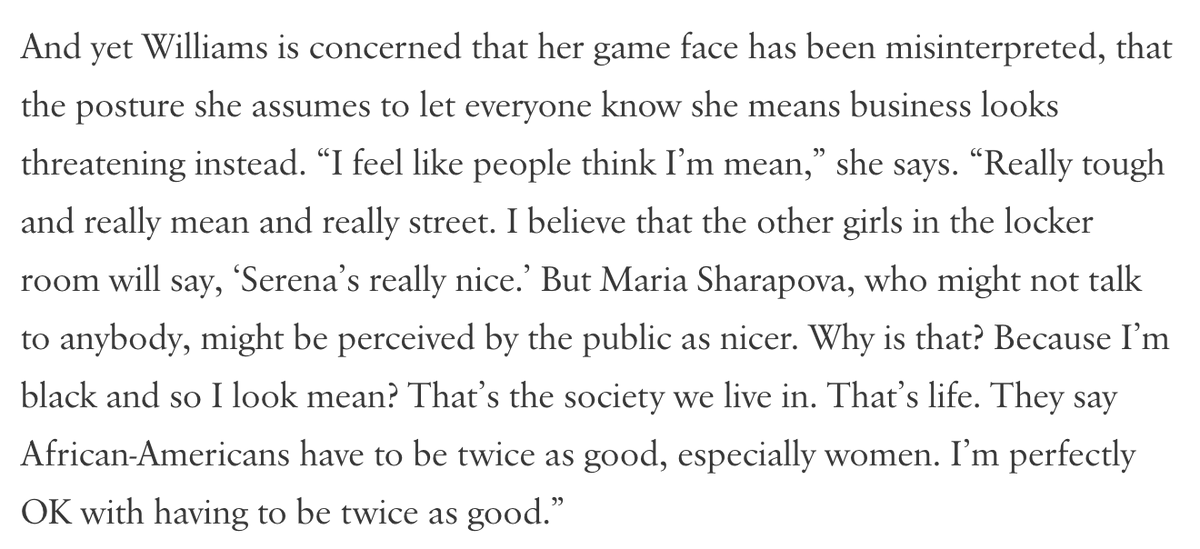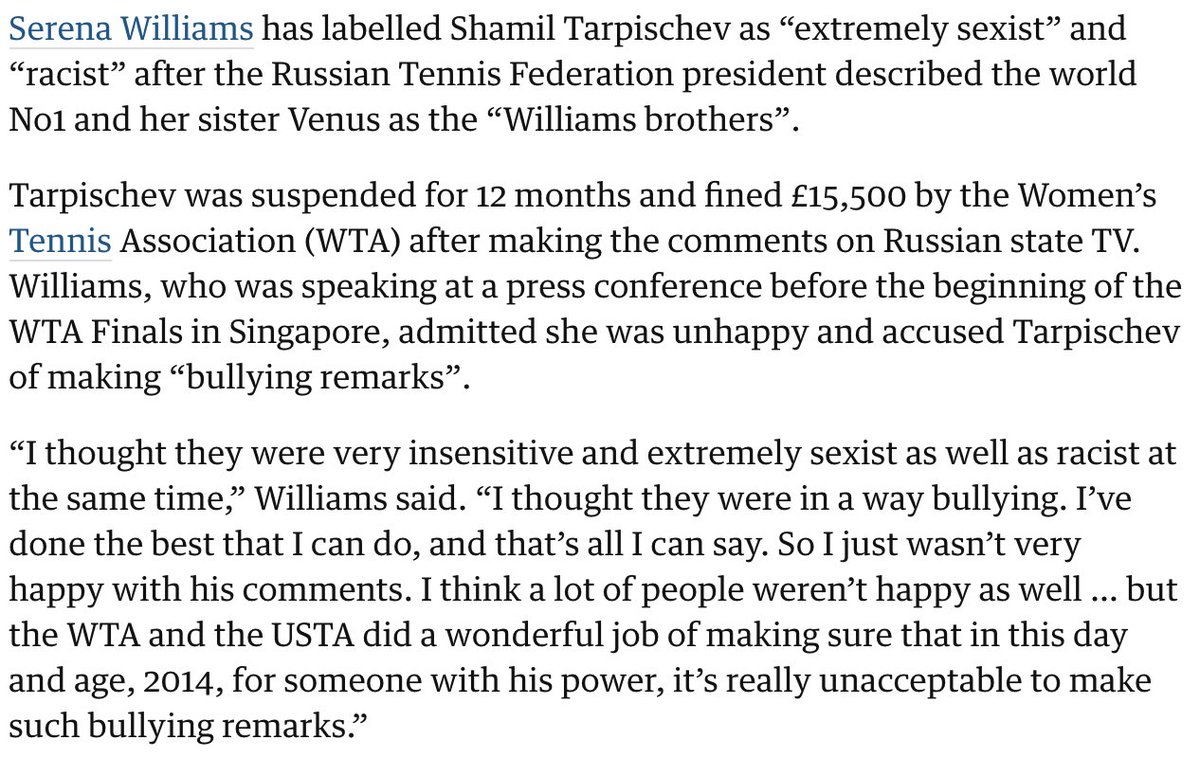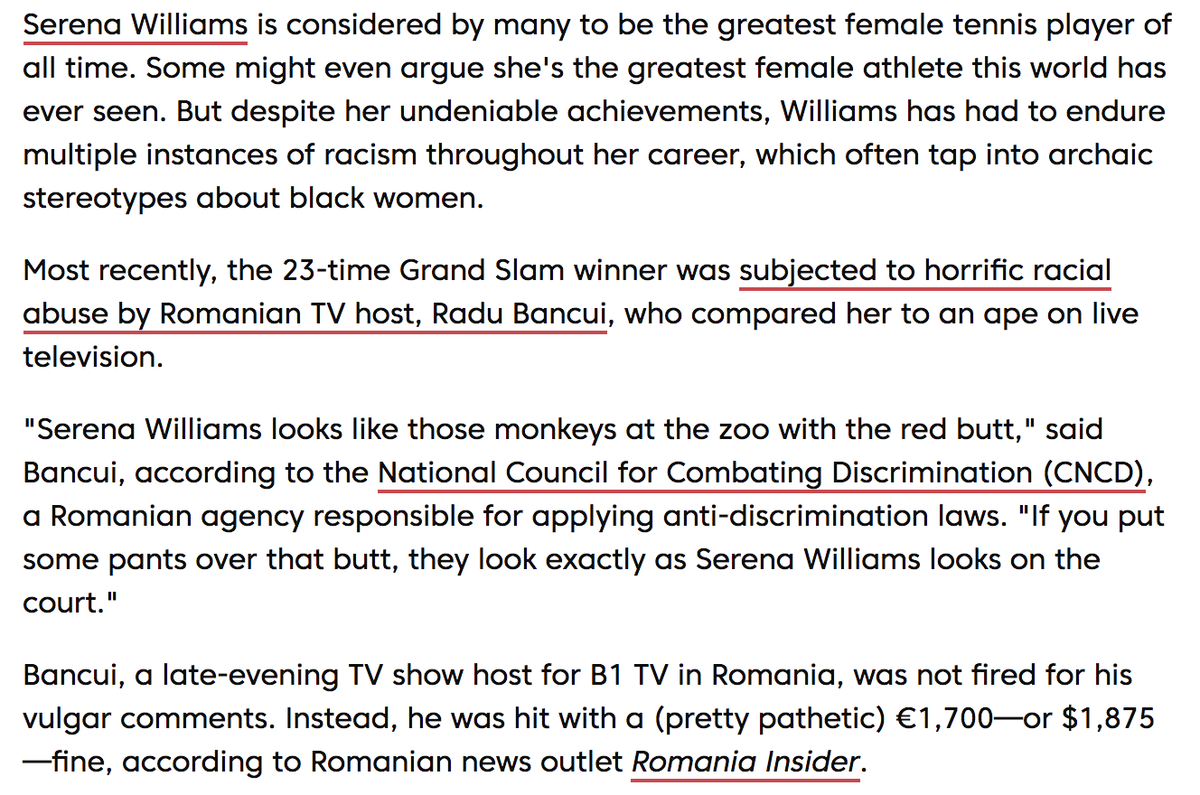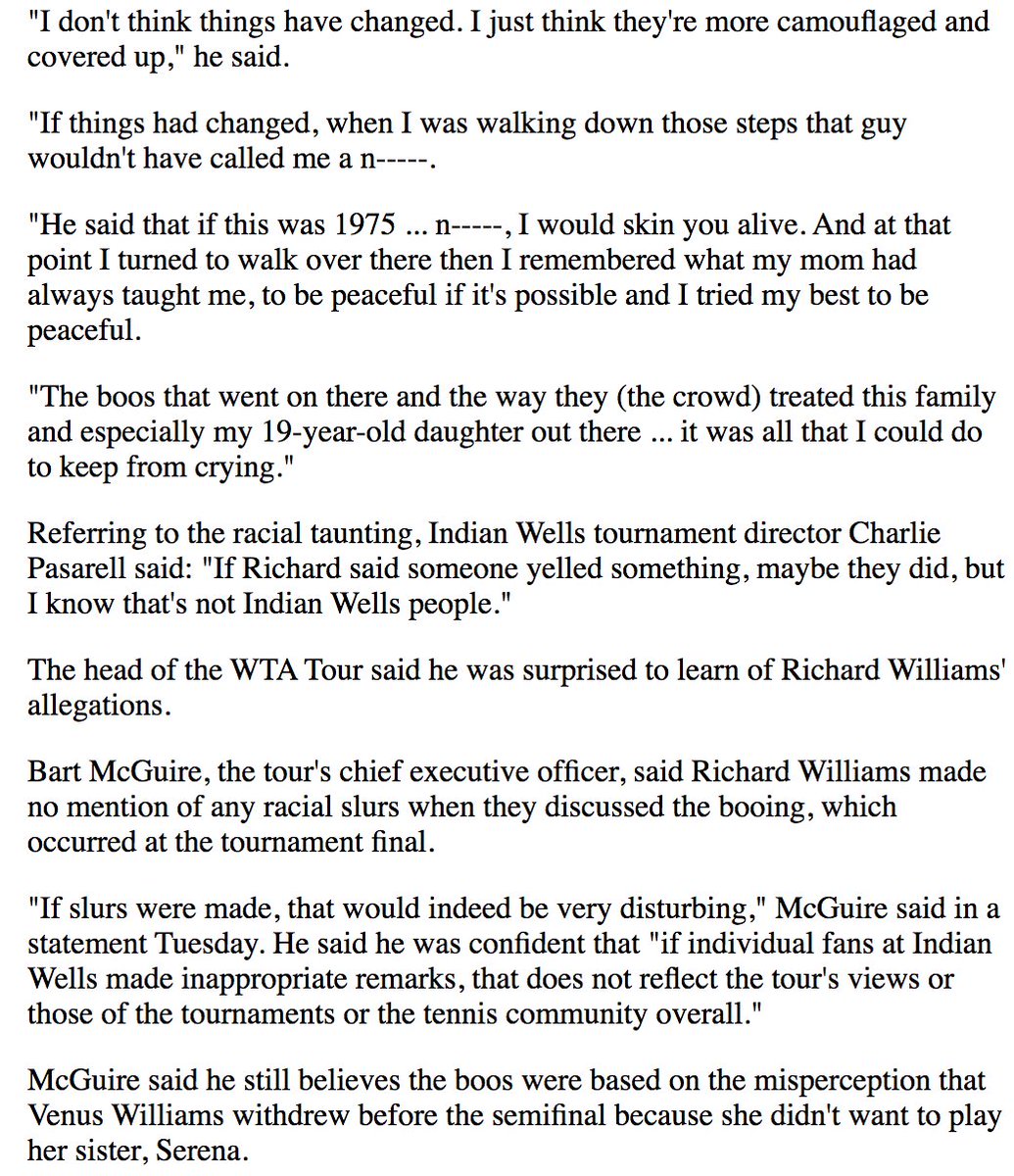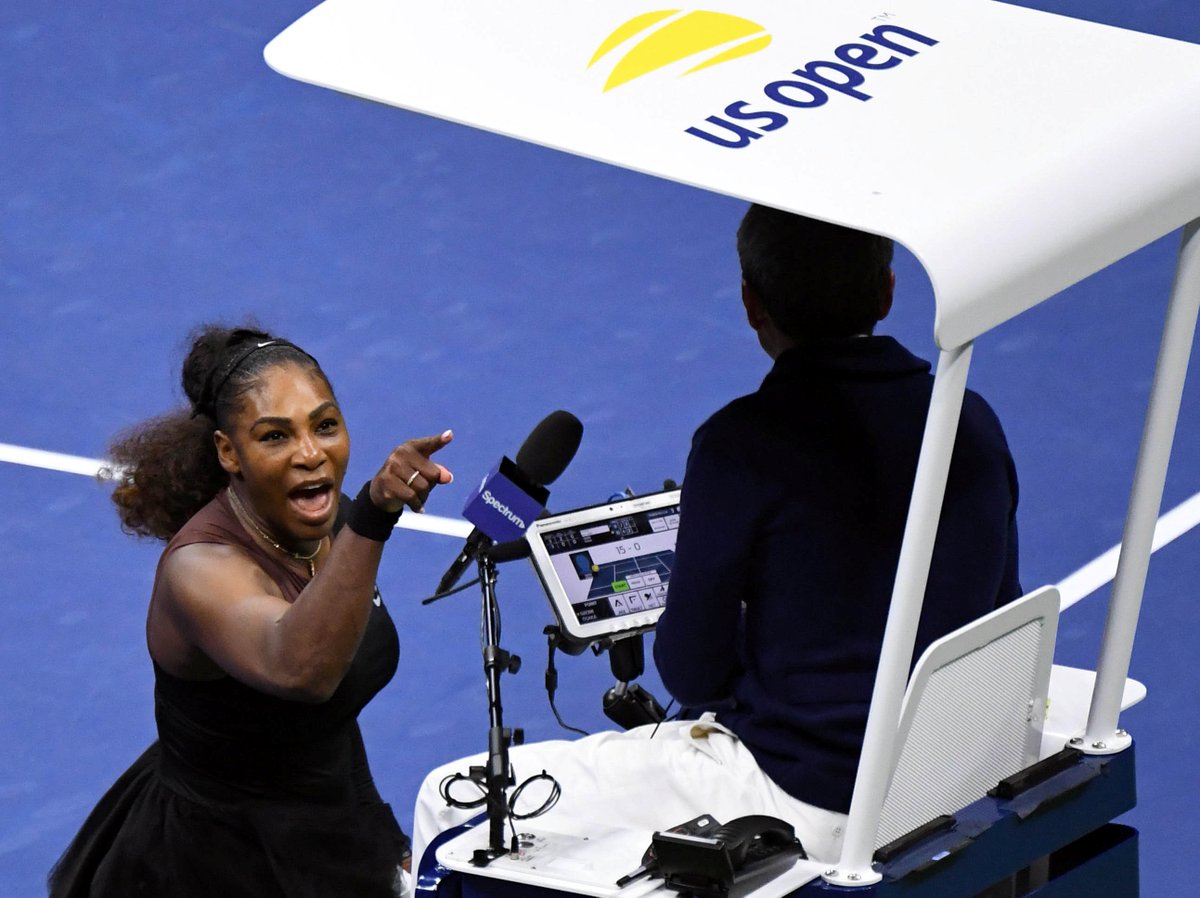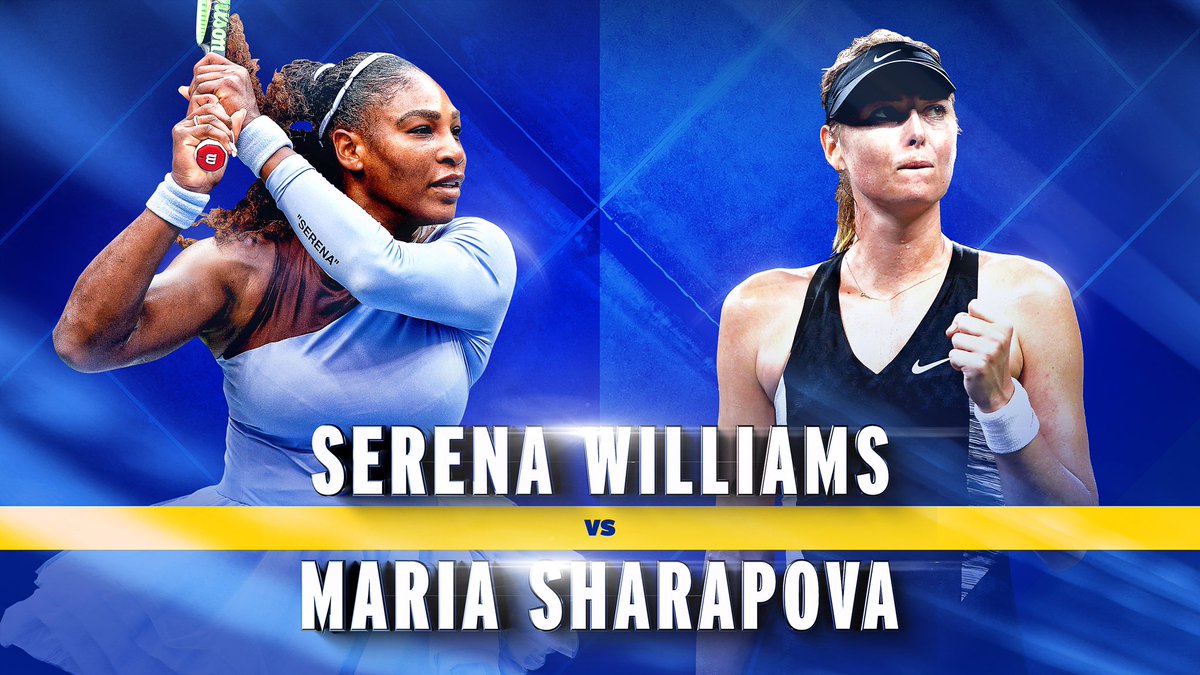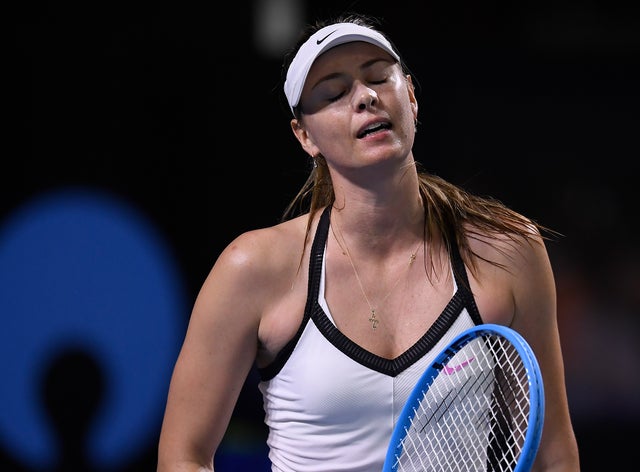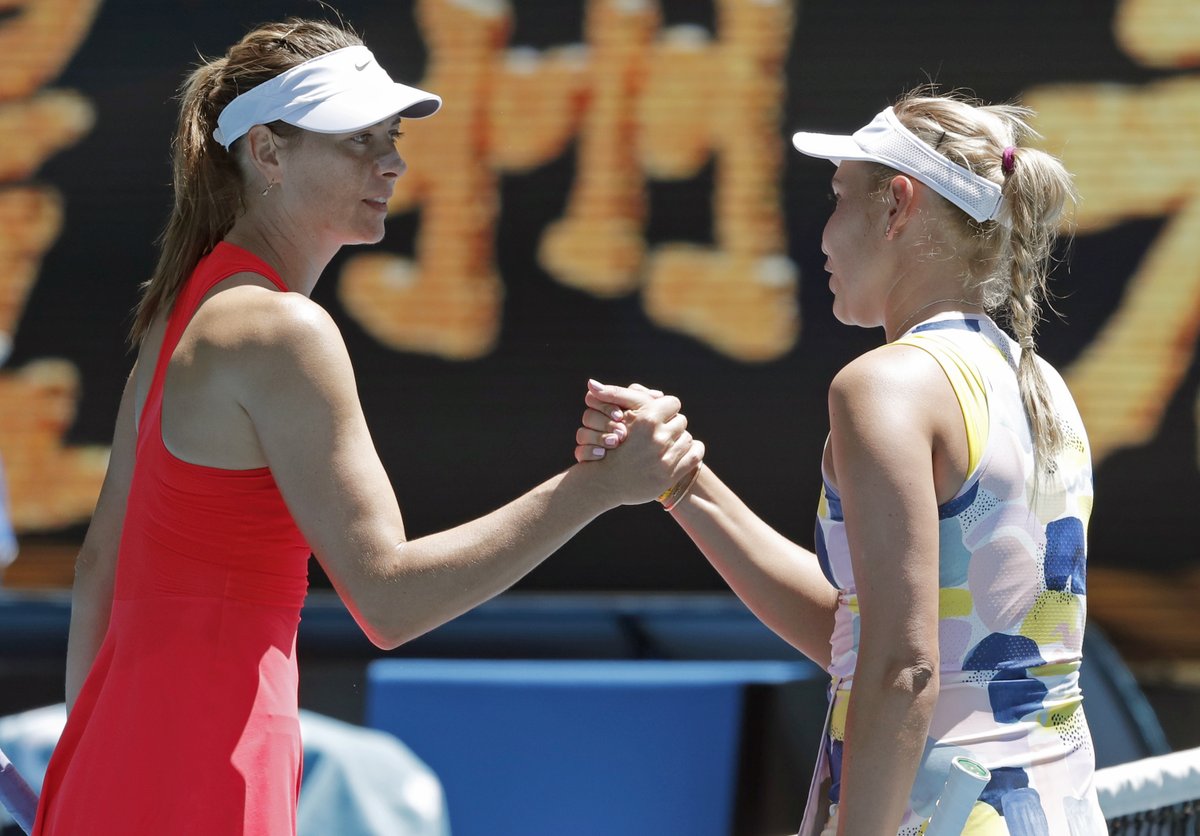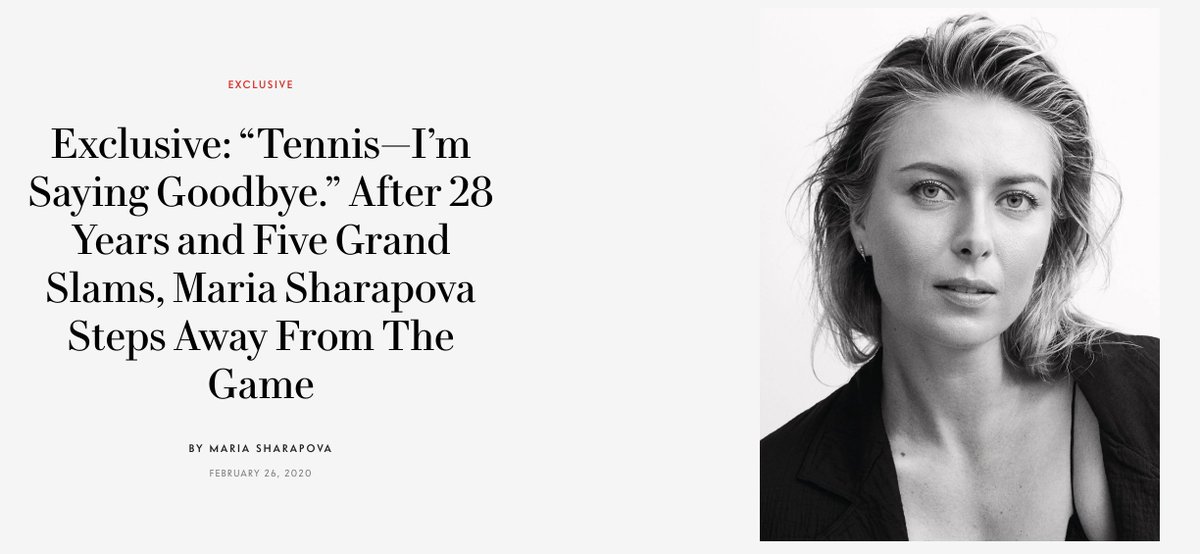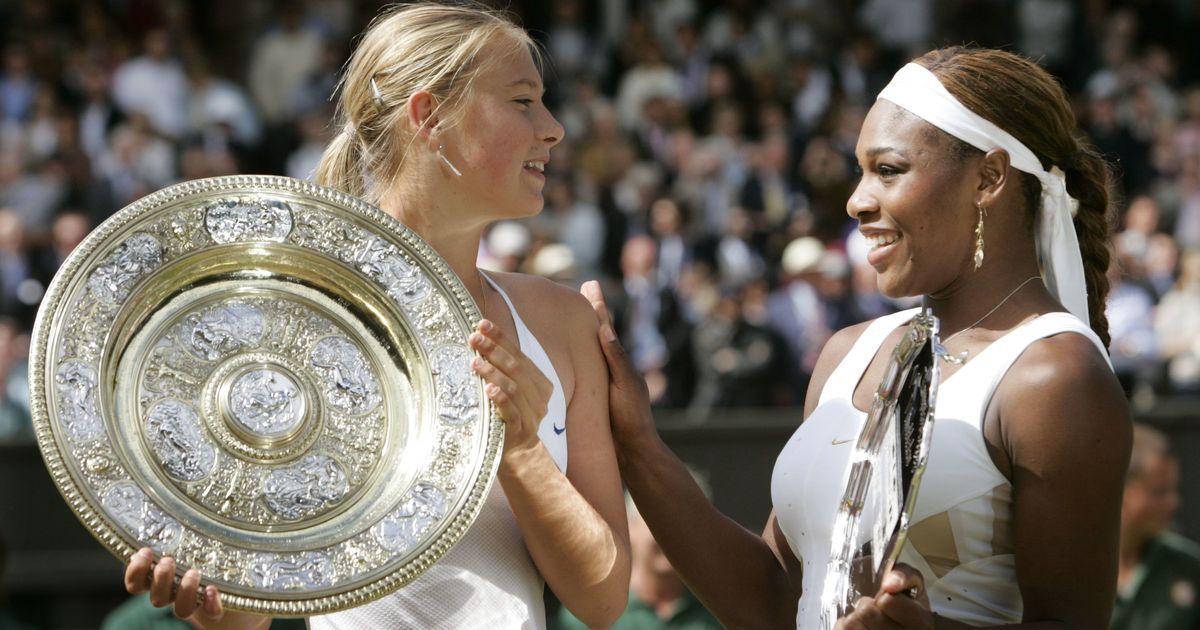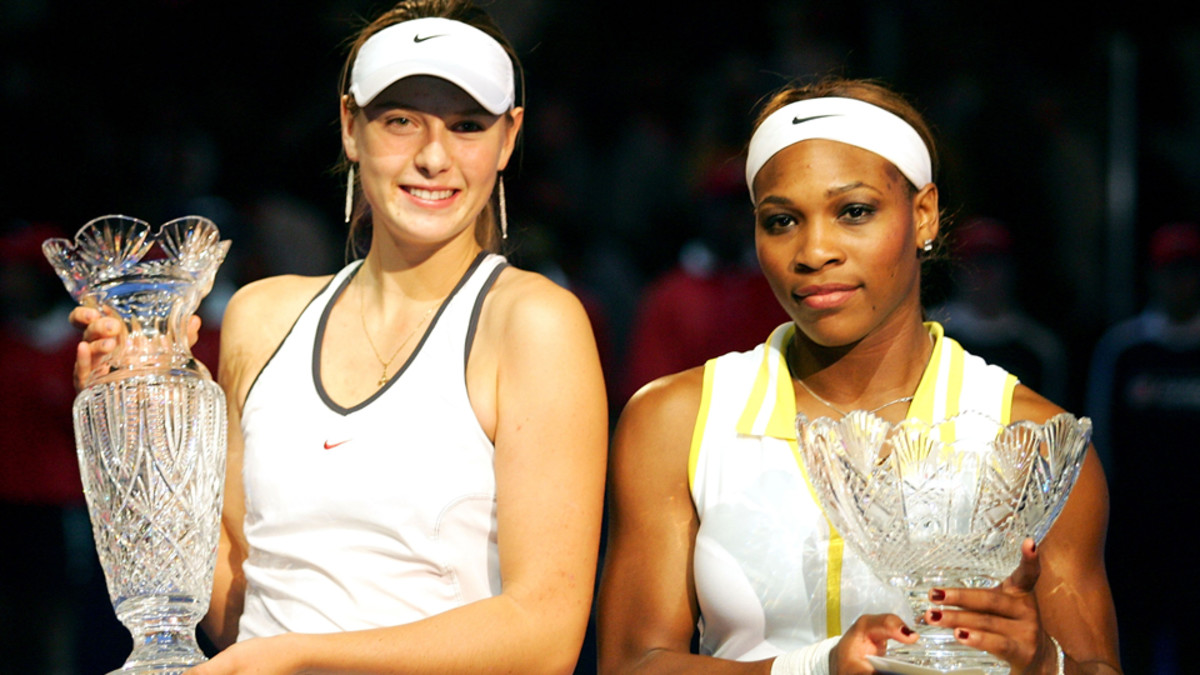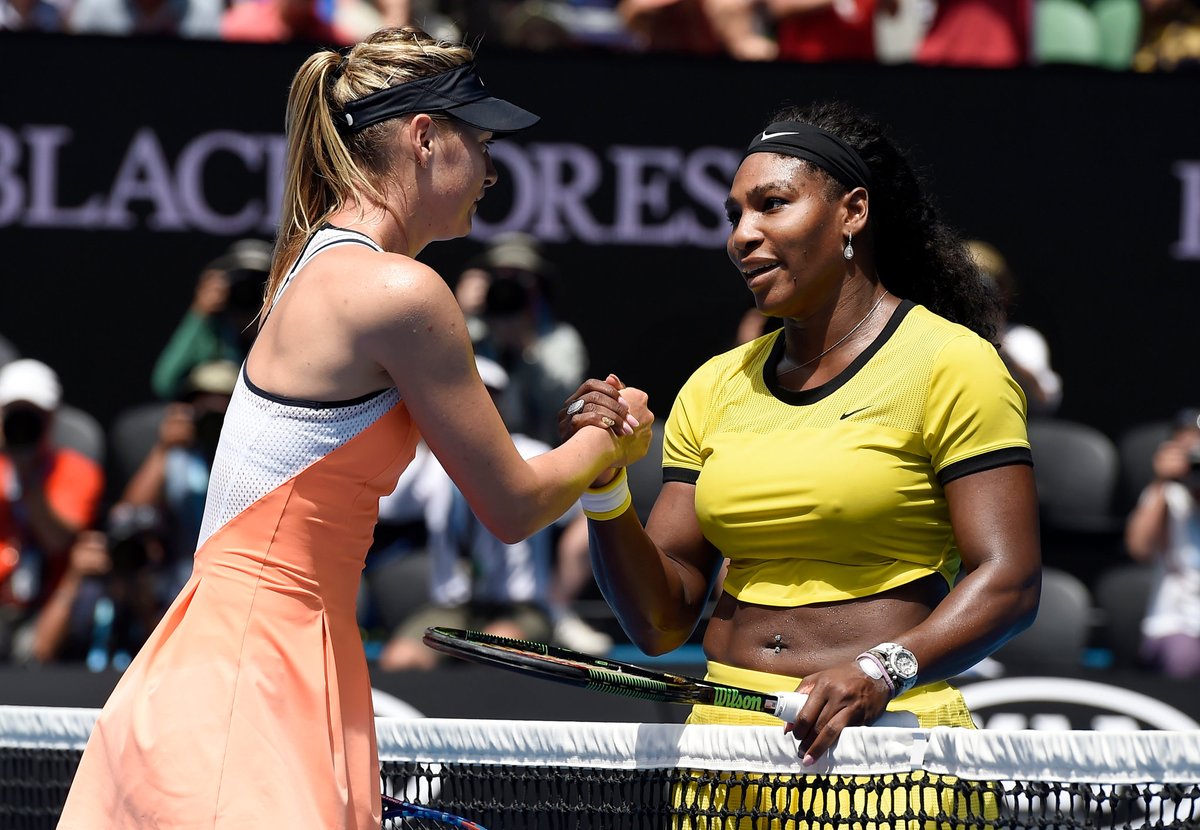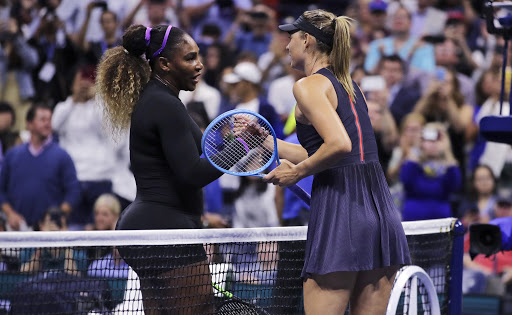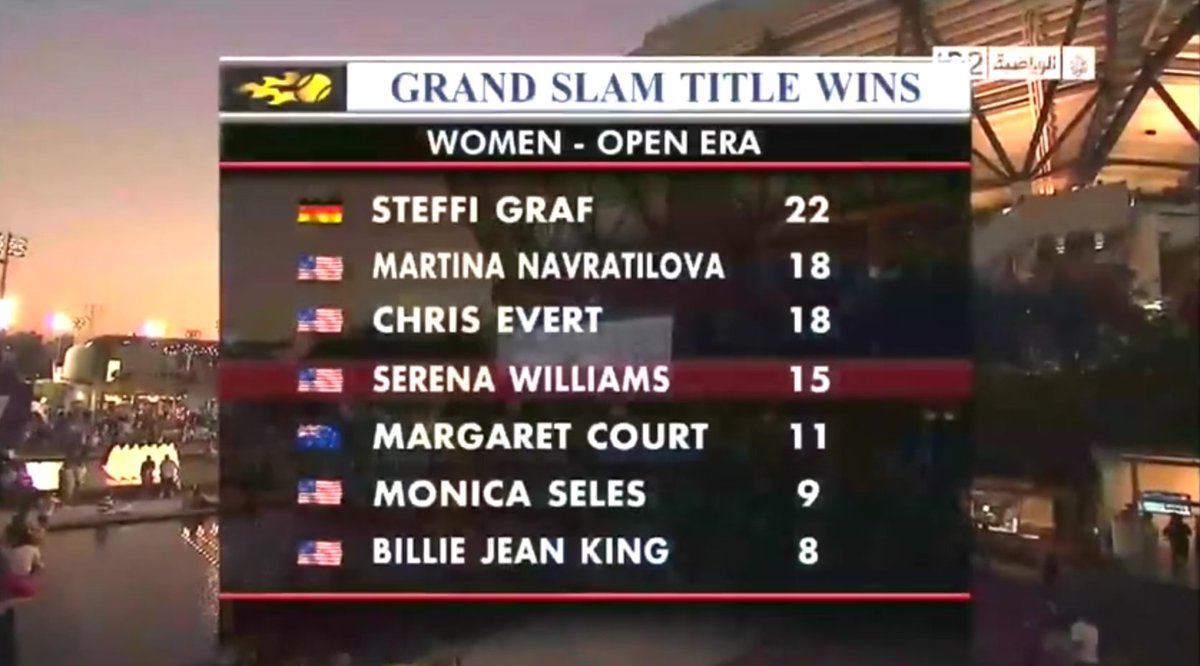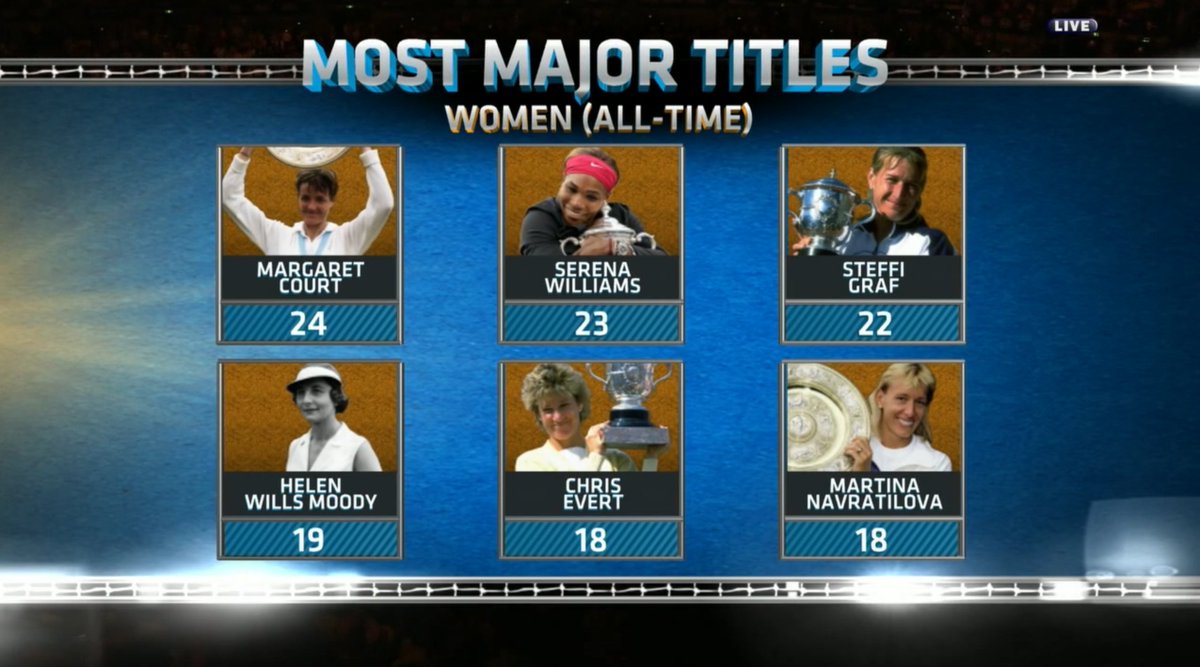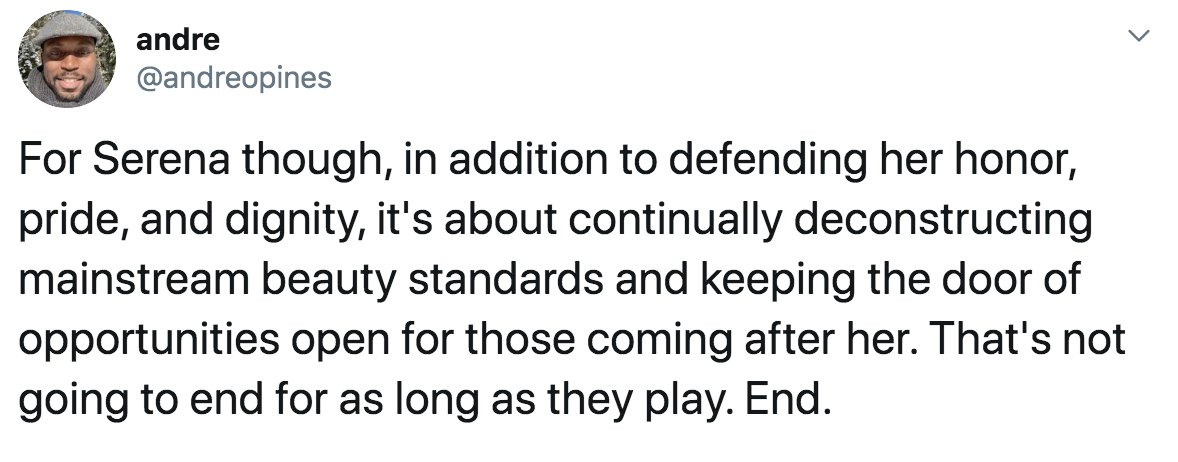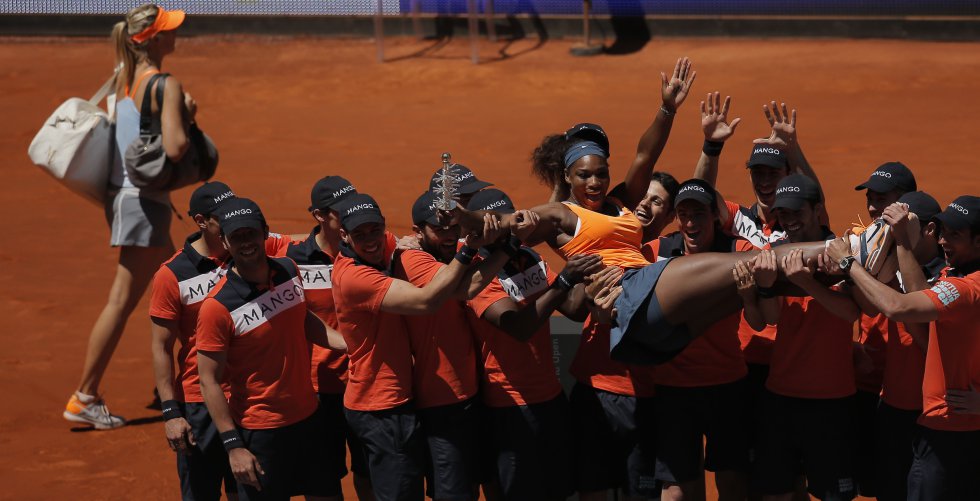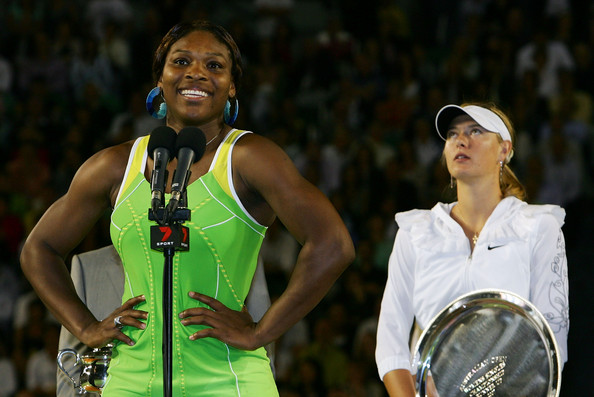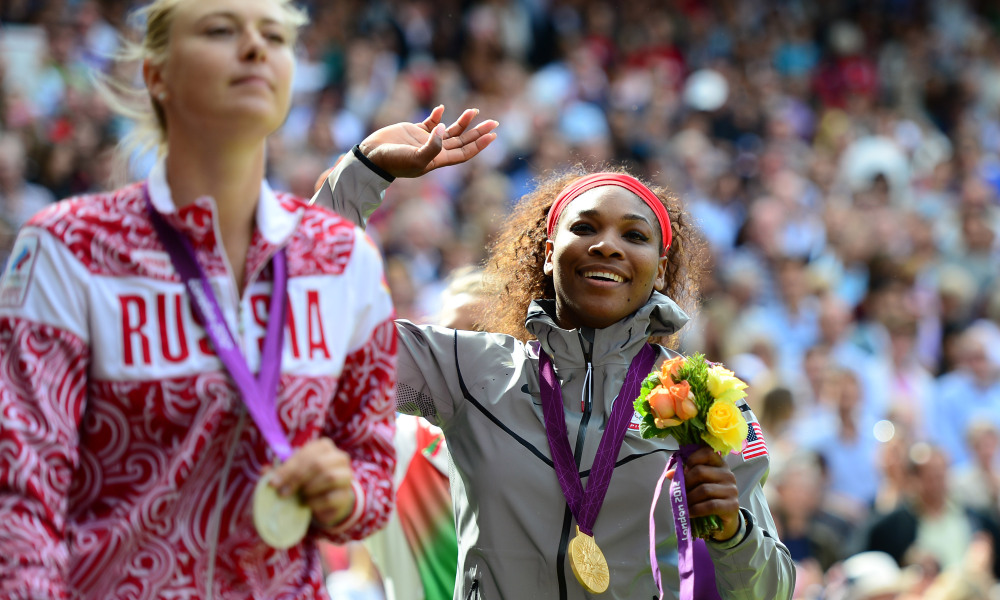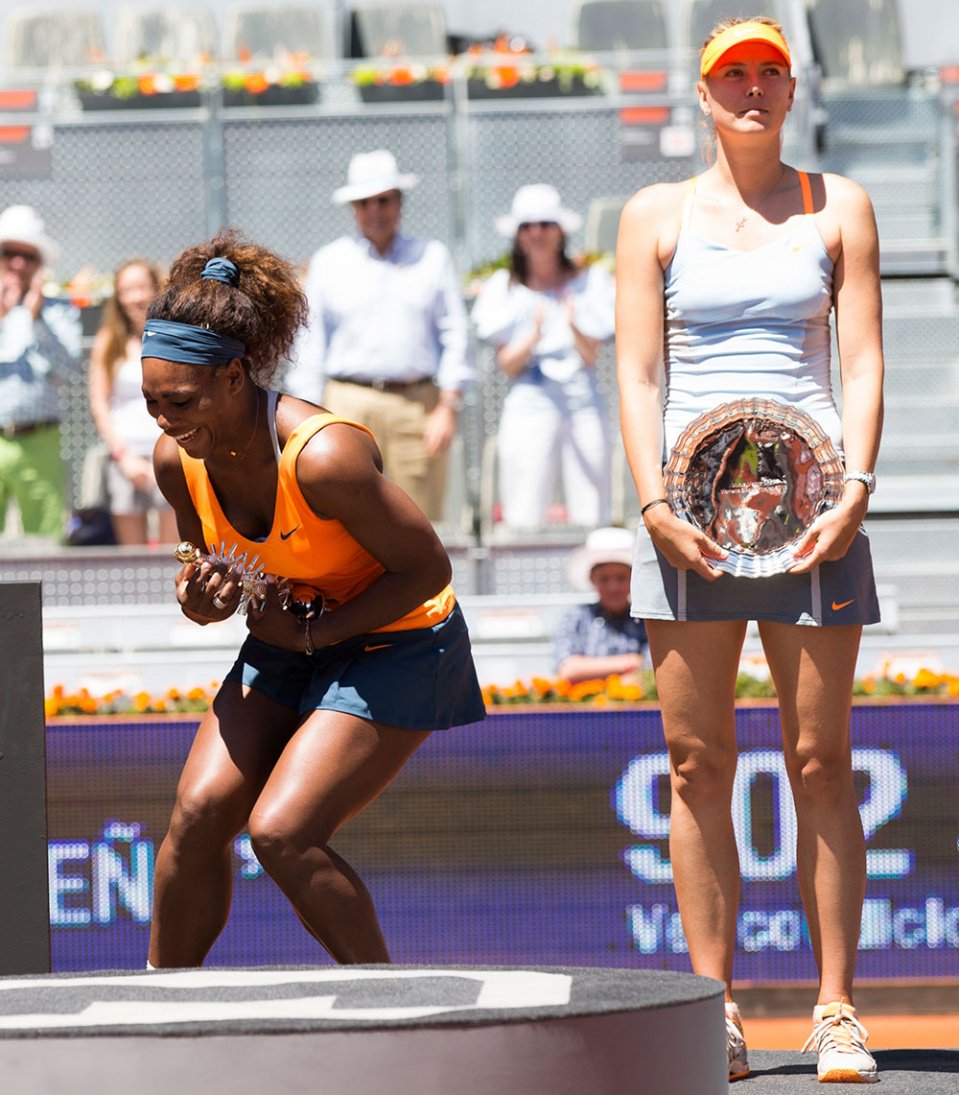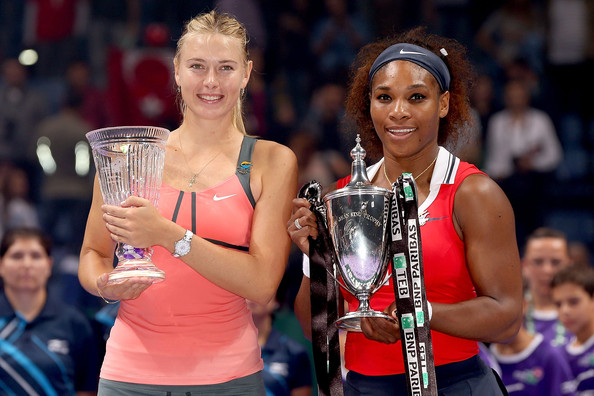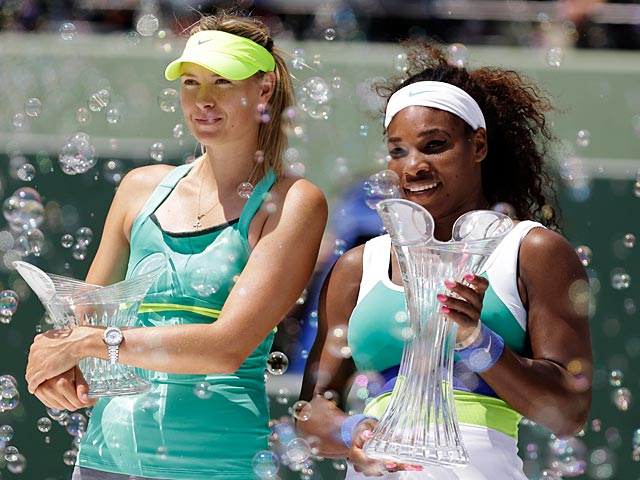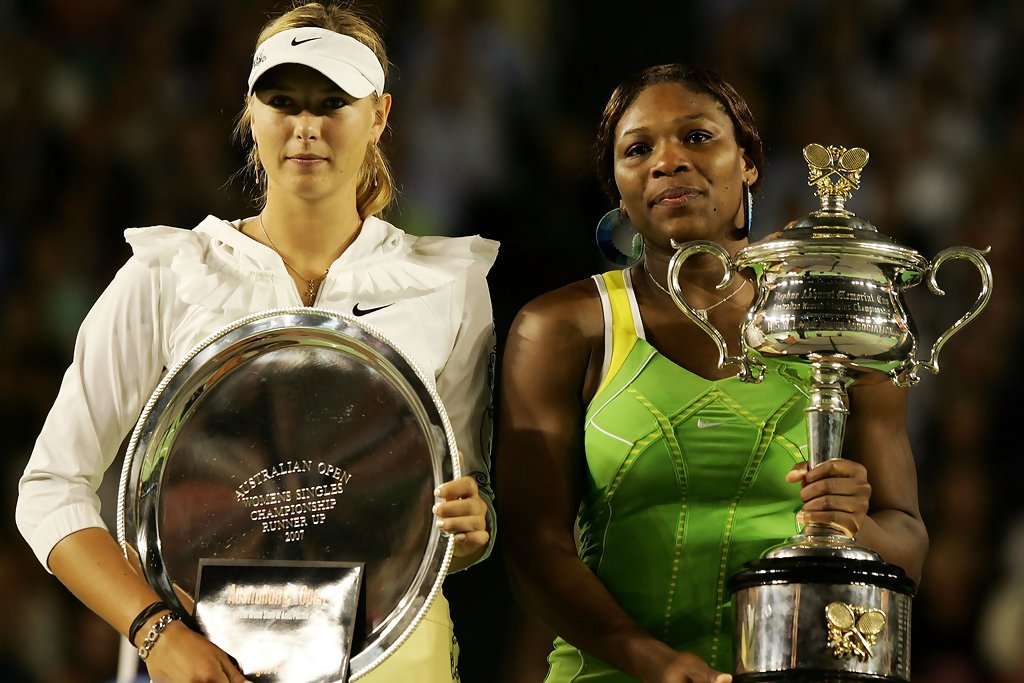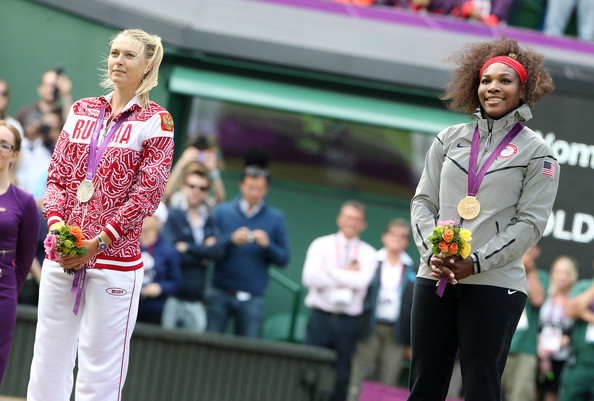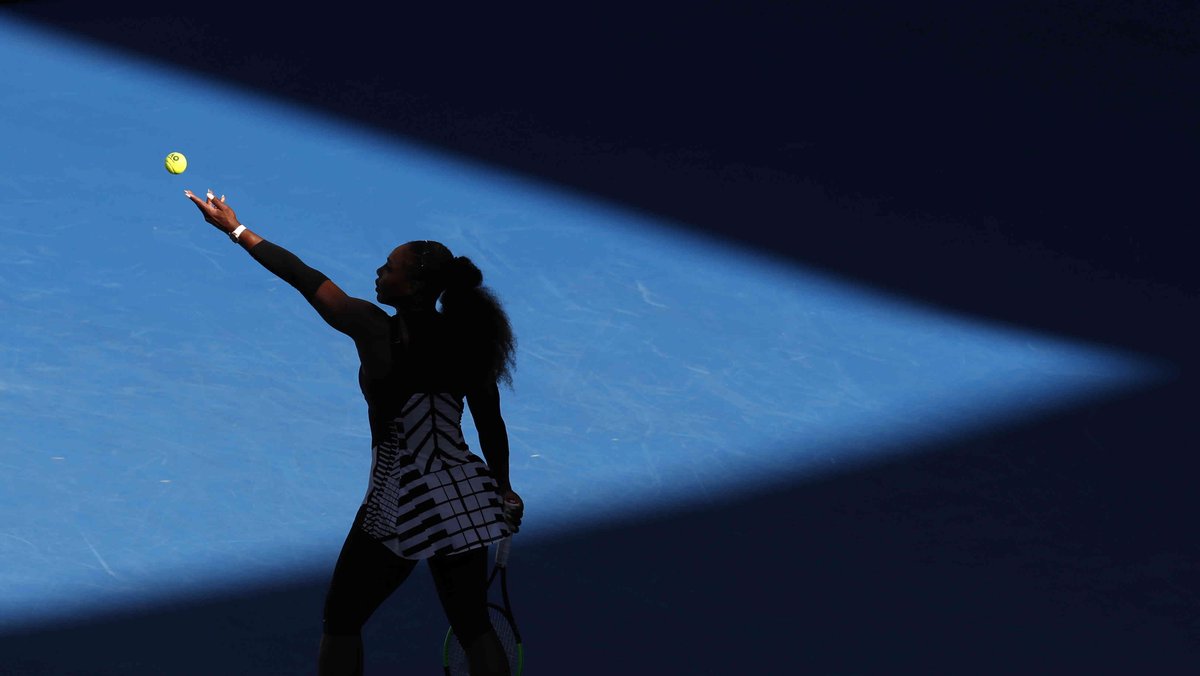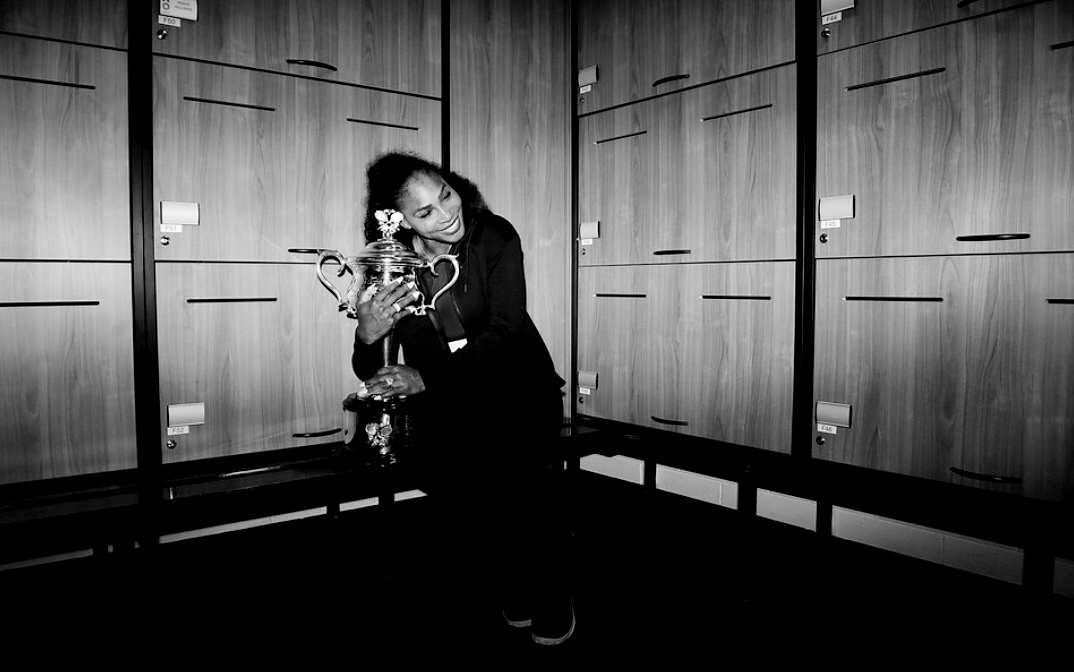The world of tennis was upended by the arrival and establishment of the Williams sisters in the 1990s. Two young African American prodigies, they set about marking their territory, first by Venus, the older sister, who reached the finals of the US Open unseeded.
Two years later, the younger sister, Serena, did one better by winning the US Open, defeating the same opponent her sister faced, Martina Hingis, and firmly heralding a new era of Big Babe tennis and athleticism not previously seen in the game.
Their stinging serves, quick footspeed, and powerful, clean strokes, which were viewed as "unorthodox", brought up the level of the women& #39;s field, forcing other players to either adapt or be left behind.
Their success was by no means celebrated by the American public, or by tennis at large. They were subject to the misogynoir of the traditionally lily-white sport. https://twitter.com/ava/status/1211786908252065792">https://twitter.com/ava/statu...
They were accused of using performance-enhancing drugs, due to their musculature, accused of playing a aggressive kind of tennis with no IQ behind it, and despised for making lives for themselves outside of the sports and building up their brands.
None of this would stop them, however. At the turn of the new millennium, Venus Williams would realize her potential by dominating the women& #39;s field, winning Wimbledon, the US Open and the Olympic gold at Sydney, establishing a 35-match winning streak along the way.
This would lead to her signing a $40 million deal with Reebok, at that time, the largest ever for a female athlete.
Before this deal, another tennis player, Anna Kournikova, was making more money than anyone on the tour through endorsements, due to her looks and appeal, despite lacking the talent and accomplishments of her peers, such as the Williams sisters, Hingis, Seles, and Davenport.
Venus would continue on with her success, defending her Wimbledon title in 2001, defeating Justine Henin 6-1, 3-6, 6-0.
The 2001 US Open would be where the sisters would meet for the first time in a major final. There was much buzz surrounding the potential matchup, in addition to the typical jealousy-bred racism expressed by other players.
A few months earlier, the sisters and their parents had been subject to racial abuse at the Indian Wells final, where Serena was to take on Kim Clijsters. Venus had pulled out of the semifinal a day before, and the family were accused of match-fixing and heckled at the final.
Serena would go on to win the final, much to the chagrin of the crowd, who would continuously boo her. Serena and Venus would then boycott the tournament, returning in 2015 and 2016 respectively.
Around the time of the US Open, both sisters were too focused on the potentially history-making matchup to be too concerned with the disrespect and hatred, both serving to punish their opponents in the semifinal. Serena would dominate Martina Hingis 6-3, 6-2 in 51 minutes.
Venus would take on Capriati in her semifinal match. After being 1-4 down, she would win the next 7 games in a row, taking the first set 6-4 and being up a break at 2-0. Capriati would only win 2 more games after that, Venus taking the victory at 6-4, 6-2.
The hype for the all-Williams final was so great CBS decided to showcase the match on Saturday evening in primetime. Venus would defeat her sister 6-4, 6-2, successfully defending her US Open title.
It was around this time that the Williams sisters were being eyed by young junior players, one of them being 13-year old Maria Sharapova from Russia, who trained at the Nick Bollettieri Tennis Academy in Bradenton, Florida.
Sharapova, being blonde, tall, and Russian, was already being touted as the next Anna Kournikova. However, what Anna lacked in tennis skill, Sharapova more than made up for it, with her powerful baseline game, punchy serve and dangerous backhand stroke.
The Williams sisters no doubt caught the attention of Sharapova, who once watched them practice at the academy through a hole in a wooden shed. Sharapova& #39;s focus was geared towards the younger Williams sister and in this moment, a desire to beat them was born.
The Williams sisters would continue their dominance over the sport, this time with Serena taking the reins and growing into an overwhelming force, the likes of which the sport had never seen.
Unable to play the Australian Open due to injury, Serena would go on to win the State Farm Women& #39;s Tennis Classic in Scottsdale, AZ, the NASDAQ-100 Open, defeating her sister in the semis and Capriati in the final, and the Italian Open in Rome, beating Justine Henin.
The sisters would face each other in the finals of Roland Garros, with Serena claiming the victory at 7-5, 6-3 taking the trophy. She rose to a career high of #2, second to Venus, thus fulfilling their father& #39;s prediction that they would be the top 2 players in the world.
Their next meeting would be in the final of SW19, the All England Club on the grassy surface in Wimbledon. Venus would be unable to defend her title, with Serena winning 7-6 [7-4], 6-3, without dropping a set the whole tournament and taking the #1 ranking from her sister.
Meanwhile, a 15-year old Maria Sharapova would lose in the Wimbledon juniors final to fellow Vera Dushevina 6-4, 1-6, 2-6. During the following Wimbledon ball, Sharapova laid eyes on the female champion Serena and vowed in her heart to "get Williams". A & #39;rivalry& #39; was born.
Another Williams final would come to fruition at the US Open in New York City, a rematch of the previous year, which would once again see Serena come out on top, winning 6-4, 6-3, once again without dropping a set the entire tournament.
A few months later, in January 2003, the sisters would meet again in Melbourne Park at the Australian Open. Serena would win 7-6 [7-4], 3-6, 6-4, her fourth straight final. Due it this not happening in the same calendar year, it was dubbed the "Serena Slam".
Although Serena defended her Wimbledon title against Venus, winning 4-6, 6-4, 6-2, she would undergo knee surgery that would keep her out for eight months. In addition, the family suffered tragedy when their eldest sister Yetunde was killed in a drive-by in September.
In addition to their grief, Venus would start to show symptoms of Sjogren& #39;s syndrome, an autoimmune disease (which would go undiagnosed for 7 years). Once again, Serena& #39;s commitment to the sport was questioned as she focused on other ways to build up her brand and name.
Serena would make a return at the 2004 NASDAQ-100 Open. It would not only kick off her comeback, but put her on a collision course with another player: Maria Sharapova.
This was the moment Sharapova had been waiting for. Now 6 feet tall, she was intimidated by Serena& #39;s physical presence: 5& #39;9", thick arms, thick legs and thick thighs.
Meeting in the fourth round, Serena and Maria faced off, with Serena coming out on top 6-4, 6-3. A & #39;rivalry& #39; was born. Serena: 1. Maria: 0.
Serena would then go on to win the title, her 3rd consecutive win in Miami.
Serena would then go on to win the title, her 3rd consecutive win in Miami.
It would be many months until the two faced each other again, this time in the Wimbledon final. Serena was looking to win the slam for the third consecutive time, and seemed poised to, after beating Amelie Mauresmo in the semifinal 6-7 [4-7], 7-5, 6-4.
Sharapova defeated Lindsay Davenport in her semifinal match 2-6, 7-6 [7-5], 6-1. Coming into the final, she was the underdog, the pressure on Serena. Against all odds, Sharapova would overwhelm the champion in the final 6-1, 6-4, setting a chain of events in motion.
SW: 1, MS: 1
SW: 1, MS: 1
This win would catapult Sharapova into mainstream consciousness and a rise in popularity known as "Maria Mania". She would score multiple endorsement deals with Tag Heuer, Canon, Land Rover, and Motorola.
Sharapova& #39;s win was monumental for the sport, as it finally signified an end to the Williams era. Here was a blonde, white, statuesque player who could match them. Her win was touted as "the best thing that could& #39;ve happened to women& #39;s tennis" by Martina Navratilova.
It was the combination of tennis talent, Anna Kournikova appeal in a Caucasian package that the tennis world was looking for and found in Sharapova. She became the Great White Hope and was expected to dominate the scene for years to come.
Meanwhile, Serena would move forward from this blow at the US Open later on that year. However, she faced a series of bad calls in her quarterfinal match against Jennifer Capriati, eventually losing. The outcome of this match would change the face of tennis forever.
There would be one more meeting that year between Williams and Sharapova at the Tour Championships in the final. Serena would take the first set 6-4, and broke for a 2-1 lead, but a nagging stomach injury would see her lose the next five games and the second set.
Serena raced to a 4-0 lead in the 3rd, Sharapova only winning four points. However, her injury worsened and her level dropped, allowing Maria to reel off the next six games and win the final 4-6, 6-2, 6-4, her 2nd win against Williams. It would be her last.
SW: 1, MS: 2.
SW: 1, MS: 2.
In the new year, both women would set up a semifinal clash at the Australian Open. The match once again saw Sharapova dominating, claiming the first set 6-2. Serena was no longer the favorite to win, with Mary Carrillo stating "this kid& #39;s (Maria) better".
Once again, Serena would be at the receiving end of a bad call. Up 4-3 with a break point on Sharapova& #39;s serve, she would lose a point that would& #39;ve taken her up to 5-3 to serve for the set, after Sharapova hit a ball out of bounds that was not called, the score at deuce instead.
However, this would not deter Williams and she found a way to win the second set 7-5. However, in the 3rd, she would be down 5-4 match point to Sharapova three times. It was that these moments that Williams would turn the heat up.
Williams would save all three match points, leveling the final set at 5-all. This was the turning point in their matchup.
Williams pushed forward, unrelenting in displaying the mental fortitude she was famous for, and found herself with two match points of her own. She took the first and ended out the match, winning 2-6, 7-5, 8-6 in 2 hours and 39 minutes.
SW: 2, MS: 2.
SW: 2, MS: 2.
Williams would go on to win the final against Lindsay Davenport. After being down 2-6 in the first set due to a back and rib injury, she would reel off the last 9 games from 3-all in the 2nd, winning 2-6, 6-3, 6-0, her 7th major championship title. Sharapova would be at home.
2006 brought challenges. Serena was out for most of the year, struggling with injuries and depression, competing in only two slams: the Australian (losing in the 3rd) and the US Open (losing in the 4th). Sharapova would beat Henin in the US Open final 6-4 6-4, her 2nd slam.
In 2007, Serena participated in the Hobart International, just before the Australian Open, losing 6-3, 5-7, 3-6 in the quarterfinal to Sybille Bammer. Williams said "You wish these players would play like this all the time instead of just against me. She played unbelievable."
When she arrived in Melbourne, Serena was #81 in the world and unseeded, facing an extremely tough draw. Out of shape and lacking match play, she was in a difficult position, worsened when a Nike rep told her under no uncertain terms that she must do well to keep her contract.
However, once again, Serena was at the mercy of naysayers, who called her "fat", a "cow", and predicted that she would have no chance to even make the second week. One of those people was former player Pat Cash, who labeled her a lost cause, citing the depth of the women& #39;s game.
Serena, on guile, guts and sheer determination, reached the finals, where she would meet a familiar opponent: Maria Sharapova, the #1 player in the world. Former slam champion Tracy Austin wrote her on article on the impending final, giving Serena no chance.
Serena was aware of the criticisms and used them to fuel her fire for the final match against Sharapova.
On January 27th, 2007, Serena Williams and Maria Sharapova faced off for the fifth time. However, this would not be like the other matches. Serena came out in imperious form, racing to a 5-0 lead in 19 minutes, closing out the set 6-1.
The second set would see no drop in level from Williams, who kept the pressure piled upon Sharapova, extending to a 4-0 lead, two games away from winning her eighth slam. Tennis pundits were stunned at this performance from Williams as she brutalized her opponent with no mercy.
Williams would serve out the set at 5-2 flawlessly, winning the championship 6-1, 6-2, defeating the #1 player in the world, rising from #81 to #14 and doing it unseeded and playing her way into form.
"Maria Sharapova has never received such a spanking in a Grand Slam event"- Dick Enberg.
Williams finished with 28 winners and 11 unforced errors, 7 aces and never lost serve, but broke Sharapova four times. Sharapova ended with 12 winners and 13 unforced errors, as well as 6 double faults and took none of the two break point opportunities.
SW: 3. MS: 2.
SW: 3. MS: 2.
"I look forward to playing her many more times...and winning a few, I hope"- She never would. Their 2005 match may have marked a turning point, but this match solidified it.
The two women would meet later on in the fourth round of the Sony Ericsson Open, as they had in 2004. After beating Venus Williams 2-6, 6-2, 7-5, Sharapova was routed 6-1, 6-1. "What am I supposed to do when every ball is one inch from the baseline?" Sharapova told Rennae Stubbs.
Serena reached the final of the Sony Ericsson Open, where she defeated Justine Henin 0-6, 7-5, 6-3.
Once again, Sharapova was at home.
SW: 4, MS: 2.
Once again, Sharapova was at home.
SW: 4, MS: 2.
It would be a year until the two played each other again, this time at the Family Circle Cup in Charleston, their first meeting on clay. Sharapova was the winner of the Australian Open and Amelia Island Championships, while Serena had just defended her Sony Ericsson Open title.
A highly contested match, Serena was down 3-5 and set point to Sharapova before saving it and winning the next four games. In the 2nd, she was down 2-5, 0-40, but broke back and held for 4-5, then lost the set. In the 3rd, she raced to a 5-0 lead, then took it 6-1.
SW: 5, MS: 2.
SW: 5, MS: 2.
Due to a shoulder injury that would plague her for the rest of her career, Sharapova would be out for the rest of the year, returning 10 months later. In this time, Williams would win the US and Australian Opens and was the favorite for almost every event.
Pundits, such as Mary Carrillo, were now begging for Serena to stay "focused and committed" to the sport, when just years earlier, were stating how inferior she was to Sharapova. It was due to Serena& #39;s 2007 Australian Open performance that they began to change their minds.
In early 2010, just before the Australian Open, Sharapova renewed her deal with Nike for an unprecedented $70 million, the largest deal ever for a female athlete, despite not winning a slam in two years. She was knocked out in the 1st round by another Russian Maria: Kirilenko.
Serena, however, despite multiple injuries and pains, would win her 12th slam final and defend her title, beating Justine Henin 6-4, 3-6, 6-2.
Gone were the days when Pat Cash would have to issue an apology for doubting Serena Williams. Gone were the days when Tracy Austin would need to delete and replace a naysaying article with one in praise of Serena. Serena was firmly at the top of the tennis ladder.
Wimbledon 2010 was the site of their next meeting. A rematch of their 2004 final, the women met in the fourth round and played a highly intense first set, in which both held set points. Williams edged Sharapova out with a booming ace down the middle, taking it 7-6 [11-9].
Serena would not let go in the 2nd set, winning that 6-4, her fifth consecutive win over Maria and sixth overall. She would go on to win the major tournament without dropping a set, defending her 2009 title.
SW: 6. MS: 2.
SW: 6. MS: 2.
After her Wimbledon win, Serena stepped on broken glass outside a restaurant and injured her right foot, unable to play for the rest of the year. After having two surgeries on the foot, she was hospitalized with a hematoma and pulmonary embolism. She returned in June 2011.
Now ranked #169 in the world, Serena set up a quarterfinal clash with Sharapova, ranked #5 in the world, at Bank of the West Classic in Stanford, crushing her 6-1, 6-3. Williams would defeat Marion Bartoli in the final 7-5, 6-1.
SW: 7, MS; 2.
SW: 7, MS; 2.
In 2012, Maria and Serena met for the 10th time on the newly-introduced blue clay courts of the Mutua Madrid Open. Serena came out on top 6-1, 6-3 and won the tournament, beating Victoria Azarenka, the #1 player in the world, by the same scoreline.
SW: 8, MS: 2.
SW: 8, MS: 2.
At the French Open in Paris, Serena was knocked out by Virginie Razzano in the first round and Sharapova won her fourth slam, her first in four years, completing the Career Grand Slam, having won all four majors. Earlier that year, she lost to Azarenka at the Australian Open.
Williams rebounded by teaming up with Patrick Mouratoglou and retooling her game. She would win Wimbledon, her first slam in two years, as well as the Bank of the West Classic, in prep for the Olympic Games, which would be held in Wimbledon. However, no one would be prepared.
Serena stormed through her Olympic draw, dropping 16 games en route to the final, where she met Sharapova. Both women were in contention for the Career Golden Slam, comprised of all four majors and a gold medal in singles.
Serena embarrassed Sharapova in front of a global audience, losing only one game and adding a gold medal to her accomplishments. She now held a Career Golden Slam in both singles and doubles and would win her 3rd doubles gold with sister Venus.
SW: 9, MS: 2.
SW: 9, MS: 2.
At this point, the gap between Serena and Sharapova, and Serena and the rest of the field was undeniable. While Sharapova was still the highest-paid female athlete (since 2004, due to her Wimbledon victory over Serena), Serena was head and shoulders the greatest.
To thrash Sharapova so soundly on the same site where she had lost to her heavily eight years prior, Serena was making another statement, which was there was no Big 3 on the WTA. Just Serena and the Other Girls.
Gone were the days where the tennis powers were loudly clamoring for their Great White Hope Sharapova to save them from the dominance of the brutish Williams. The narrative had flipped. Serena was The One. Sharapova and the others were good, but they weren& #39;t Serena.
Serena closed out the summer by winning the US Open, beating world #1 Victoria Azarenka 6-2, 2-6, 7-5, who defeated Sharapova 3-6, 6-2, 6-4 in the semifinal. Azarenka won Melbourne, Sharapova won Paris, Williams took London and New York. This was Serena& #39;s 15th slam.
Serena closed the season by going undefeated in the early matches of the WTA Championships, demolished Aga Radwanska 6-2, 6-1 in the semifinal and overwhelmed Sharapova 6-4, 6-3 in the final without facing a break point. This was her 9th consecutive win over Maria.
SW: 10, MS: 2.
SW: 10, MS: 2.
The 2013 Australian Open provided a chance for both Serena and Maria to attain the #1 ranking. However, Serena fell to compatriot Sloane Stephens in the quarterfinals and Maria was routed by Li Na in the semifinals, allowing Victoria Azarenka to win the slam and keep her ranking.
Serena had suffered from a back injury during her match against Stephens and had also twisted her ankle in her first round match. She tweeted a picture with a simple caption: "Ouch". Sharapova, who was new to Twitter, decided to post some not-so subtle shade about Williams.
Off the court, there had been no noticeable outward displays of tension between Sharapova and Williams previously. In fact, they had even been on somewhat friendly-ish terms in those times.
Not including the 2007 free association interview that Serena did with People Magazine, in which she named her opponent as "something overrated".
Perhaps Sharapova was feeling a little bit of the pressure Serena felt all those years ago when she played second fiddle to Maria. Perhaps it was due to insecurity over Grigor Dimitrov, a young, promising player on the ATP who had previously dated Serena and was now with Maria.
Serena, however, was mainly concerned with taking the #1 ranking for the first time in almost three years and got another chance to do so at the 2013 Qatar Open. After defeating Petra Kvitova in the quarterfinals, she took the ranking and held onto it for 186 consecutive weeks.
This win set up another match between Sharapova and Williams in the semifinals. Williams delivered a 6-3, 6-2 beating, a 10th straight victory.
SW: 11, MS: 2.
SW: 11, MS: 2.
The two would meet in the Sony Ericsson Open a month later. Fresh off her win at Indian Wells, Sharapova was looking to win the Miami final to complete the Sunshine Double feat and came out swinging, taking the first set 6-4 from a subpar Williams, her first in five years.
Serena quickly broke for a 2-0 lead in the 2nd set, but Maria would win 3 games in a row and take the lead again. Poised to be handed her first loss to Sharapova in almost nine years, Williams locked into unplayable mode and won the next four games to take the set 6-3.
4-6, 6-3, 6-0. From 2-3 down in the 2nd, Williams won the next 10 games of the match, didn& #39;t face another break point and denied Sharapova the chance to win in Miami for the first time, while gaining her 6th title, tying the record set by Andre Agassi.
SW: 12, S: 2.
SW: 12, S: 2.
The clay season would begin shortly after Miami. Each player took a title before they would meet again: Serena on the green clay courts of the Family Circle Cup in Charleston, and Maria on the red indoor clay courts of the Porsche Tennis Grand Prix in Stuttgart.
After her first match at the Mutua Madrid Open tournament, Sharapova was asked in a press conference about recent comments by Sloane Stephen on Serena. Instead of minding her business, Sharapova responded, saying it was nice to see Stephen& #39;s honesty.
Unfortunately, Sharapova’s mouth was not backed up by her game. She would meet Serena in the final, where the #1 ranking in contention. Serena would rout Maria 6-1, 6-4, winning her 50th title on tour (her first on the red clay in 11 years) and keeping the #1 ranking.
Their fourth and final meeting of the year was at the Roland Garros final. Sharapova was the defending champion and Serena was looking to win it for the 2nd time. 11 years to the day after winning her first against sister Venus, Serena took the match 6-4, 6-4, her 16th slam.
In the post-final presser, Sharapova would compare Serena& #39;s serve to that of a male player, and stated "if I was built like Serena, I hope I& #39;d be able to hit a big serve like that too".
In a Rolling Stone interview, published just before Wimbledon, Serena was overhead having a phone conversation with her sister about a female player that the writer assumed was Sharapova.
Sharapova fired back with some cutting comments during a Wimbledon press conference, while forgetting how she spent some of her own time earlier that year talking about Serena.
Serena apologized to Maria for the situation and was aware of Maria& #39;s remarks about her relationship with coach Patrick Mouratoglou. The two would not face each other until the new year, Serena winning the US Open and Sharapova being out for the rest of the year due to injury.
In an interview with Larry King, Sharapova was asked about Serena and the rivalry.
When asked about the disparity between herself and Serena in endorsements, Sharapova put the reason down to an individual& #39;s personal strengths and weaknesses pertaining to the business side of things.
In the same interview, Sharapova credits her strength as the reason why she fired back at Williams during Wimbledon.
At the end of the year, Sharapova was featured in a New York Times piece, where she made it clear that while she greatly respected Williams on the court, that respect did not necessarily translate off the court.
Serena, as usual, kept her mouth shut and let her tennis do that talking, and when the ladies met in the 2014 Brisbane International, a tune-up before the Australian Open, she handed Sharapova a 14th consecutive defeat, beating her 6-2, 7-6 [9-7].
In the presser after the match, Sharapova said she "just found fourteen different ways of how not to win".
After winning the Brisbane International, Serena would defend her Miami title, but not before meeting Sharapova in the semifinal, a rematch of last year& #39;s final. Sharapova once again got off to a strong lead, ahead 4-1, but Williams would win the next five games to win the set.
In the 2nd set, Sharapova started off strong again and had points for a 3-0 lead, but Williams came firing back, and at 2-3 on serve, won 11 straight points, eventually winning the set 6-3 and the match.
SW: 16, S: 2.
SW: 16, S: 2.
Both women would win a major title that year, Sharapova winning her 2nd French Open and 5th major, and Williams winning her 3rd consecutive US Open (6 in total) and 18th slam, tying her with Chris Evert and Martina Navratilova.
However, try as she might, Sharapova could not win the Grand Slam that was and is Serena Williams. At one point, she was so desperate to do so she hired a video analyst to help her figure out a way to defeat Serena. It would be to no avail.
Sharapova was looking forward to the chance of playing Williams at the 2014 WTA Championships and taking the #1 ranking. Williams was not in top form, struggling with a knee injury that caused her to pull out of two tournaments in the Asian swing.
Sharapova was knocked out of the tournament, losing to Petra Kvitova and Caroline Wozniacki. Williams was routed by Simona Halep 6-0, 6-2 in the early stages, but hung on (thanks to Halep winning a set over Ivanovic), and faced her again in the final, crushing her 6-3, 6-0.
Once again, Sharapova found herself across the net from Williams in the Australian Open final in the new year. Serena had to battle both illness and an in-form Maria, but took the first set convincingly at 6-3.
The 2nd set was a high-quality demonstration of power tennis, winners slapped and lines painted all over the court. Maria played lights out, but couldn& #39;t overcome Serena in the tiebreak, who, after a let call, served to the same spot out wide with a 123mph ace. 6-3, 7-6 [7-5].
Serena noted in a post-match interview how Maria raised her level and the importance of playing well against her.
Serena also revealed that she vowed to play better against Sharapova after losing to her in Los Angeles back in November 2004.
In her post-match press conference, Sharapova gave her own perspective on her losses, noting how much it says for her to be getting to finals to play against Serena and how proud she was to be playing in the Serena era.
The Australian Open victory marked Serena& #39;s 19th major title, taking her above Evert and Navratilova, and her 19th match against Sharapova, the record now being 17-2, 16 of them consecutive wins. Williams would win Miami and Roland Garros ( #20), while Sharapova would win Rome.
The 2014-2015 year was another example of Serena& #39;s exemplary talent, athleticism, and will to win as she drove further towards the highest reaches of the sport.
Well on her way to completing the Serena Slam 2.0, Serena faced Maria in the Wimbledon semifinal. Being two points from losing to Heather Watson in the 3rd, having faced Venus and Azarenka, this was the least worrisome match for her, one that she didn& #39;t even need a game plan for.
Serena would dispatch Sharapova 6-2, 6-4, winning 25 of her 29 1st serve points and without facing a break point for the entire match.
SW: 18, MS: 2.
SW: 18, MS: 2.
Serena would go on to win her 21st major title, defeating Garbine Muguruza 6-4, 6-4, completing the Serena Slam 2.0. Sharapova would sit out the season due to injury until late September.
Serena would not get the chance to complete the Calendar Year Grand Slam, falling to Roberta Vinci in the US Open semifinal. She reset the following year in Melbourne and met Maria in the quarterfinal, a rematch of last year& #39;s final. 6-4, 6-1, 18th consecutive win.
SW: 19, MS: 2.
SW: 19, MS: 2.
On January 26th, 2016, the same day she lost in the quarterfinals to Serena Williams, Maria Sharapova was took a drug test. On March 7th, 2016, she held a press conference in Los Angeles.
This was an entire shock to the world of tennis.
Sharapova was banned provisionally for 2 years.
Serena Williams was one of the few athletes on tour to offer words of support.
After failing to break through at the Australian and French Opens, losing to Angelique Kerber and Garbine Muguruza in the finals, Serena finally broke her slam drought at Wimbledon, beating Kerber 7-5, 6-3, defending her title and matching Steffi Graf& #39;s record of 22 slams.
Meanwhile, Sharapova appealed and her sentence was reduced from 2 years to 15 months, allowing her to return in April 2017.
However, Sharapova decided the ITF wanted to make an example out of her.
She was also asked about her mindset when stepping on the court against Serena.
Meanwhile, Serena was prepping for the first slam of the new year. After losing in a warmup tournament in Auckland, where she made 88 unforced errors in a match, she turned up her level once she got to Melbourne, reaching the final to face her most familiar opponent: Big Sis.
This was the first all-Williams final in almost eight years. Serena was looking to break the record for most slams won in the Open Era, while Venus was looking to break her almost nine-year slam drought. This was their ninth meeting in a slam final, Serena winning the h2h 6-2.
Serena would prevail 6-4, 6-4, attaining major title #23, surpassing Steffi Graf for the most in the Open Era.
On April 19th, 2017, Sharapova turned 30 years old and was preparing for her return a week later. However, on that same day, Williams stole the spotlight with some news of her own....
Serena Williams confirmed her pregnancy later that day, meaning she would be out for the rest of the season. In addition, this also meant she was around nine weeks pregnant when she won the Australian Open, which she did so without dropping a set.
Sharapova returned on April 26th to the Porsche Tennis Grand Prix in Stuttgart, where she reached the semifinals. While many thought that with Serena gone, Sharapova would capitalize, she would win nothing until the end of the year, taking the Tianjin Open title.
During the press tour, Maria discussed Serena in-depth and at length.
When asked whether or not race played a factor in endorsements, Sharapova said "I don& #39;t think it does".
Serena became the top-earning female athlete in 2016, surpassing Sharapova who had held that spot for 11 years since her 2004 Wimbledon victory, due to her loss of sponsors during her suspension.
Serena is fully aware of the double standards that exist between her and someone like Sharapova when it comes to endorsements, brand-building, and marketing, both inside and outside of the sport. More importantly, she is aware of what her success means for women like her.
Serena is also aware of what being a black woman means in terms of how she is perceived in comparison to someone like Sharapova , how excellent she has to be and how her skill level is undermined via coded language.
When asked by Charlie Rose about what she does better than Serena, Sharapova replied with "I think a lot of it has to do with intangibles".
Sharapova, like Williams, has a reputation for awesome mental toughness and is usually seen as second only to Williams in that department.
For Sharapova, however, to think that she somehow edges Williams in the mental strength department is confusion, due to both her record against Williams and the fact that she has won just 5 slams in comparison to Williams& #39; 23.
In addition, being a black woman, there are pressures Serena faces that Sharapova will never understand.
Hingis was one of the major players on tour who would make racist statements about the Williams, then deny there was any racism.
By pushing the idea that somehow Williams physical, but not mental gifts, were what gave her the advantage, Sharapova was doing nothing but continuing to push the same racist narratives that Williams& #39;s brawn was more impressive than her brain.
When asked about her statements on Serena in her book, regarding the locker room moment and the comments on Serena& #39;s body, this was Sharapova& #39;s response.
After giving birth to a daughter, Alexis Olympia Ohanian, Jr., in September 2017, and getting married to Alexis Ohanian in November, Serena returned to tennis in March 2018 at Indian Wells. Losing to Venus, she lost to Naomi Osaka in Miami, and prepared for Roland Garros.
As fate would have it, both women were set on course for a match in the fourth round. After beating their opponents in the third round, it seemed as if all was clear for another Williams-Sharapova clash.
In her third round press conference, Serena was asked about Maria& #39;s book and her thoughts on it.
Unfortunately, Serena would withdraw from the match the next morning, citing a pectoral muscle injury, leaving her unable to serve. Sharapova would advance to the quarterfinals, where she would be battered by Garbine Muguruza, losing 2-6, 1-6.
For the rest of the year and for much of next year, both women avoided each other in the draw, Serena reaching the final of Wimbledon in both 2018 and 2019, and the US Open final in 2018, where she would be subject to much controversy, due to a clash with umpire Carlos Ramos.
The two women would finally meet once again next year at the US Open in the first round, due to Sharapova& #39;s low ranking of #87. This was their first ever meeting at the US Open and their first ever meeting in the first round. It would be their final match.
Serena would rout Maria 6-1, 6-1 in less than 59 minutes, extending her record to 20 wins, 19 of them consecutive. 15 years of dominance.
Sharapova& #39;s thoughts on the match and where she was in her game, career and mindset.
Sharapova would not play for the rest of the season, and in the new year, would receive wildcards to play Brisbane International and the Australian Open, losing in the first rounds to Jennifer Brady and Donna Vekic.
On February 26th, 2020, Maria Sharapova posted an essay in Vanity Fair and Vogue announcing her retirement.
In the essay, Sharapova stated how she knew it was time to retire half an hour before her match with Serena Williams at the US Open, needing a shoulder procedure to get through the match.
This means, in effect, that Serena Williams both made and ended Maria Sharapova& #39;s career.
Sharapova was never able to prove that those two wins she got over Williams in 2004 were anything more than flukes, as Serena continued to punish and shame her and the powers that be for making Sharapova, above all other players, a symbol of their racist ideologies and hopes.
Upon her Wimbledon victory, the tennis world put all their expectations and hopes of recapturing tennis as they idealized it (white, blonde, talented, beautiful, appealing) onto Maria Sharapova. A myriad of endorsements and opportunities were heaped upon her to build up, promote
and market her brand, and she received much praise for being a savvy businesswoman, whereas Serena Williams, in comparison, was constantly accused of not being loyal to the game of tennis, of being distracted, of not wanting it enough, the underlying message being: "you should be
grateful that you& #39;re even playing". Now that Serena has dashed their hopes and has reached the top echelon in sports, both in achievement, popularity and talent, they now heap upon her their new hopes that she will break Margaret Court& #39;s all-time record of 24 slam titles.
It was a record that was completely discounted and disregarded when Steffi Graf held the Open Era record with 22 slam titles. As Serena got closer, the goal post was pushed further out and Margaret Court was established as the true record holder.
Margaret Court, a racist and a homophobe, is a symbol of the tennis world itself. But in this new time, such attitudes are not tolerated in the spotlight, and the tennis world has never been honest about who it truly is, thus it is down to Serena to "fix" the problem it birthed.
"Serena, do me a favor, get two more Grand Slams this year and get to 25 so we can leave Margaret Court and her offensive views in the past, where they both belong. Thank you."- John McEnroe.
This is the same John McEnroe who compared Serena to players on the men& #39;s circuit, saying she& #39;d be #700 in the world if she played on the ATP.
The question is why would Serena Williams, a woman, have any business playing on the ATP, which is for men? And if the tennis world is so desperate for Margaret Court to be vanquished, why not ask Roger Federer, Rafael Nadal or Novak Djokovic to break the record?
Someone like Sharapova, when everything is working and she& #39;s winning, as a tall, white, blonde, "pretty" woman, is given heaps of praise, and space to breathe and live her life, and while being given expectations, is nowhere near as pressured with them as someone like Serena.
And outside of Serena and Venus, no other player on the tour won as many slams as Sharapova did (she won 5). Thus, it makes sense that Serena would make it a habit of not only beating Sharapova, but embarrassing her, as often as she could if the occasion arose.
On the court was a rivalry, yes, but one that slanted more towards that of a grudge match, rather than a tussle between two players of equal talent. What made it a rivalry overall was the intensity of these matches, the mutual dislike and the conversation around their respective
games and careers, both on and off the court. While Serena has been beaten by other white female players in more recent years, the difference lies in time and legacy. The Serena Williams of 2004 is not of the same status as the Serena Williams of 2016, 2018 or 2019. Thus, there
is little consequence to Serena career-wise when she is beaten by an Angelique Kerber, a Garbine Muguruza, a Simona Halep or a Bianca Andreescu in a slam final. These women cannot benefit off her career the same way Sharapova did, even if they make their mark in a similar fashion
like Andreescu did at the 2019 US Open. Serena is firmly established as the greatest player of all time and it& #39;ll take more than one win, or even four consecutive final losses to change that. As for young black players who defeat her in slam rounds (Sloane Stephens) or even in
finals (Naomi Osaka), opportunities for young, black athletes are greater than they have ever been (thanks to the conscious work and effort done by the Williams sisters in breaking down doors), meaning these players can build their careers moreso by their own merit than getting
a win over Serena Williams, even if it is in a slam final. And while there may be somewhat of a desire in the tennis world to replace her with a younger athlete, such as a Naomi Osaka or even Coco Gauff, she understands her place as a trailblazer and stands secure in her spot.
Sharapova, because of who she was, and what she represented to Serena, was never afforded such leeway with her. Rapper Drake revealed that his Meek Mill diss track Back to Back was inspired by his conversations with Serena about her rivalry with Sharapova. https://twitter.com/complexmusic/status/1209998820400140288?lang=en">https://twitter.com/complexmu...
As stated by @andreopines
Will Serena break Margaret Court& #39;s record? Maybe, maybe not. What& #39;s more important is that she holds the true record and has already shamed the tennis world by turning their biggest chance of dismantling her reign right back on them by making a spectacle of her time after time.
As described in her memoir, Sharapova dreamed of going on a victory tour, where she would defeat Serena in US Open final, ending her career the same way she started it. She would have to make do with the opposite: being thrashed into retirement by Serena in the US Open 1st round.
"In The Name of Jesus, this is the way my children shall defeat their enemies"- Mommy, after witnessing Serena beat Sharapova for the 18th consecutive time at the 2016 Australian Open quarterfinals.
Bonus: Serena’s thoughts on Sharapova and her retirement.

 Read on Twitter
Read on Twitter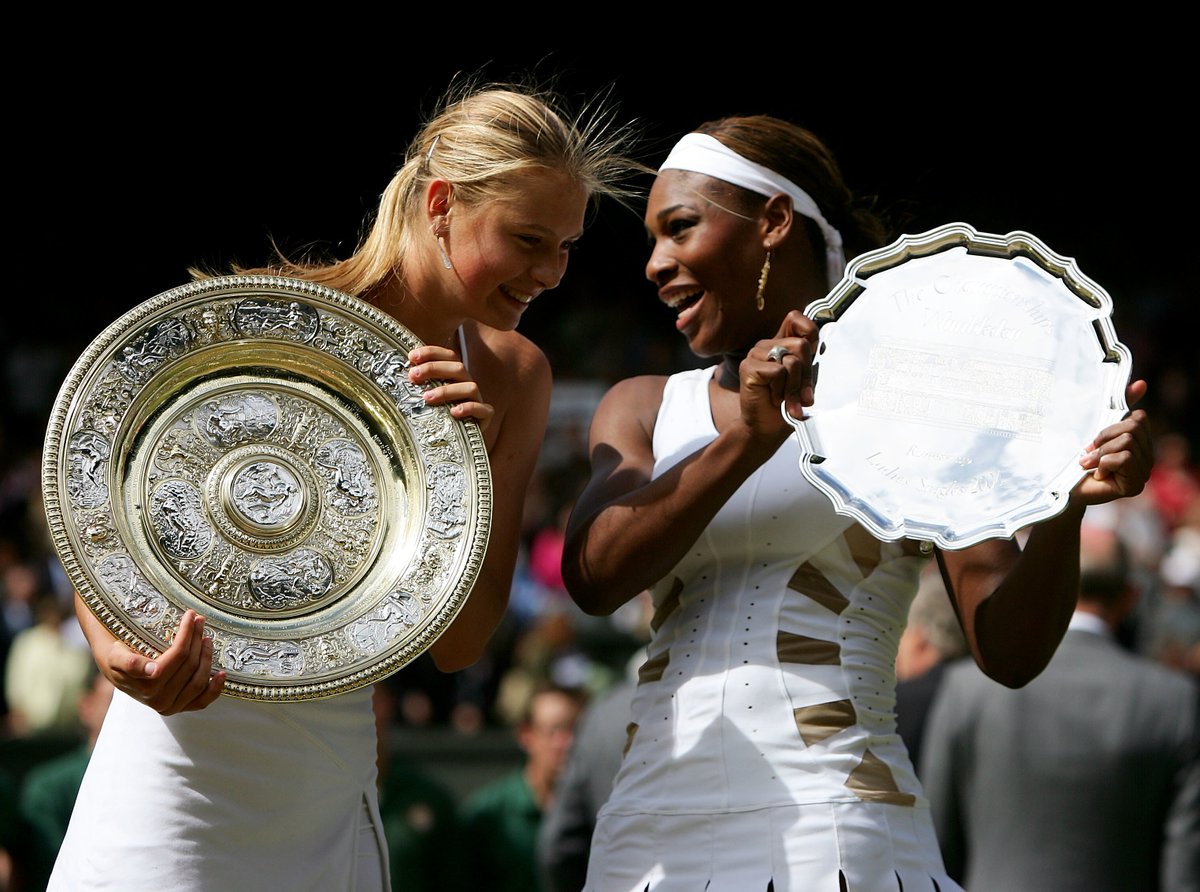

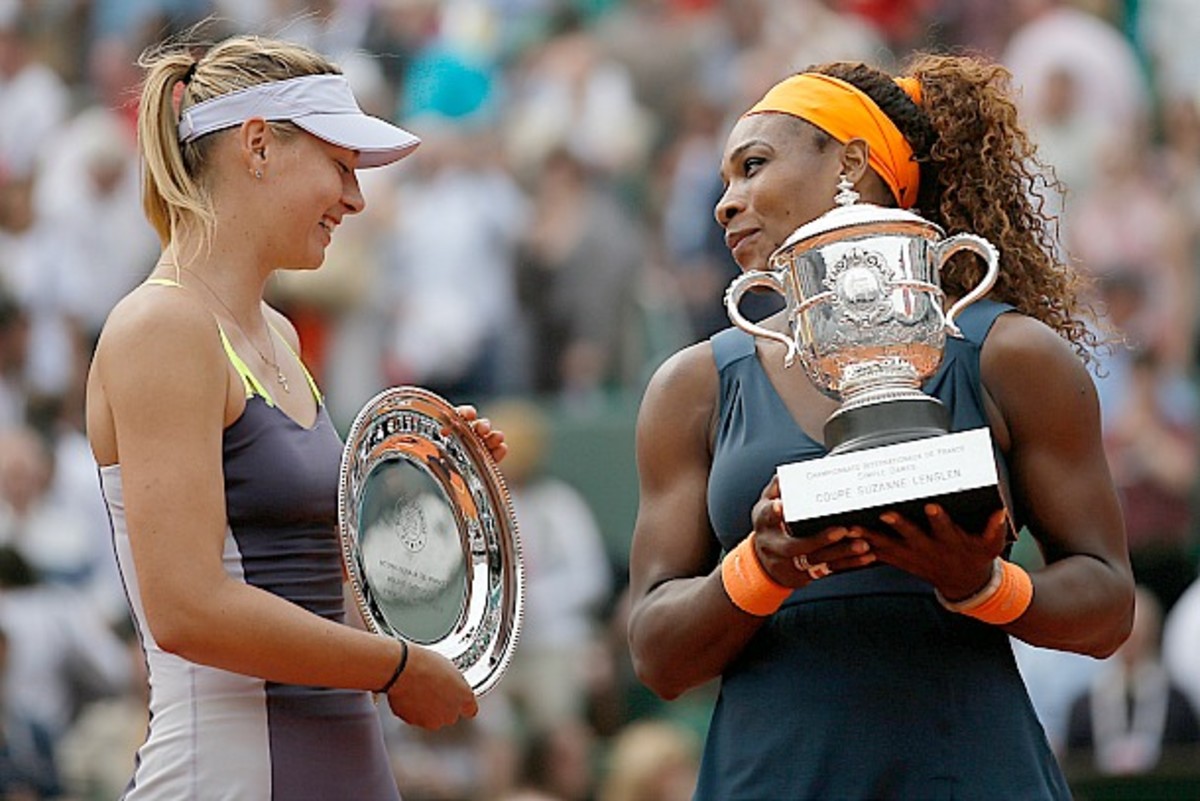
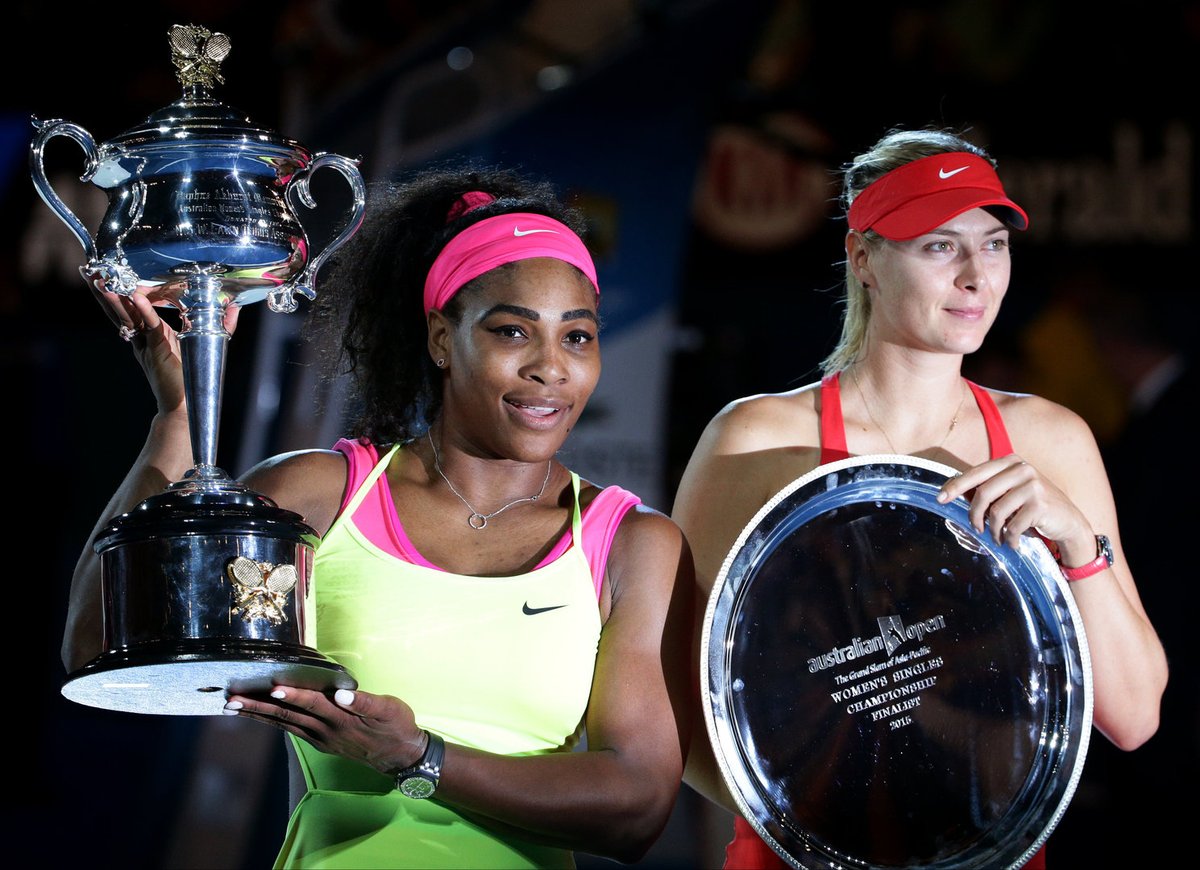


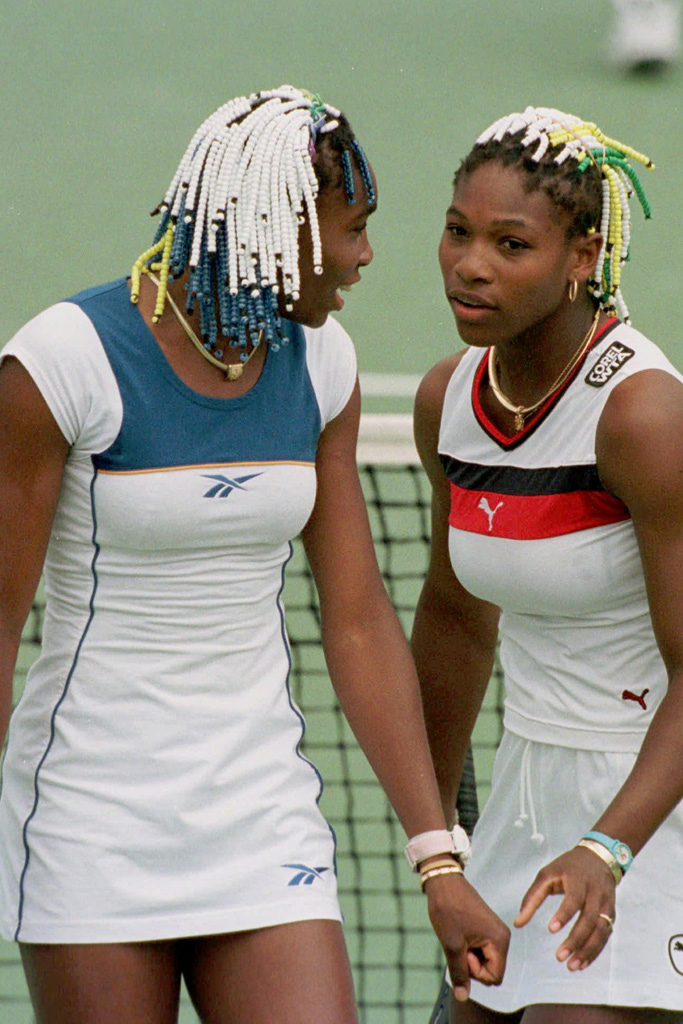
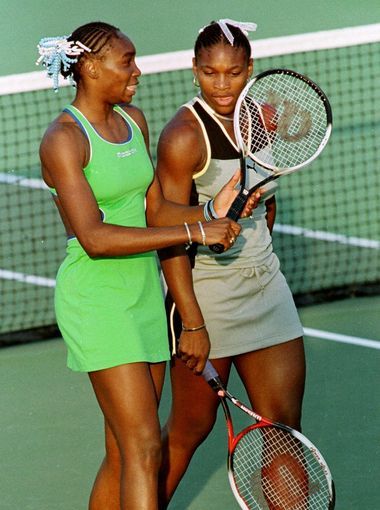
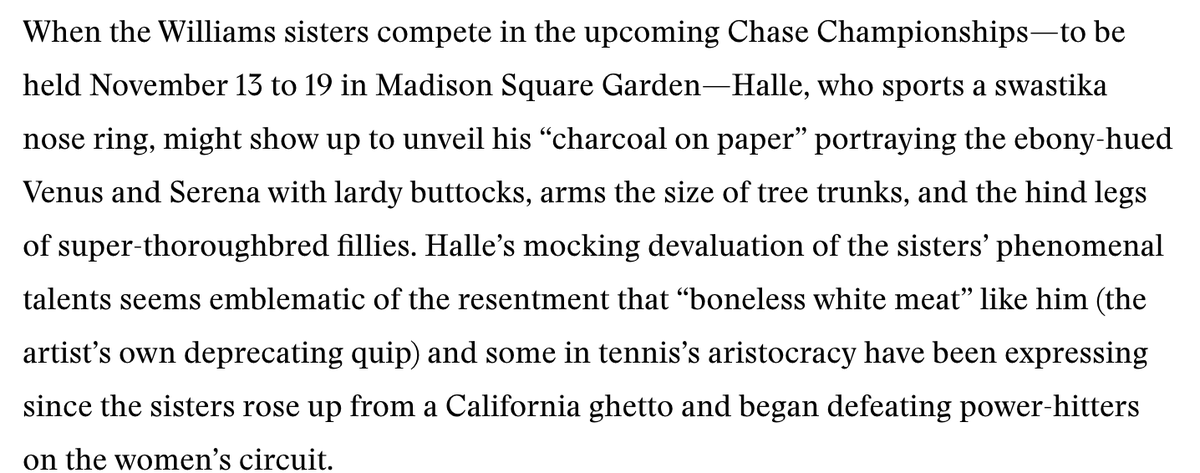



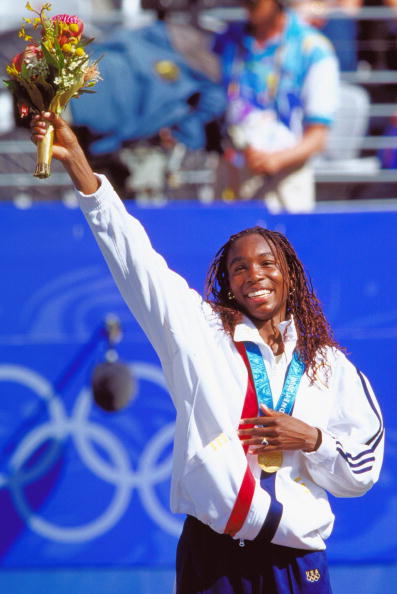
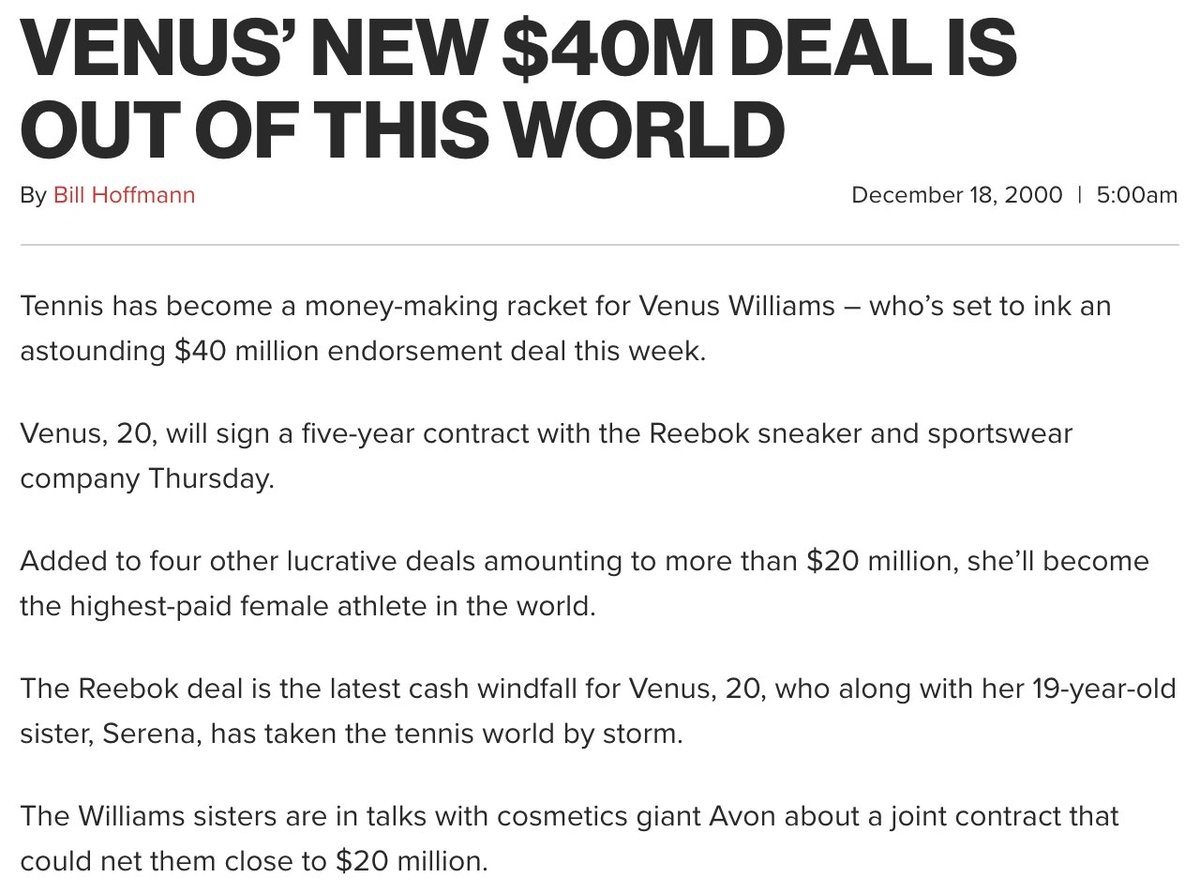
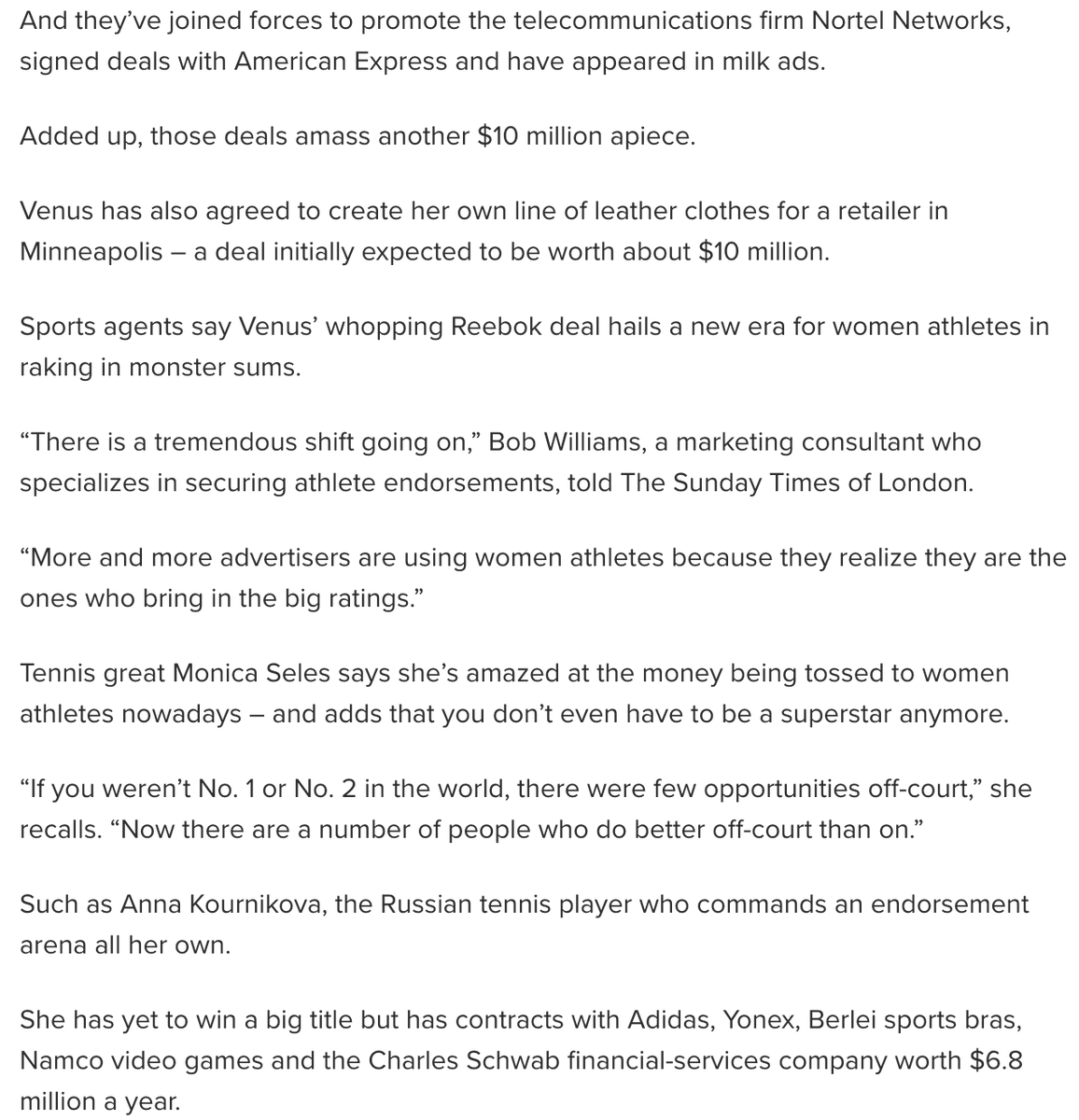
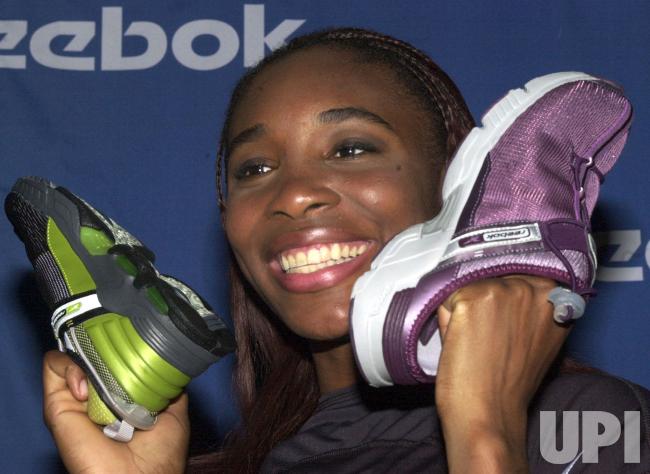

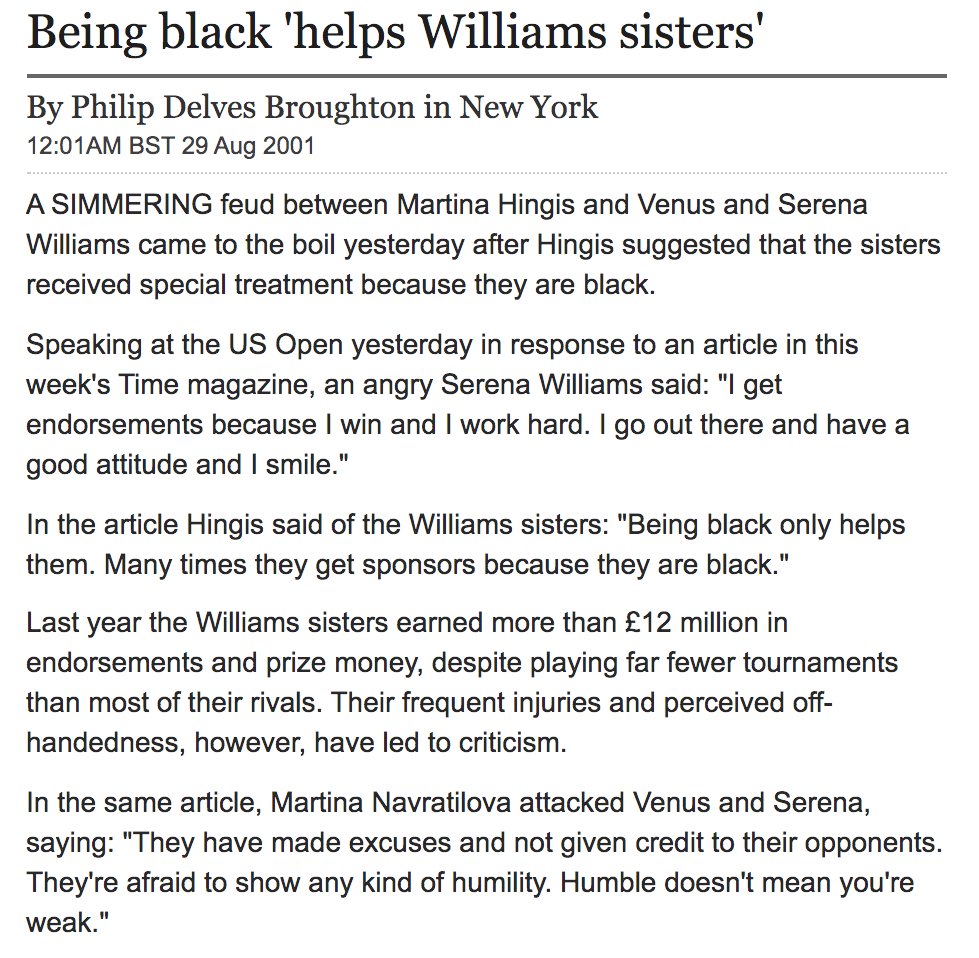
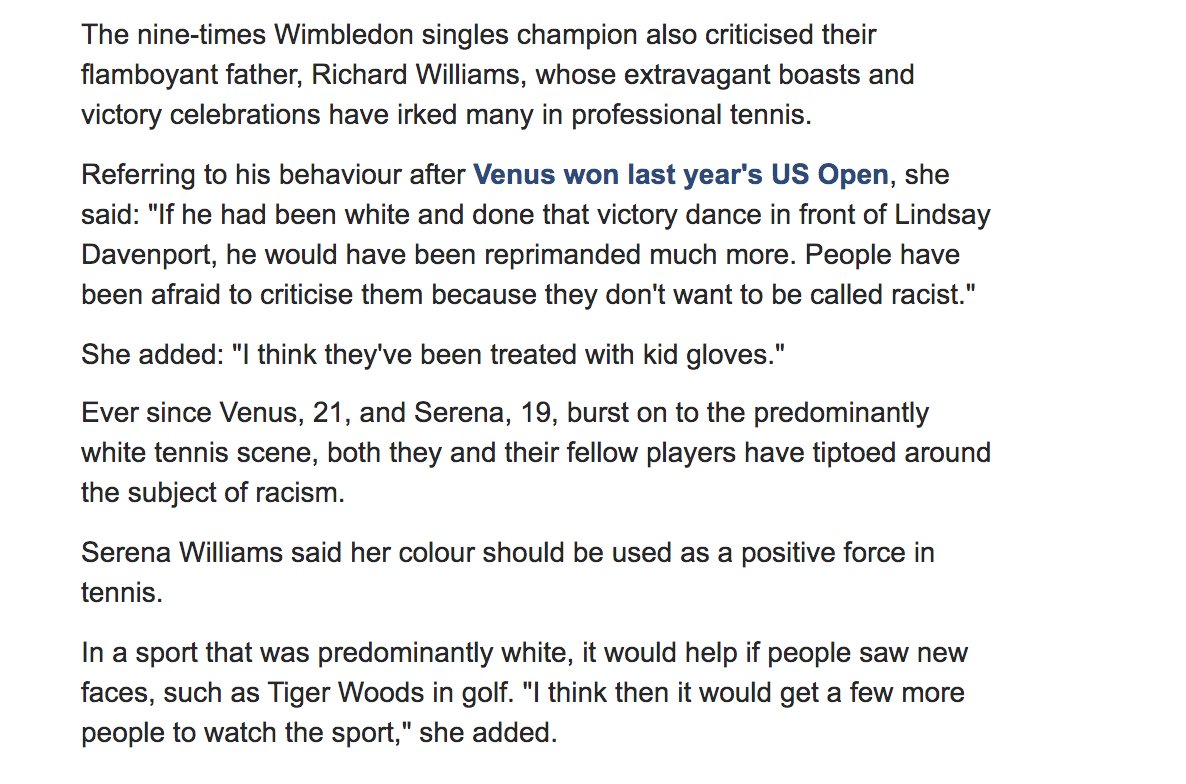
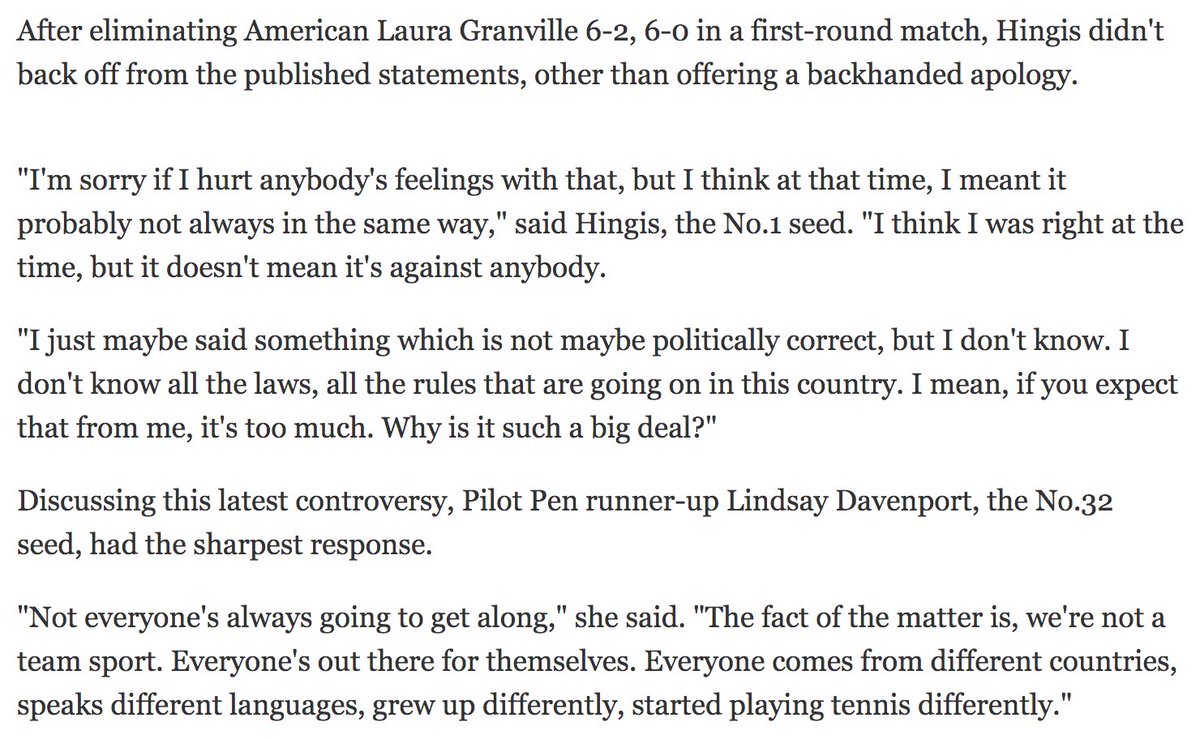

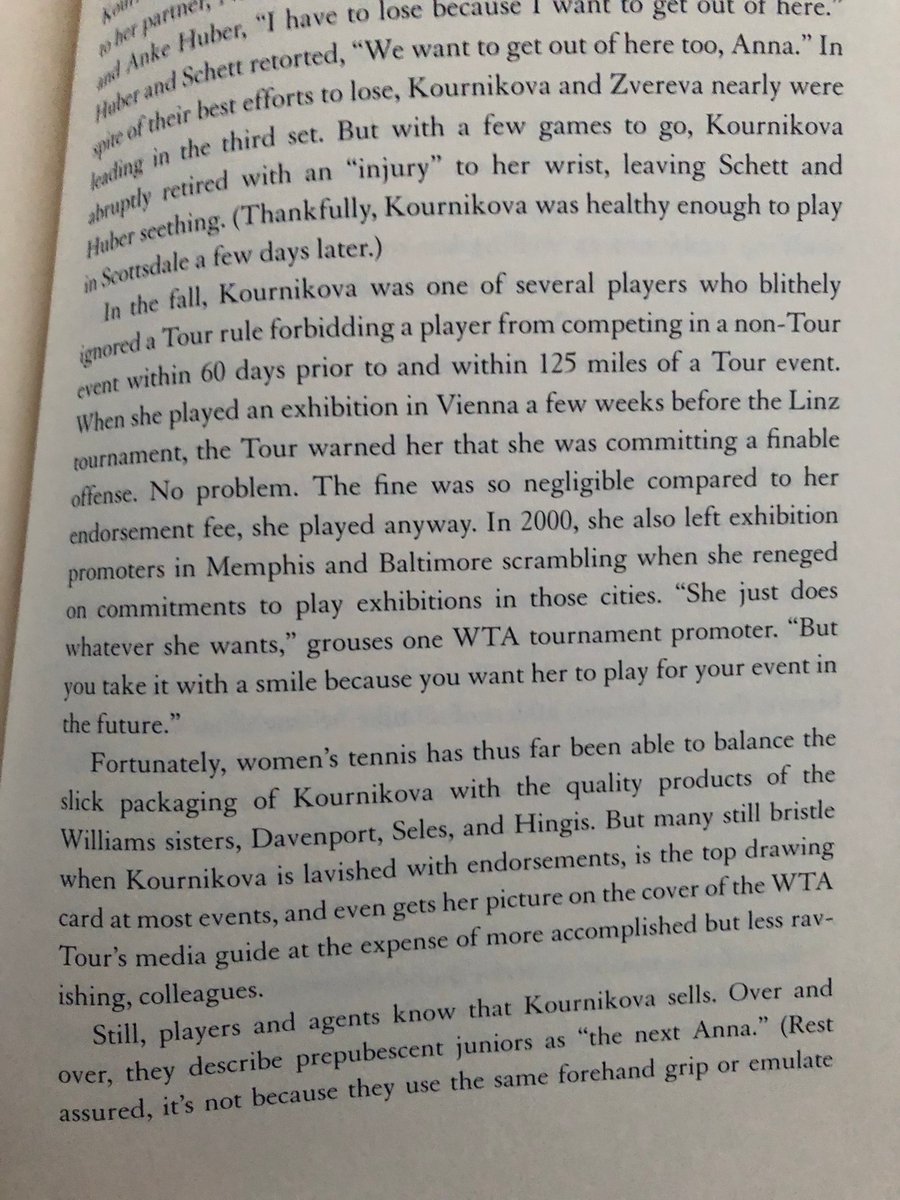


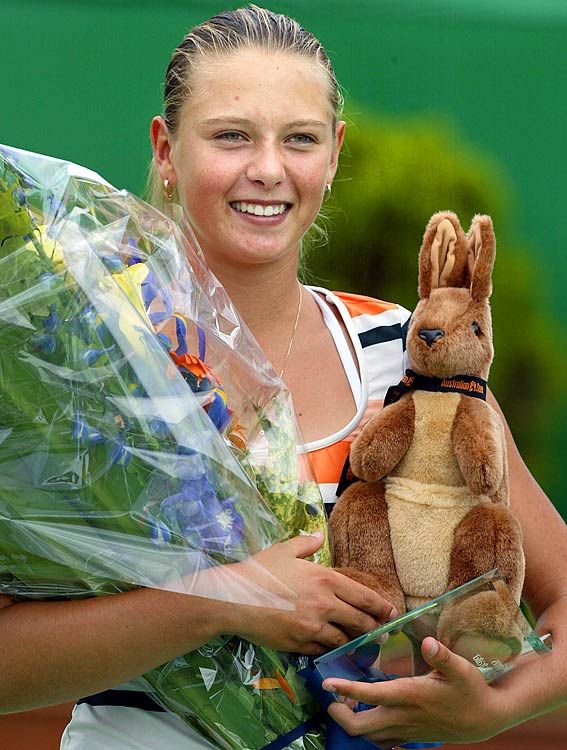
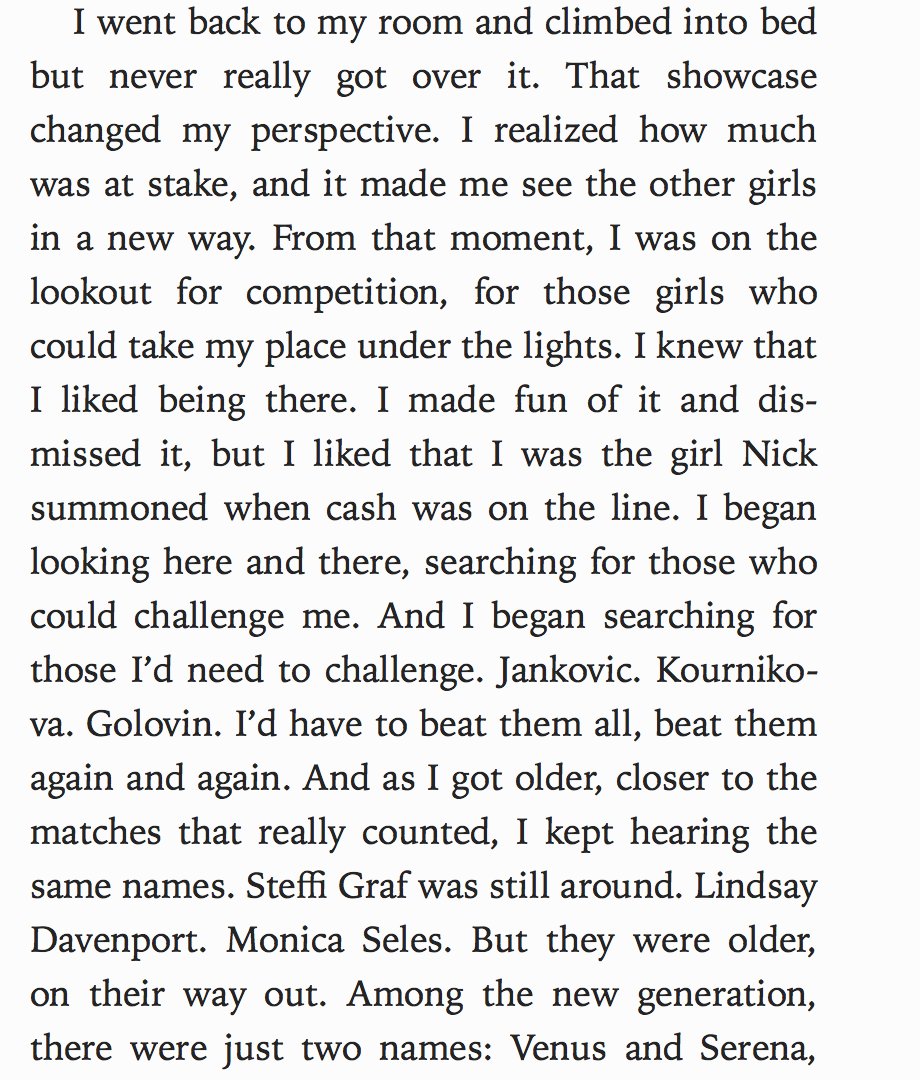
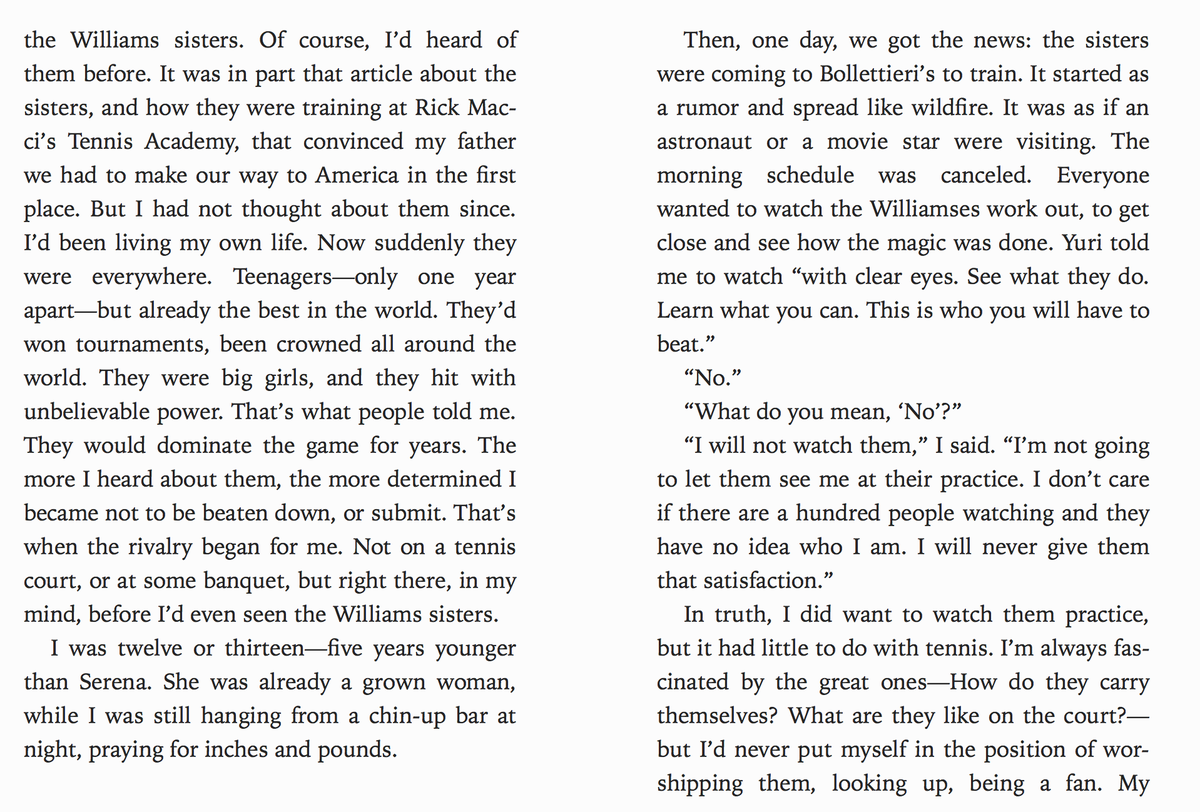
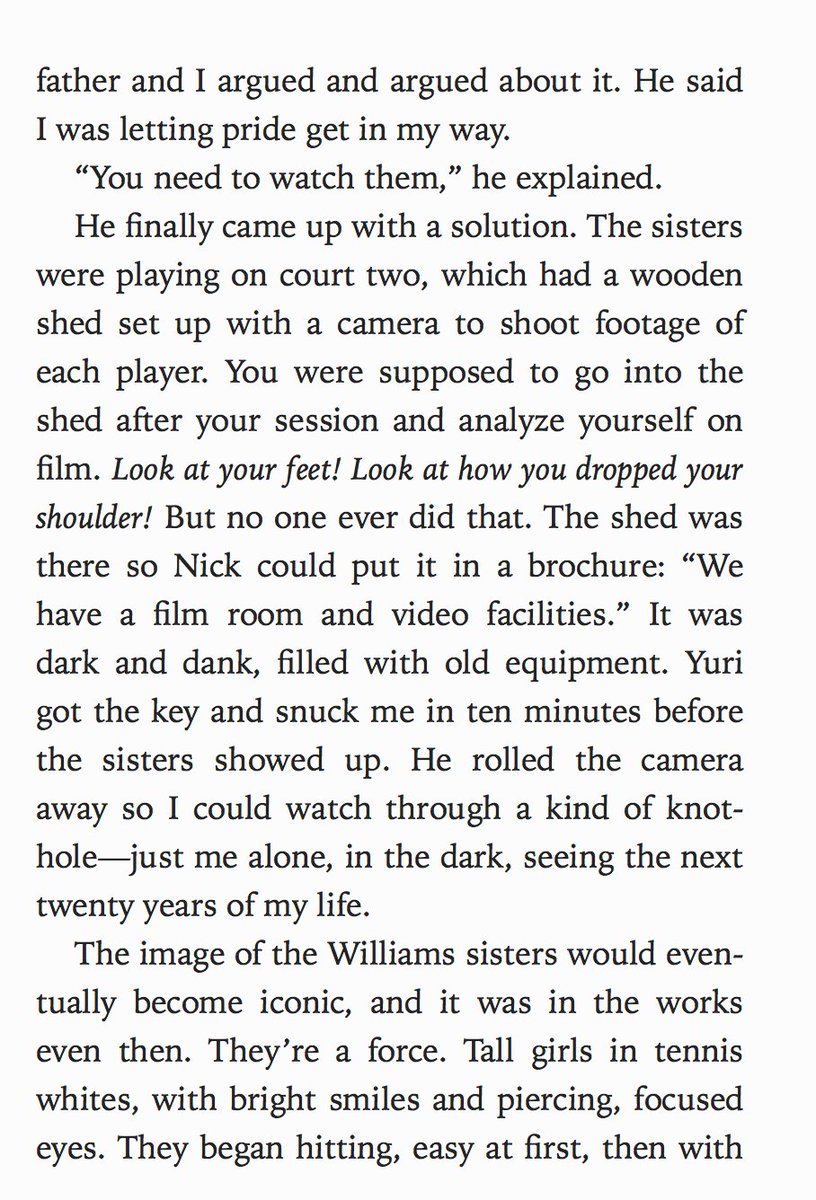
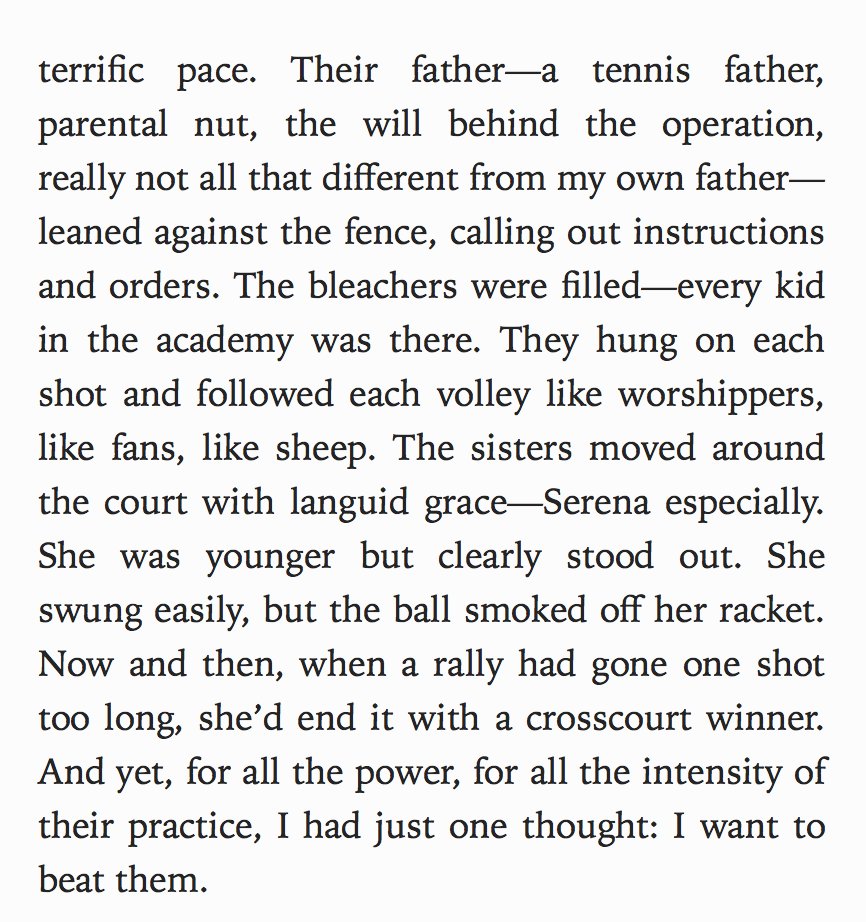

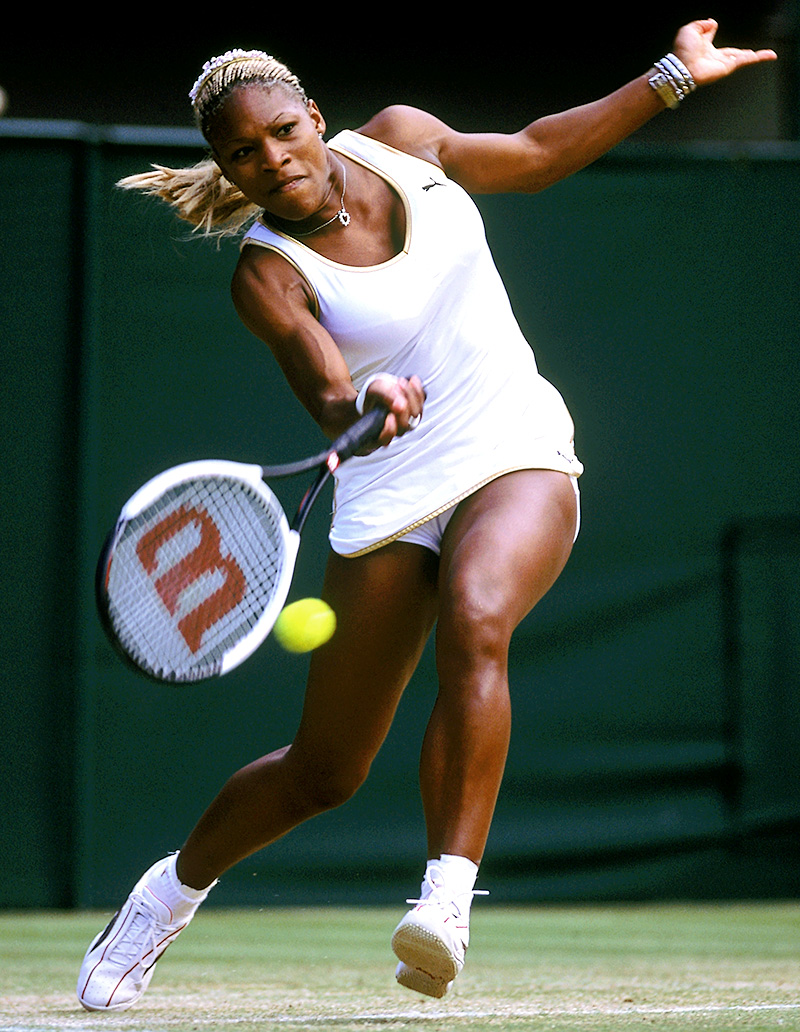


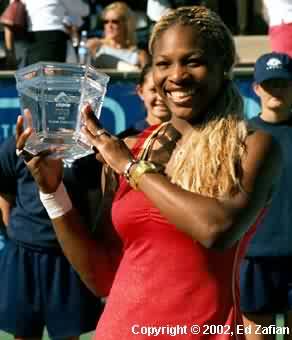
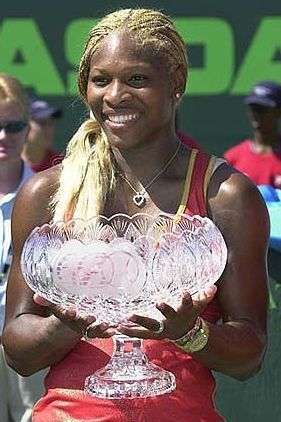

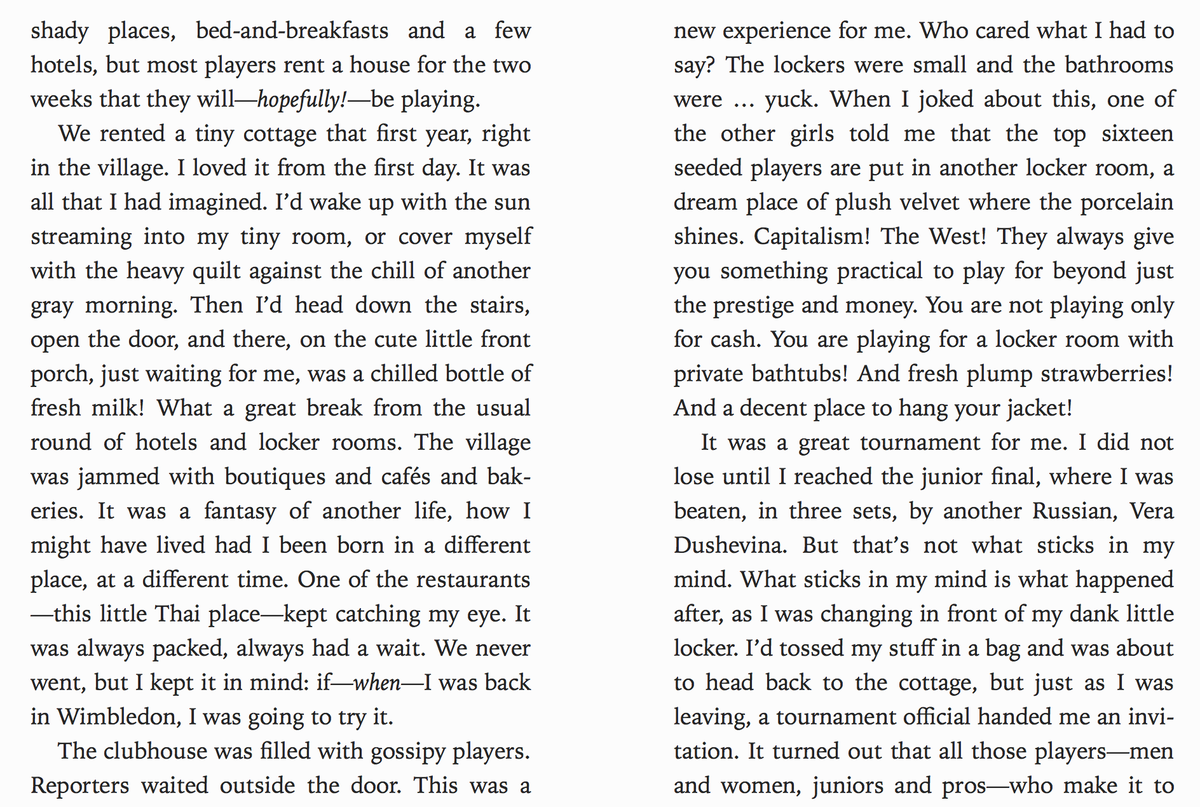

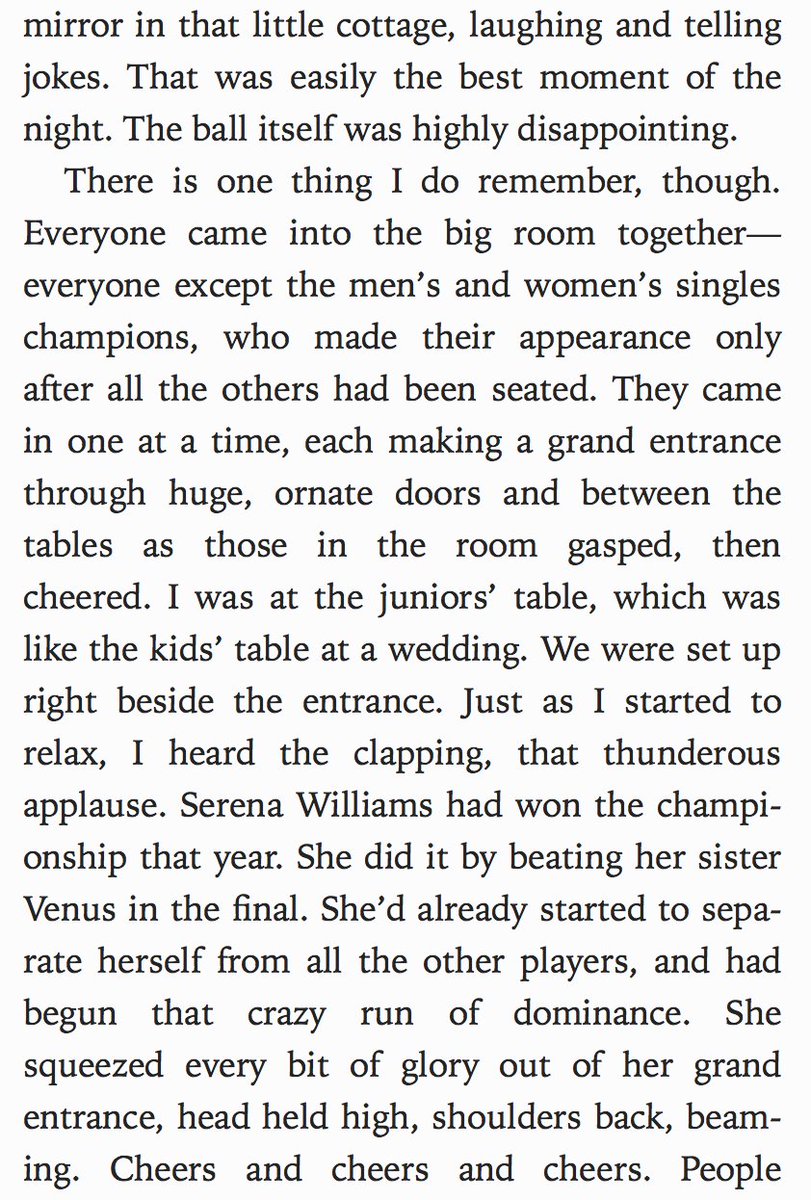


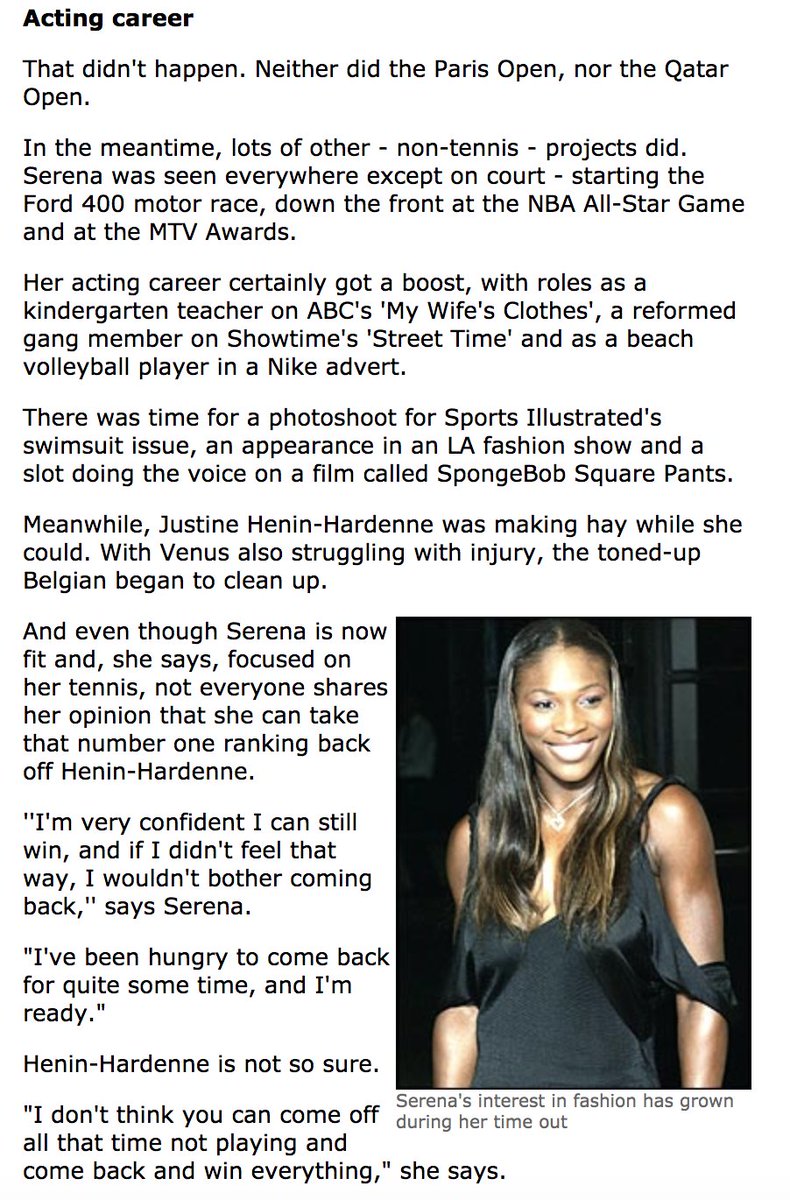
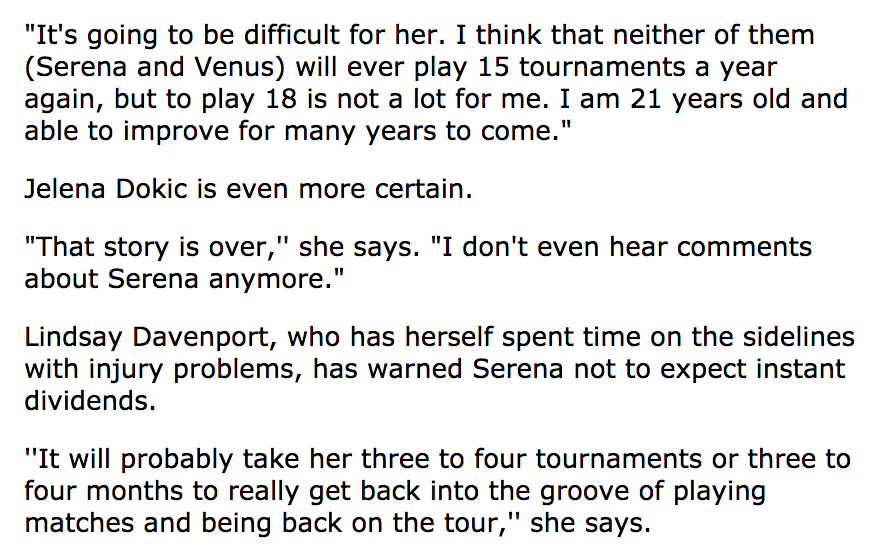
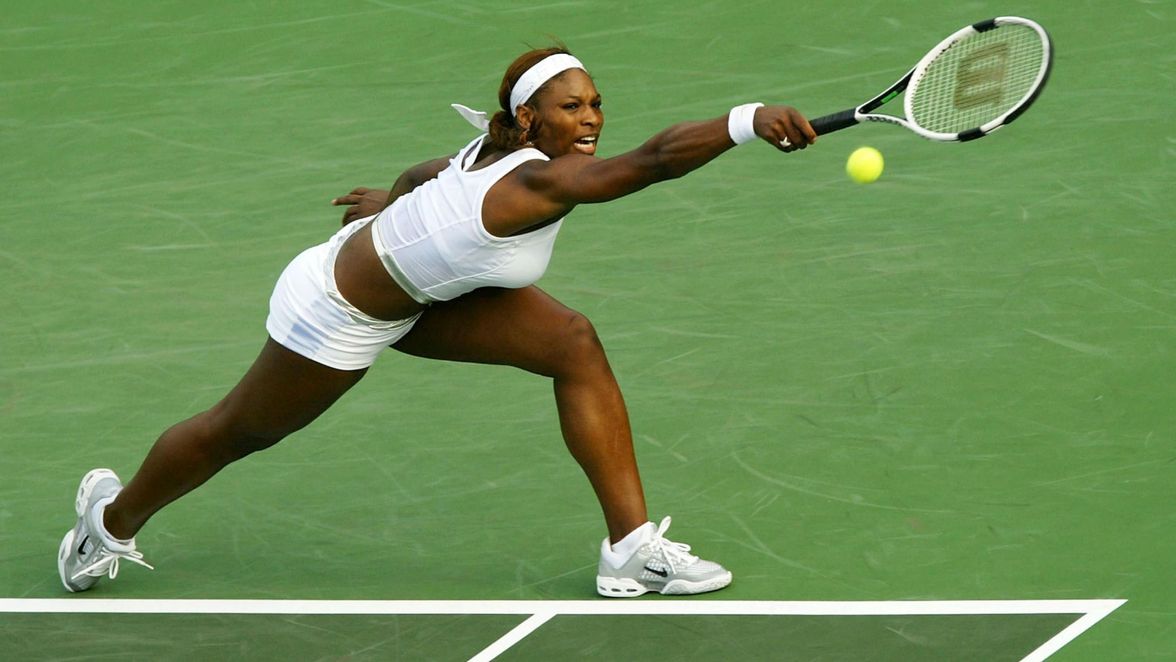
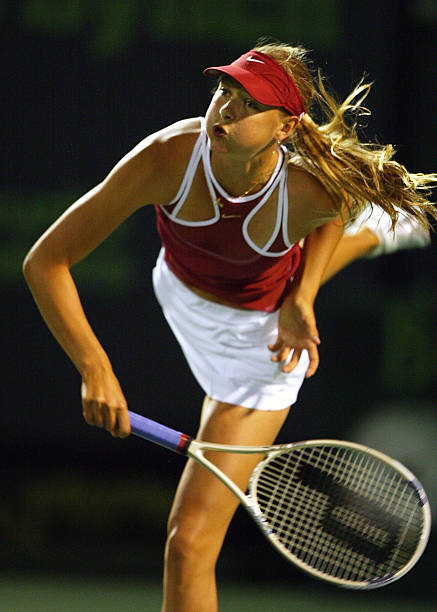
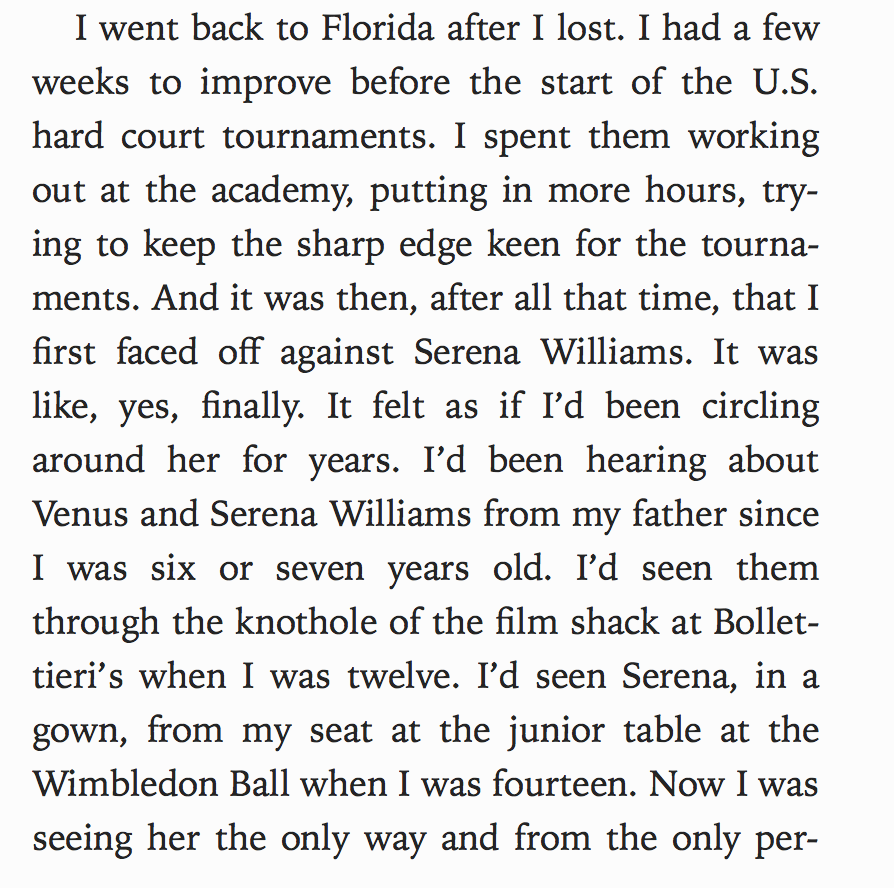
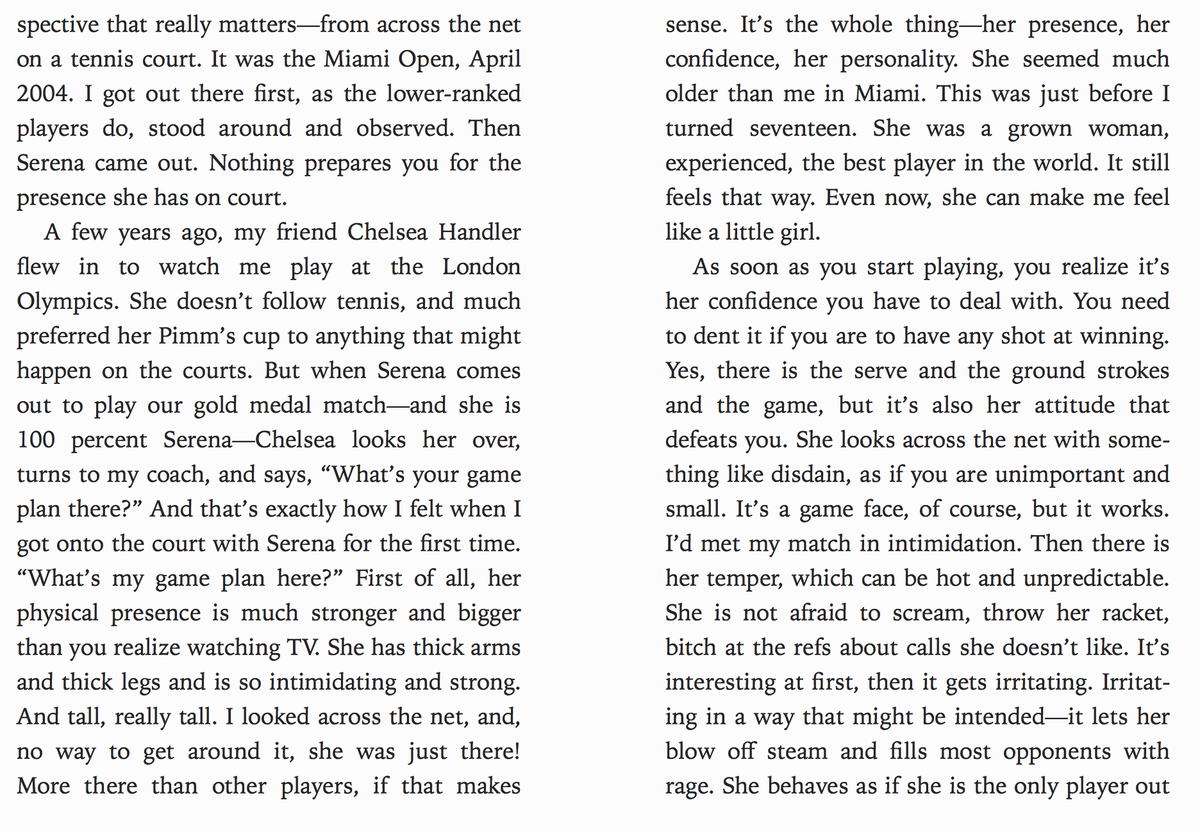
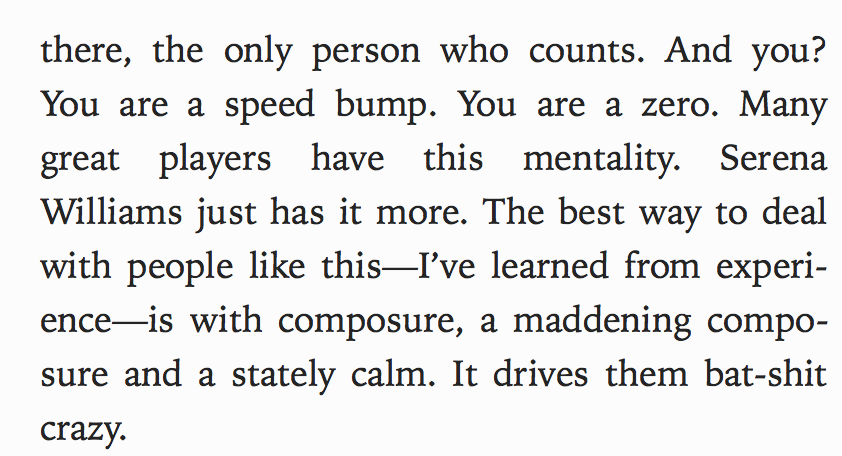
![It would be many months until the two faced each other again, this time in the Wimbledon final. Serena was looking to win the slam for the third consecutive time, and seemed poised to, after beating Amelie Mauresmo in the semifinal 6-7 [4-7], 7-5, 6-4. It would be many months until the two faced each other again, this time in the Wimbledon final. Serena was looking to win the slam for the third consecutive time, and seemed poised to, after beating Amelie Mauresmo in the semifinal 6-7 [4-7], 7-5, 6-4.](https://pbs.twimg.com/media/ER9QZGMXUAEKLJT.jpg)
